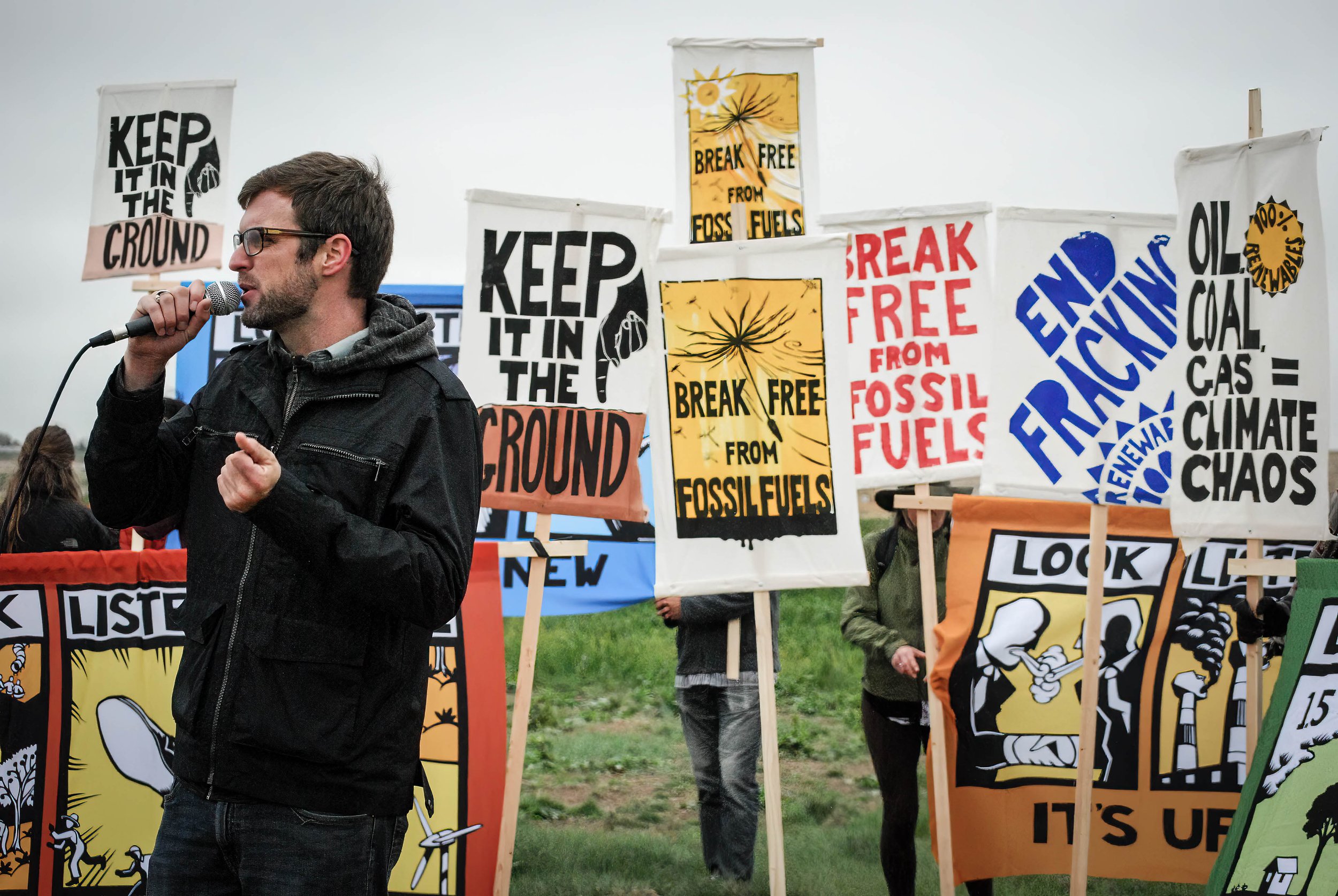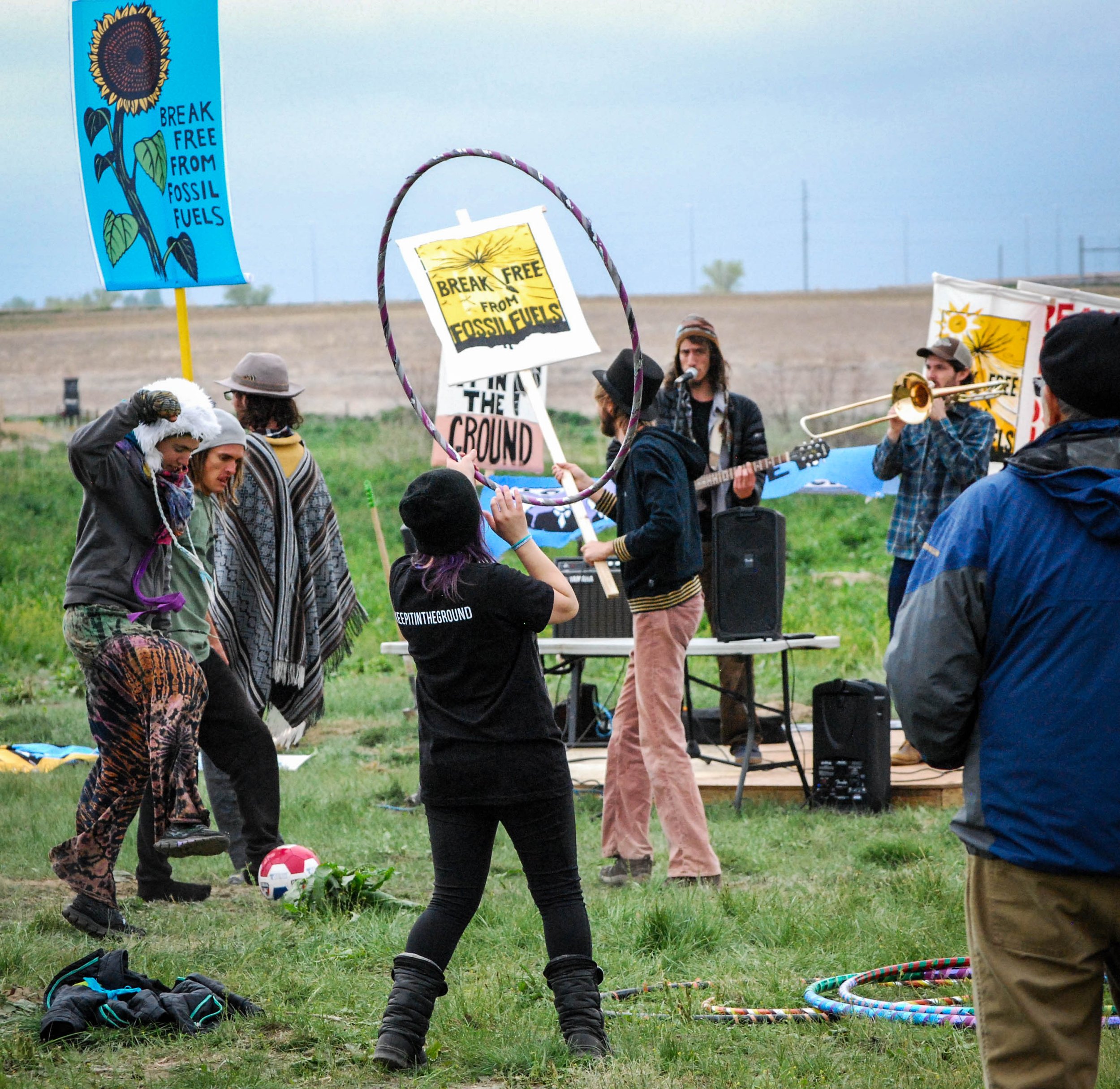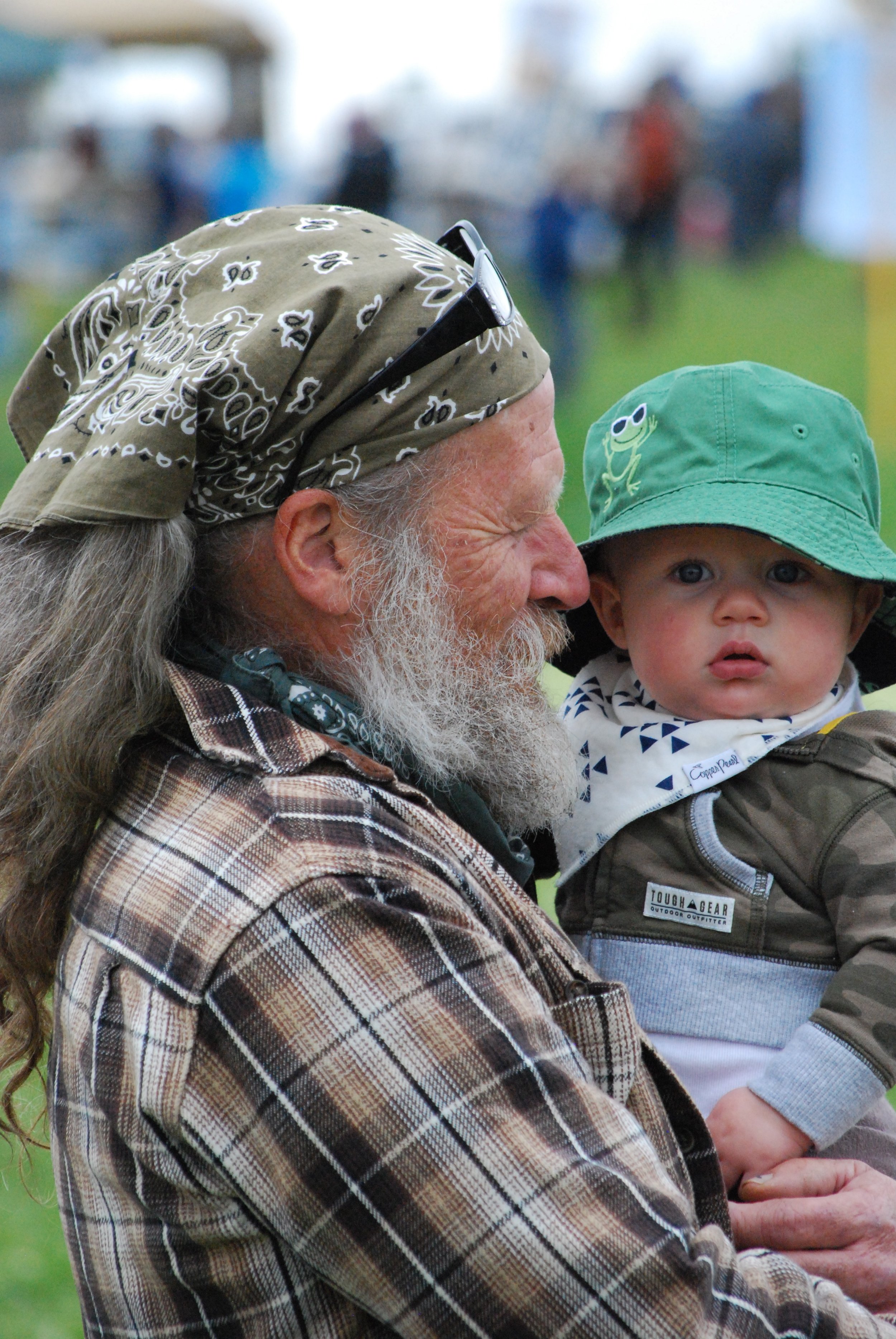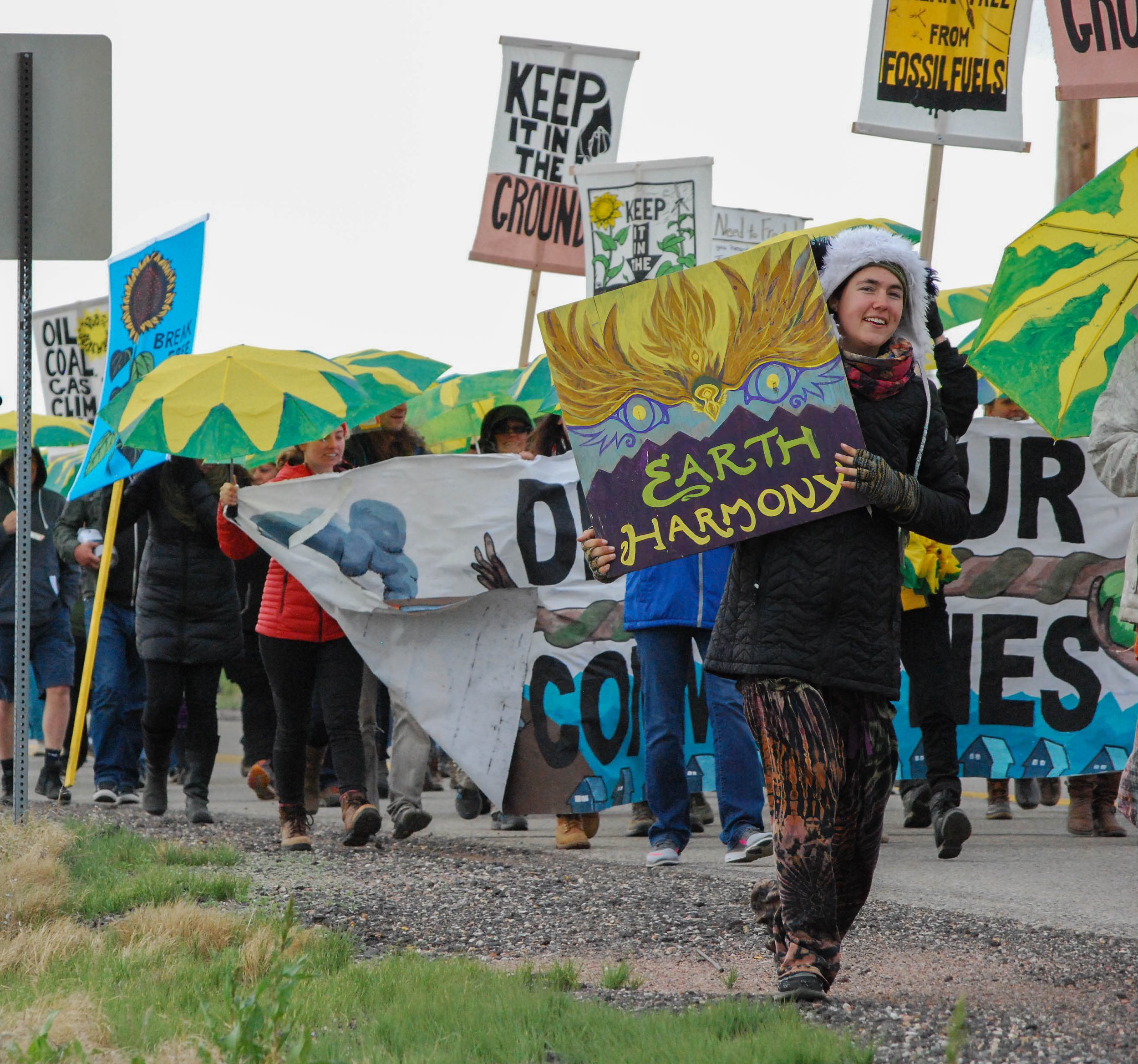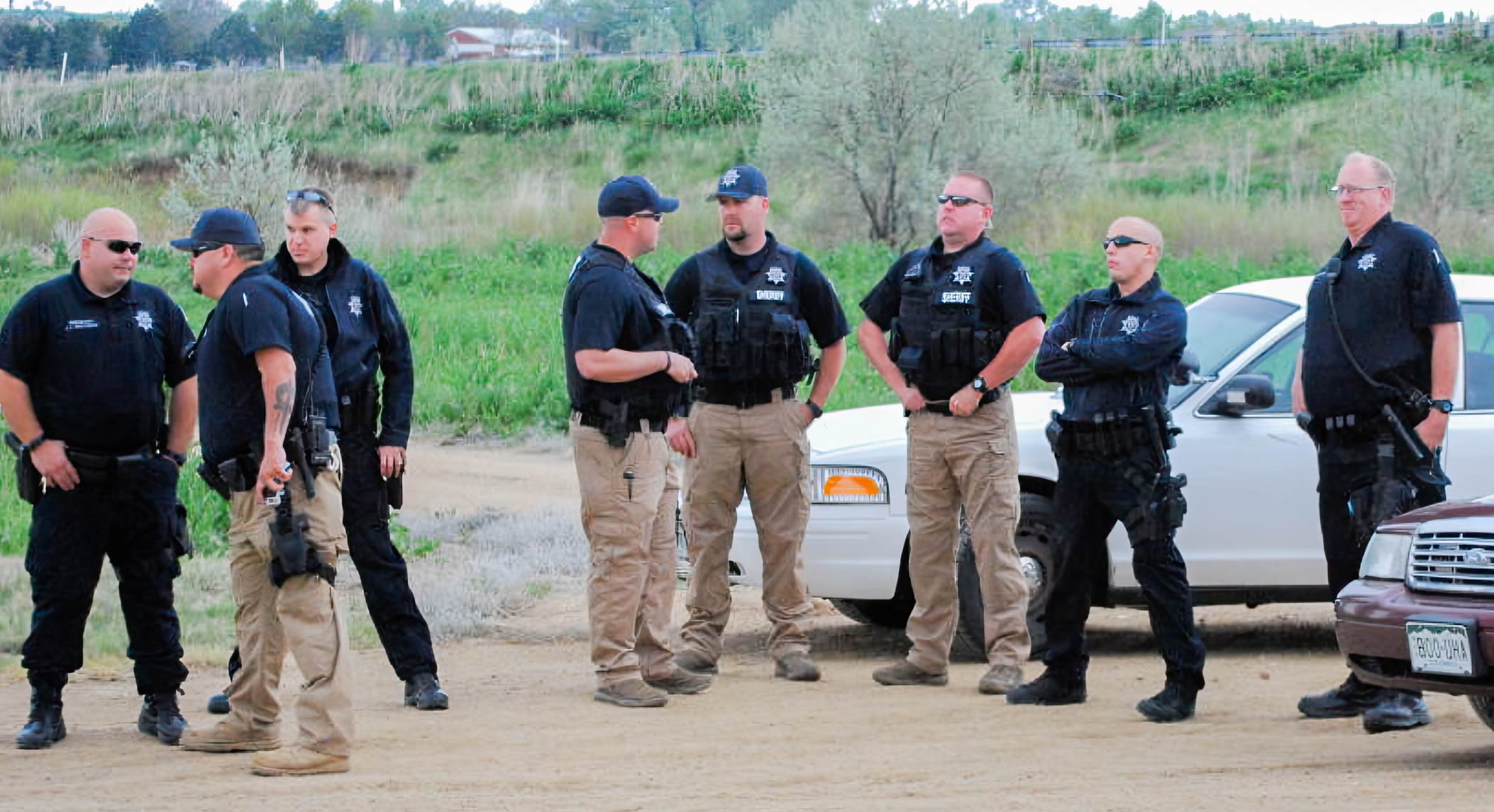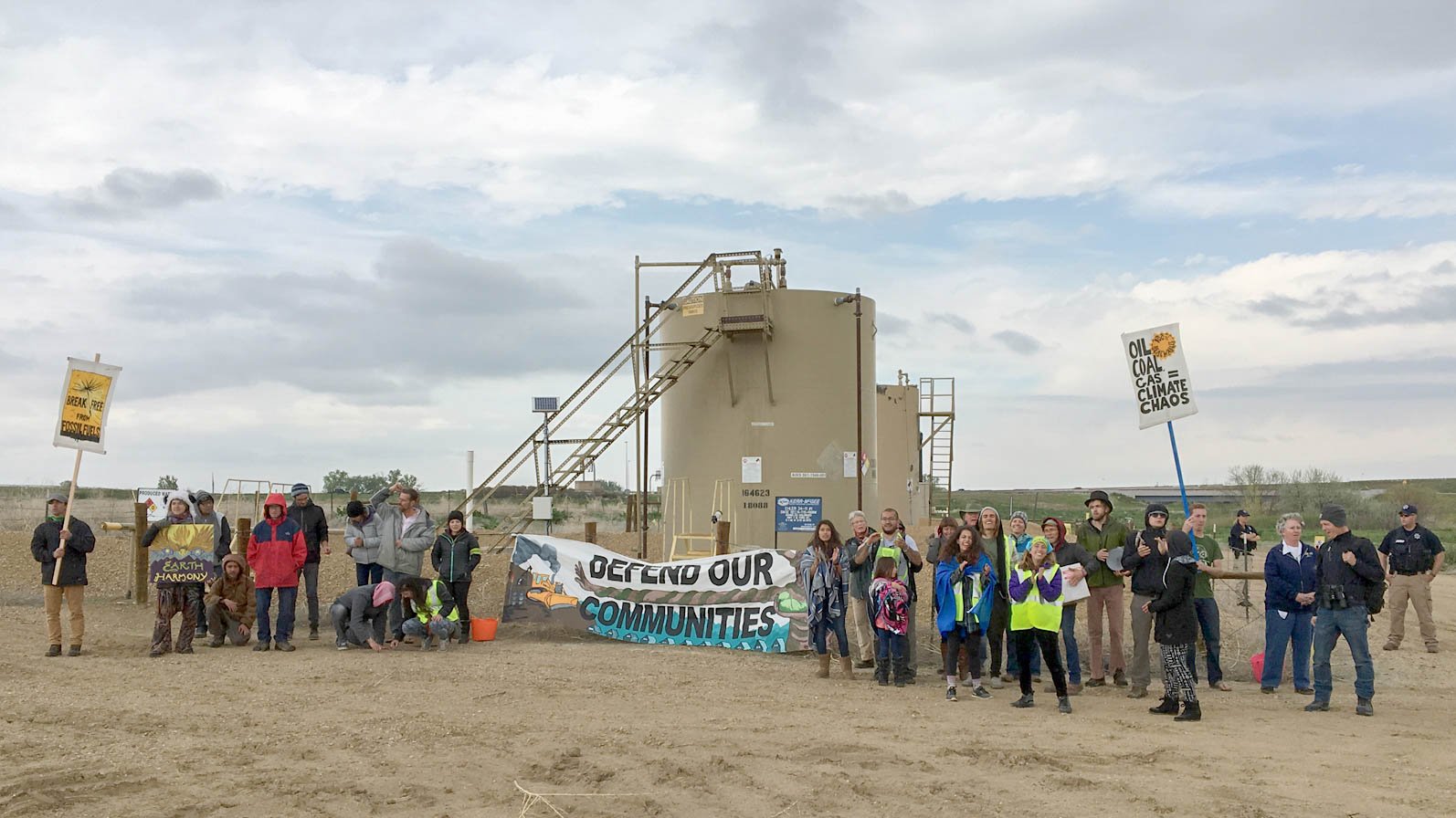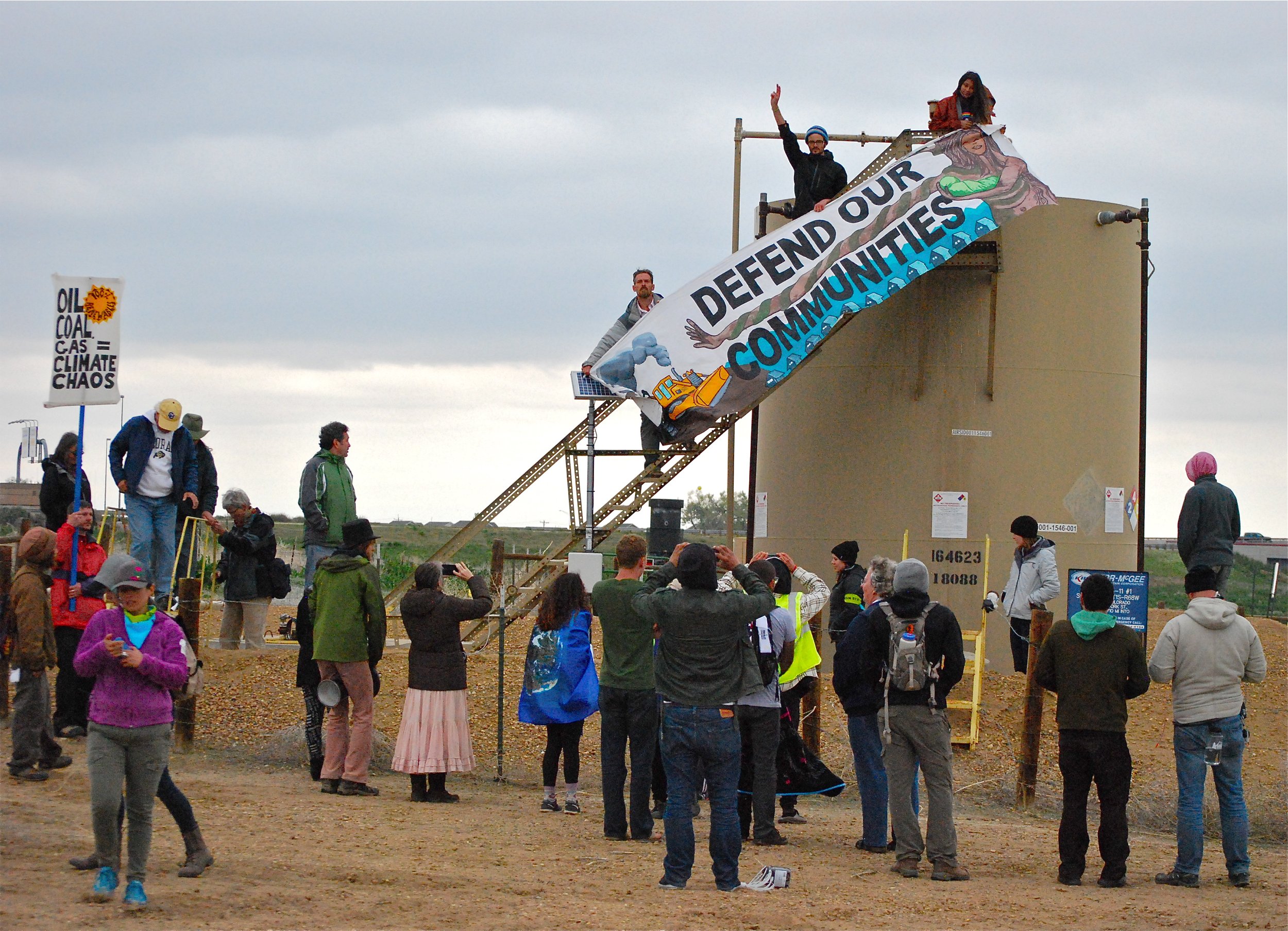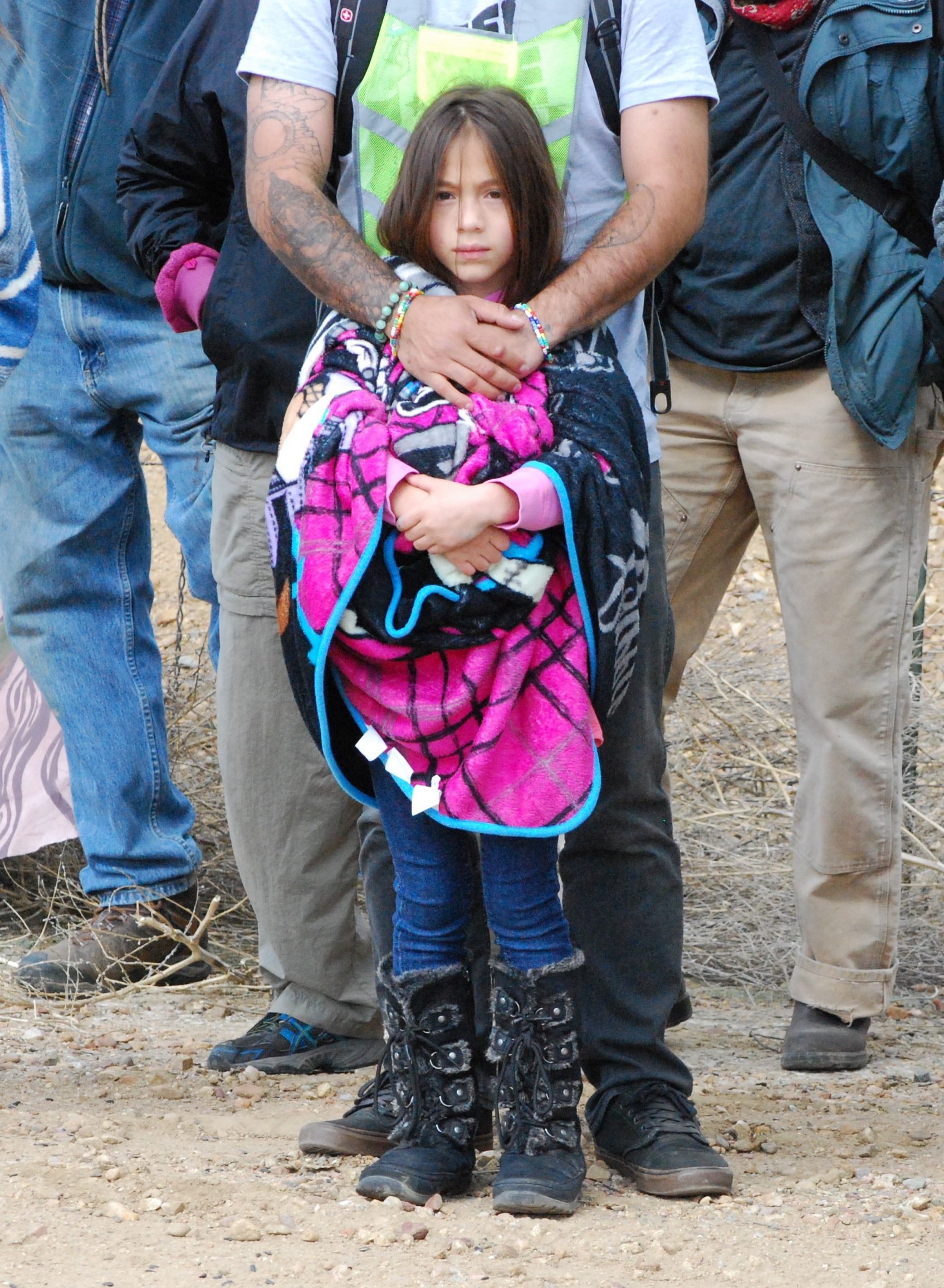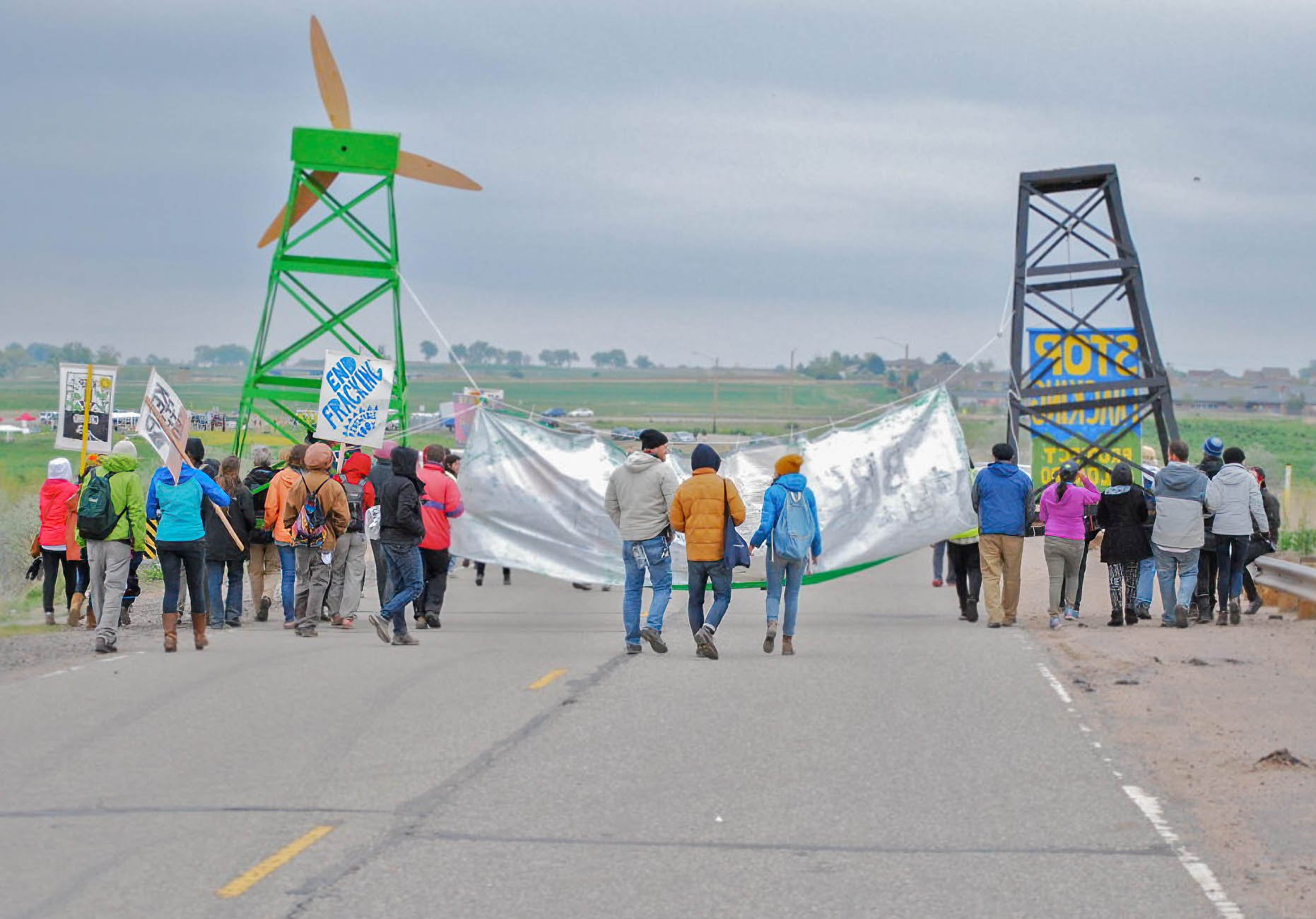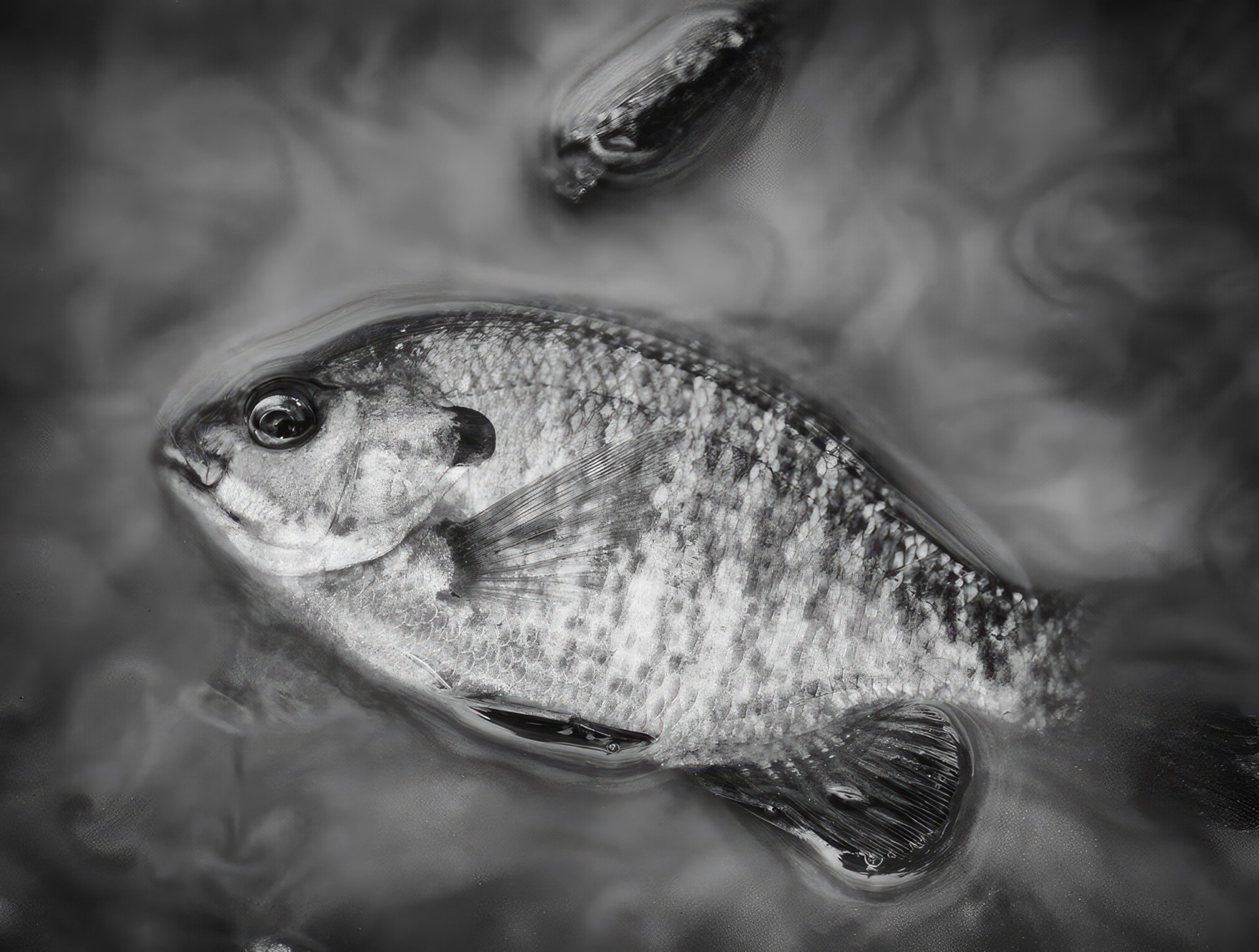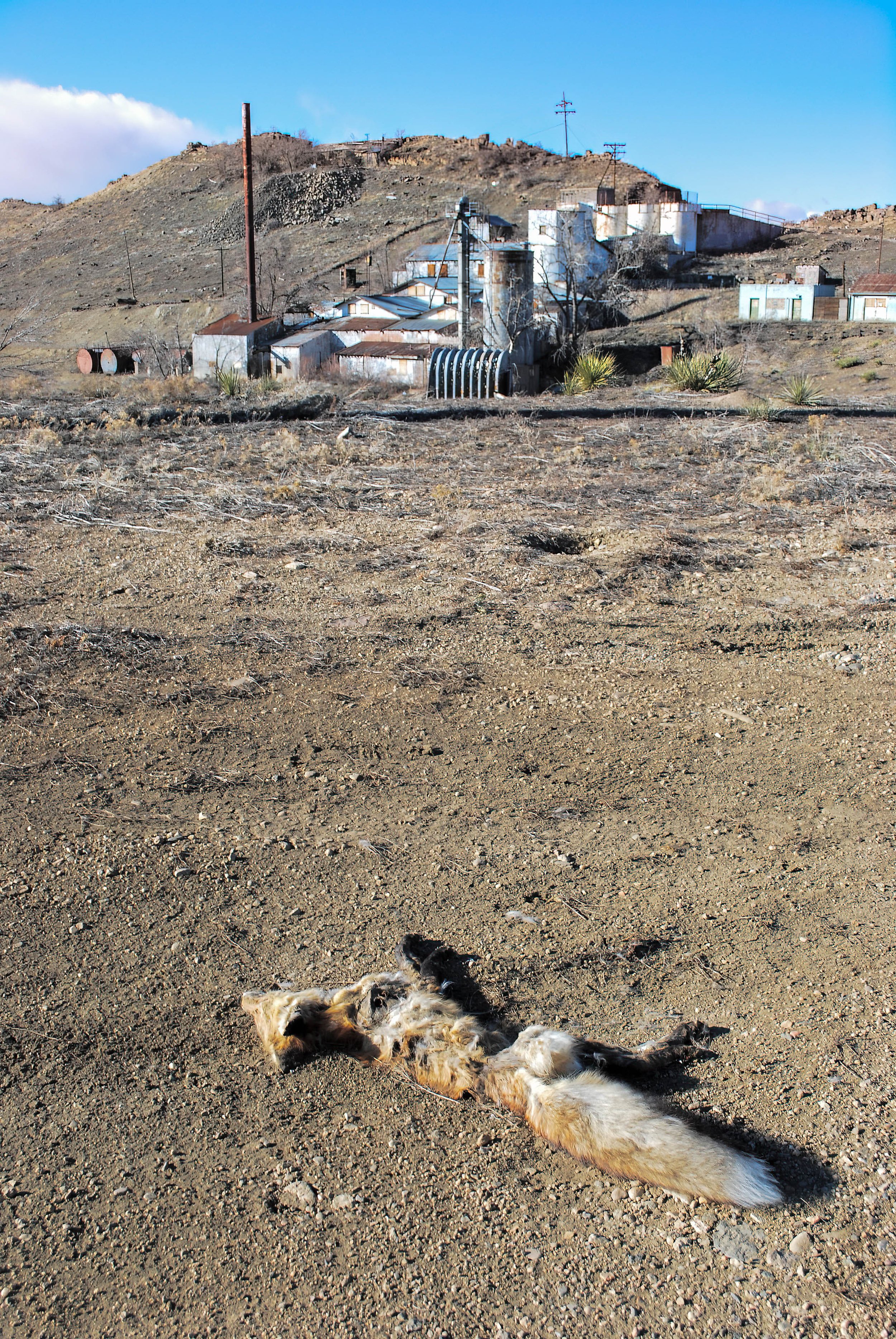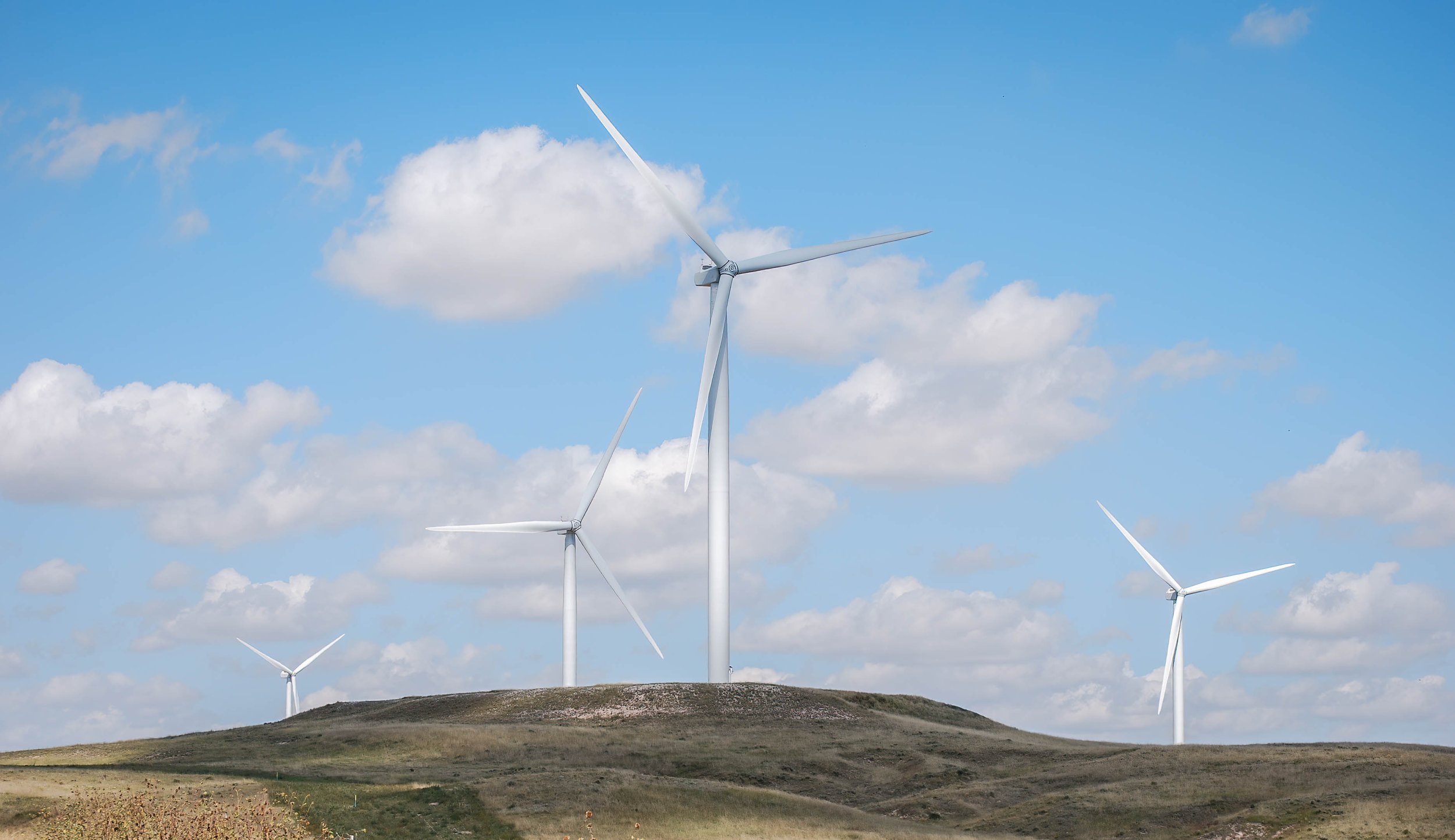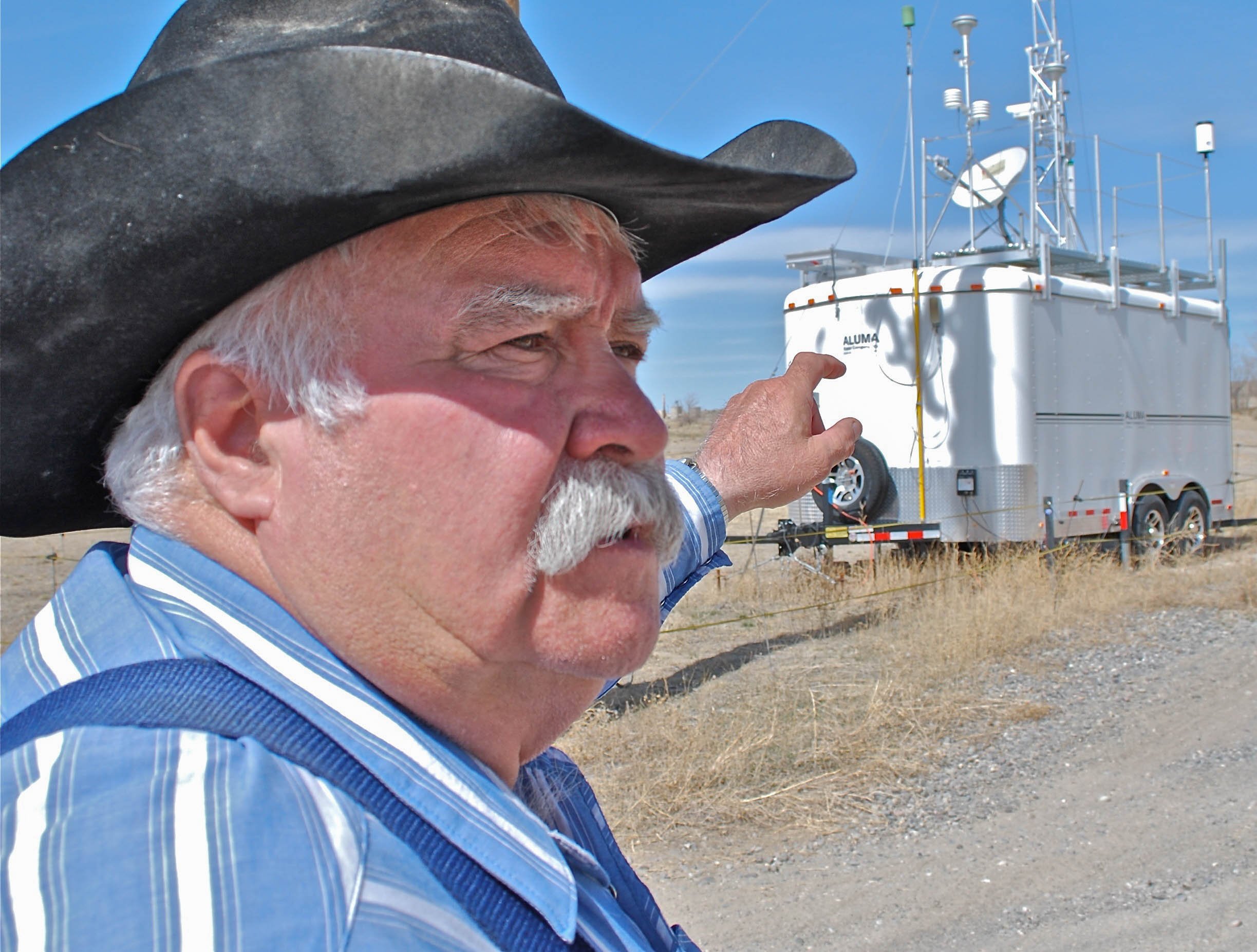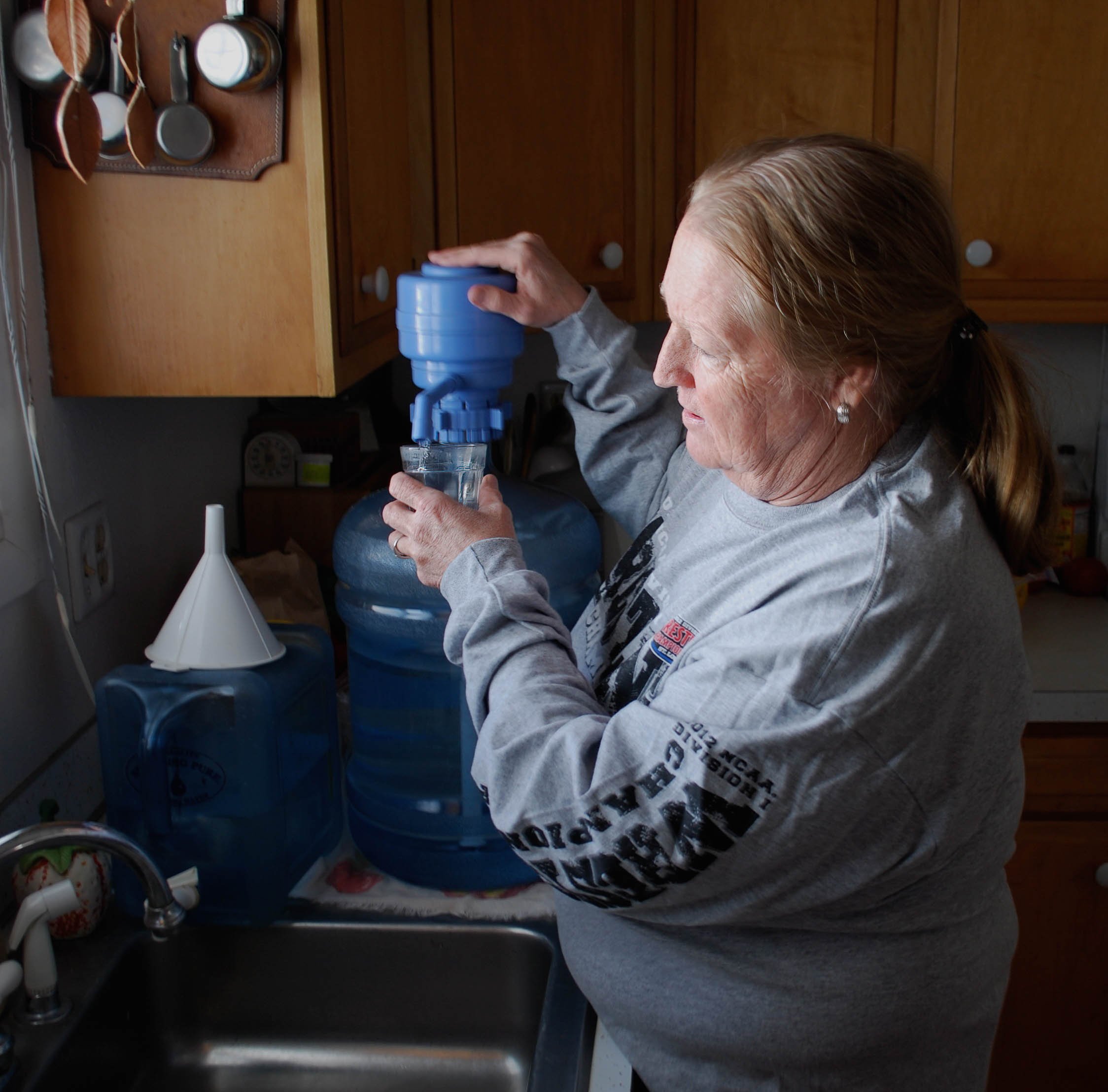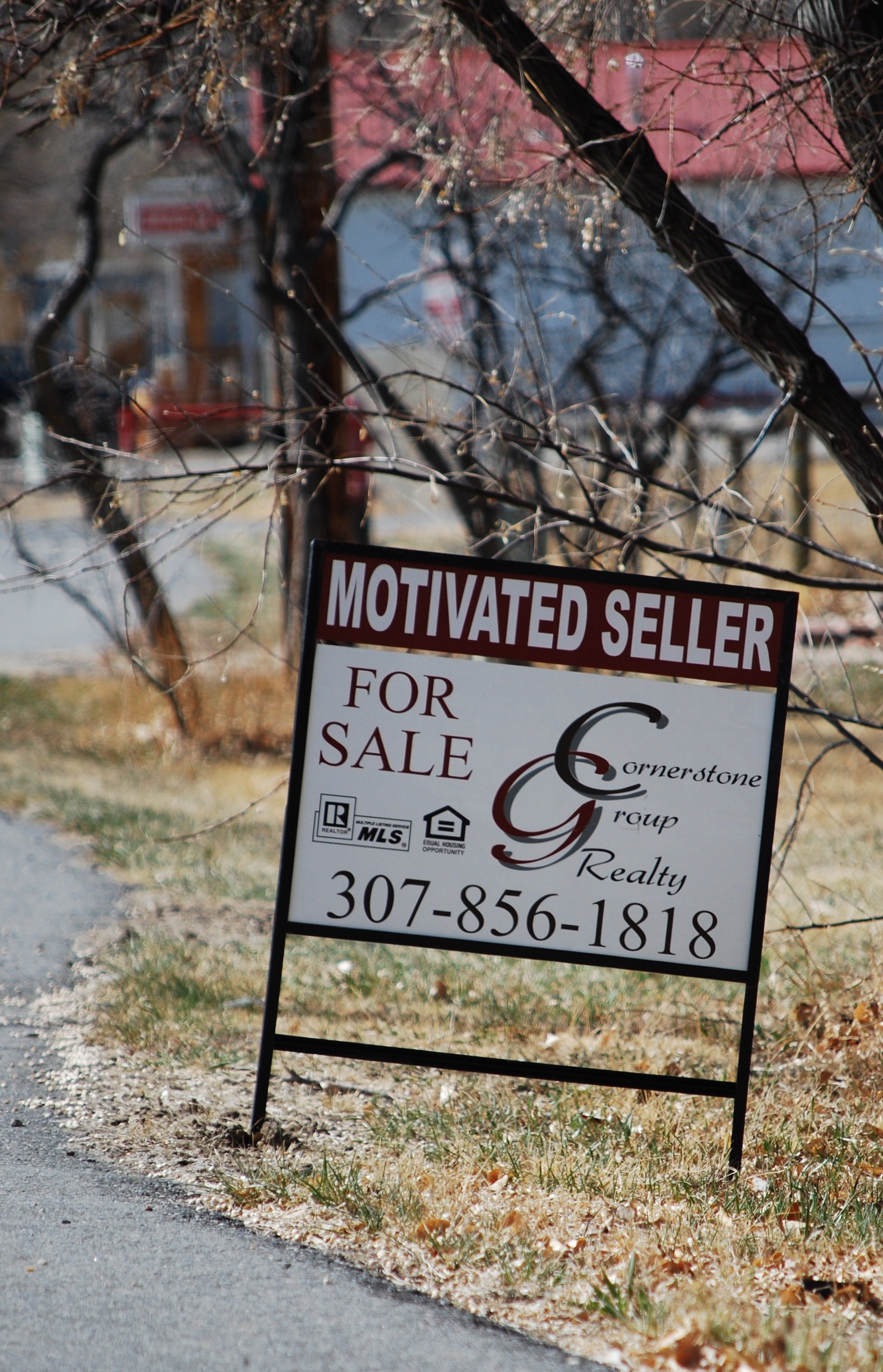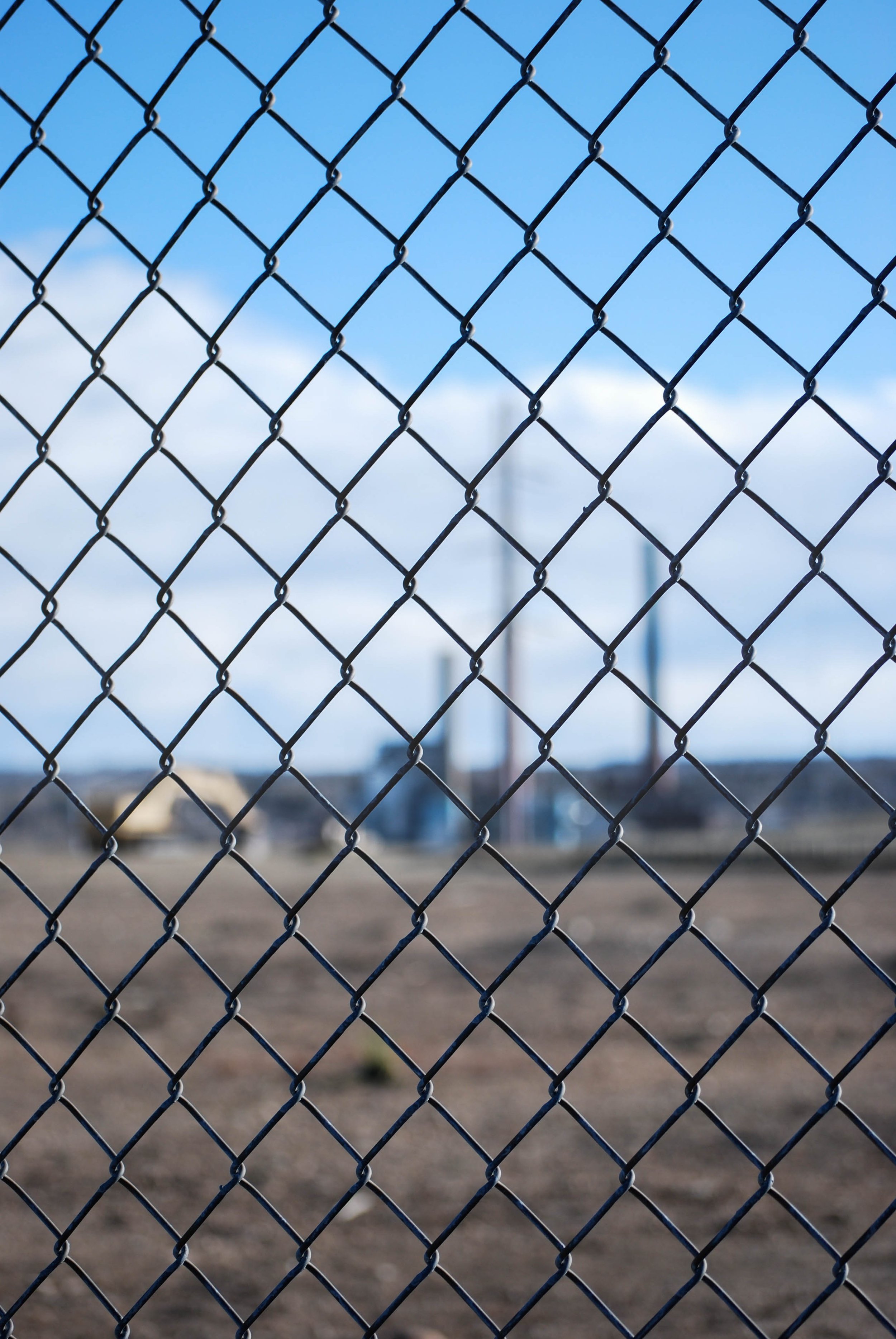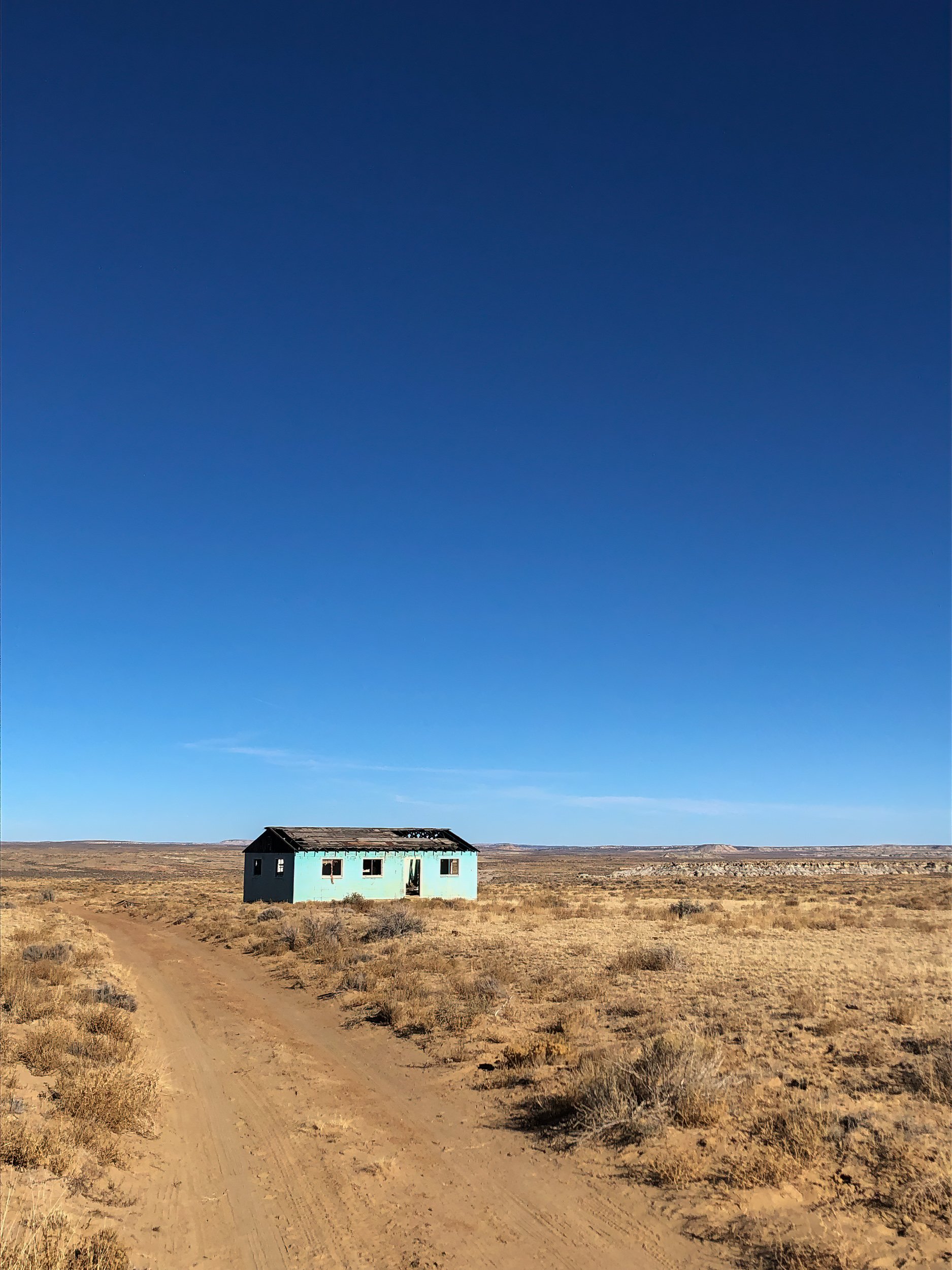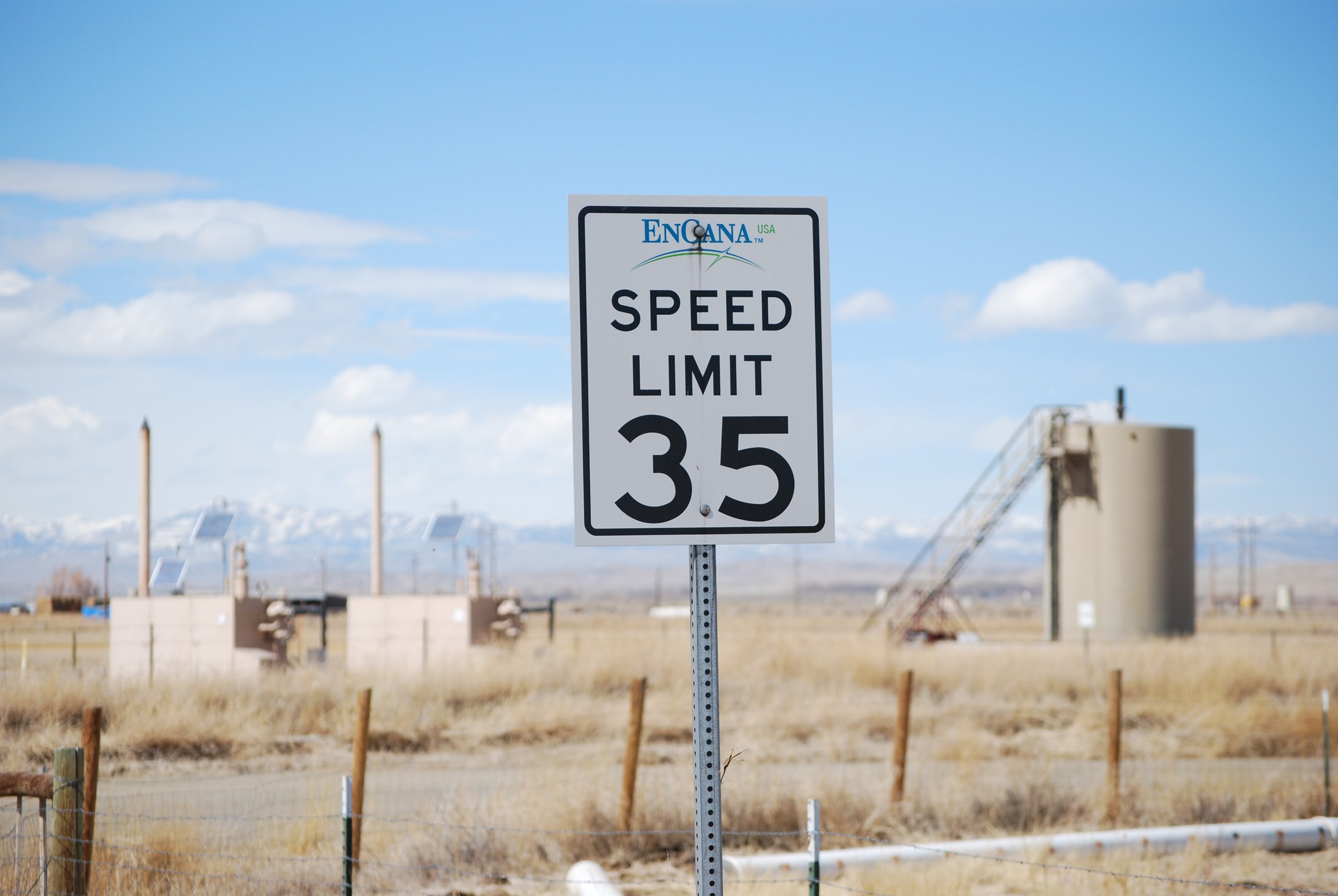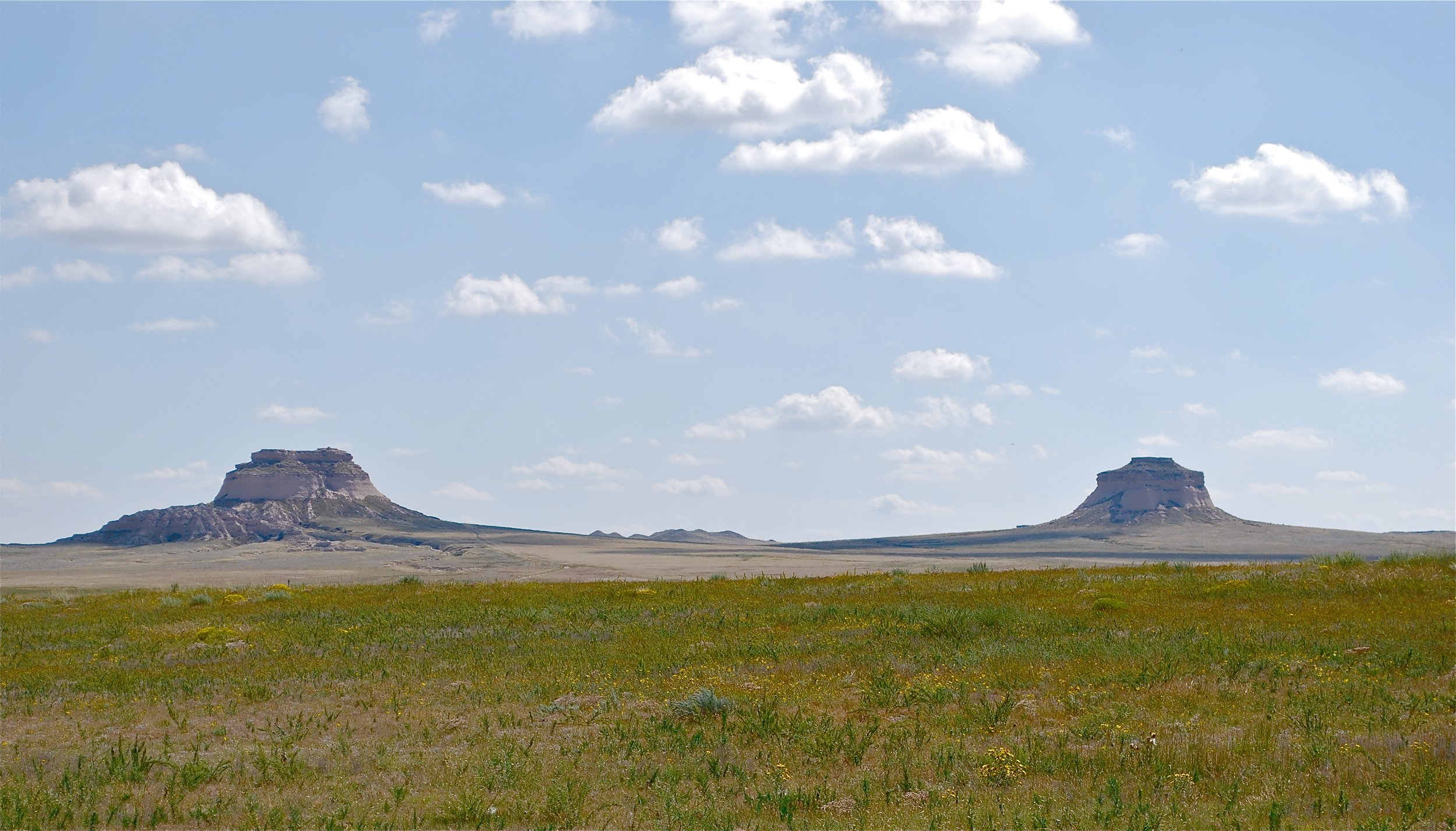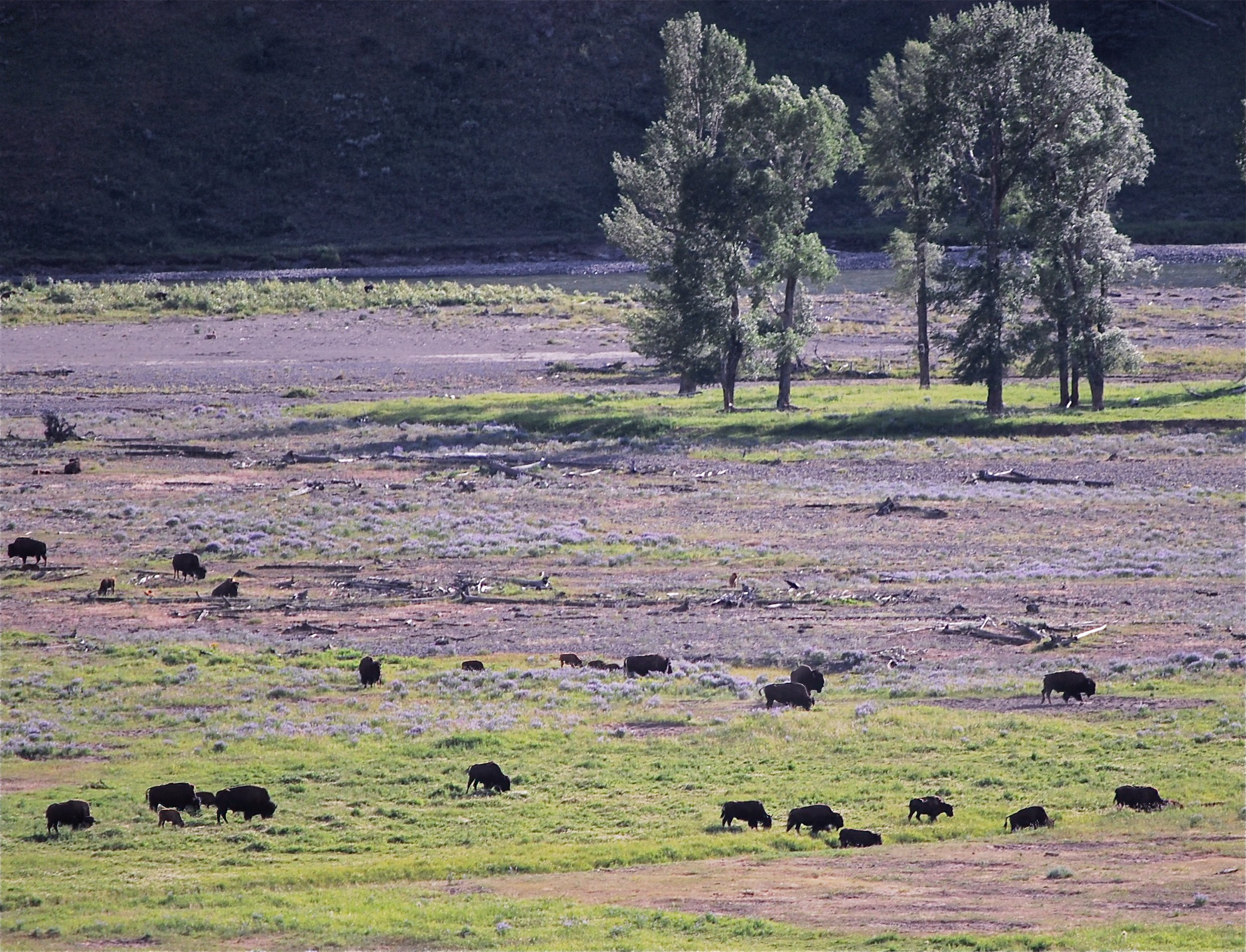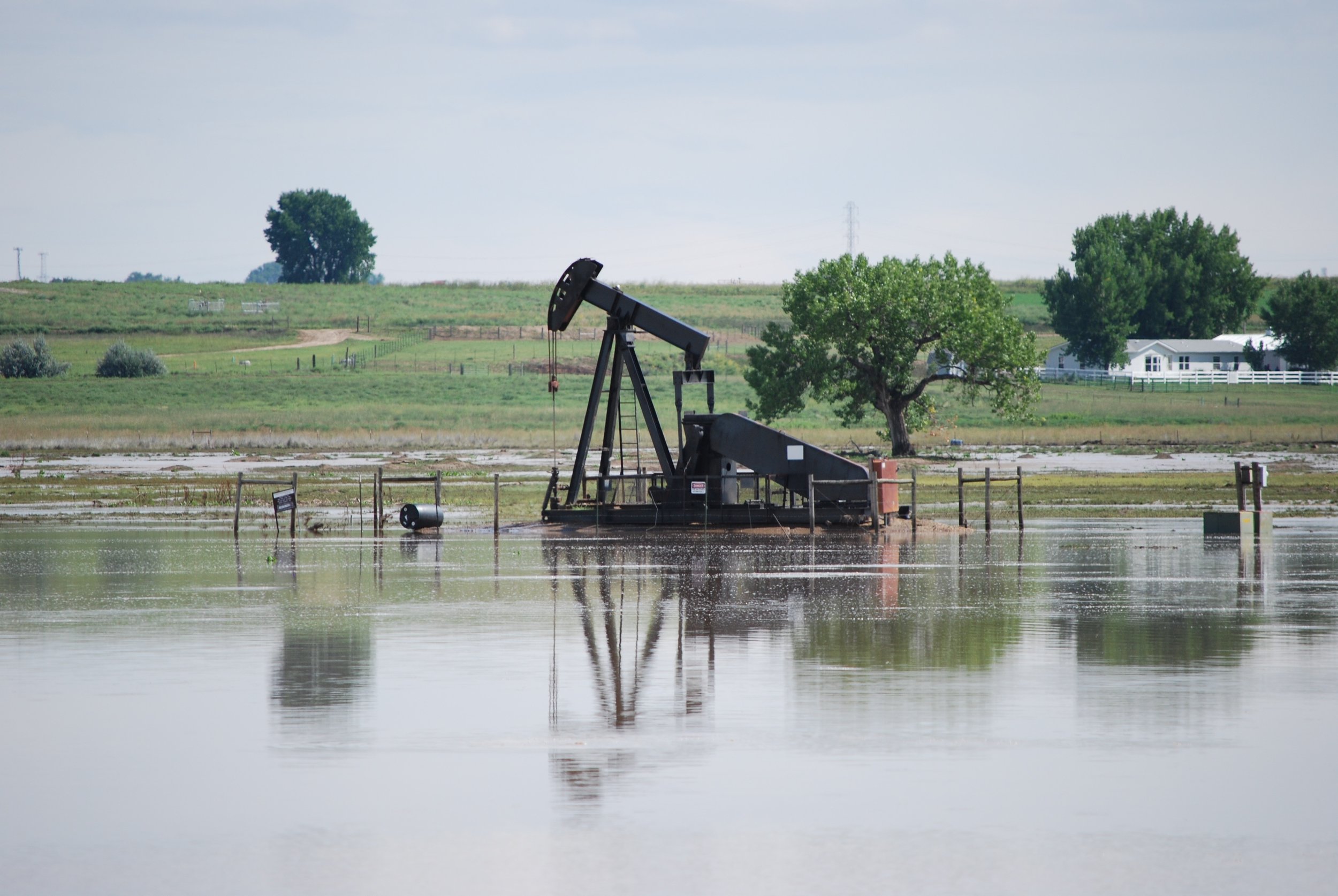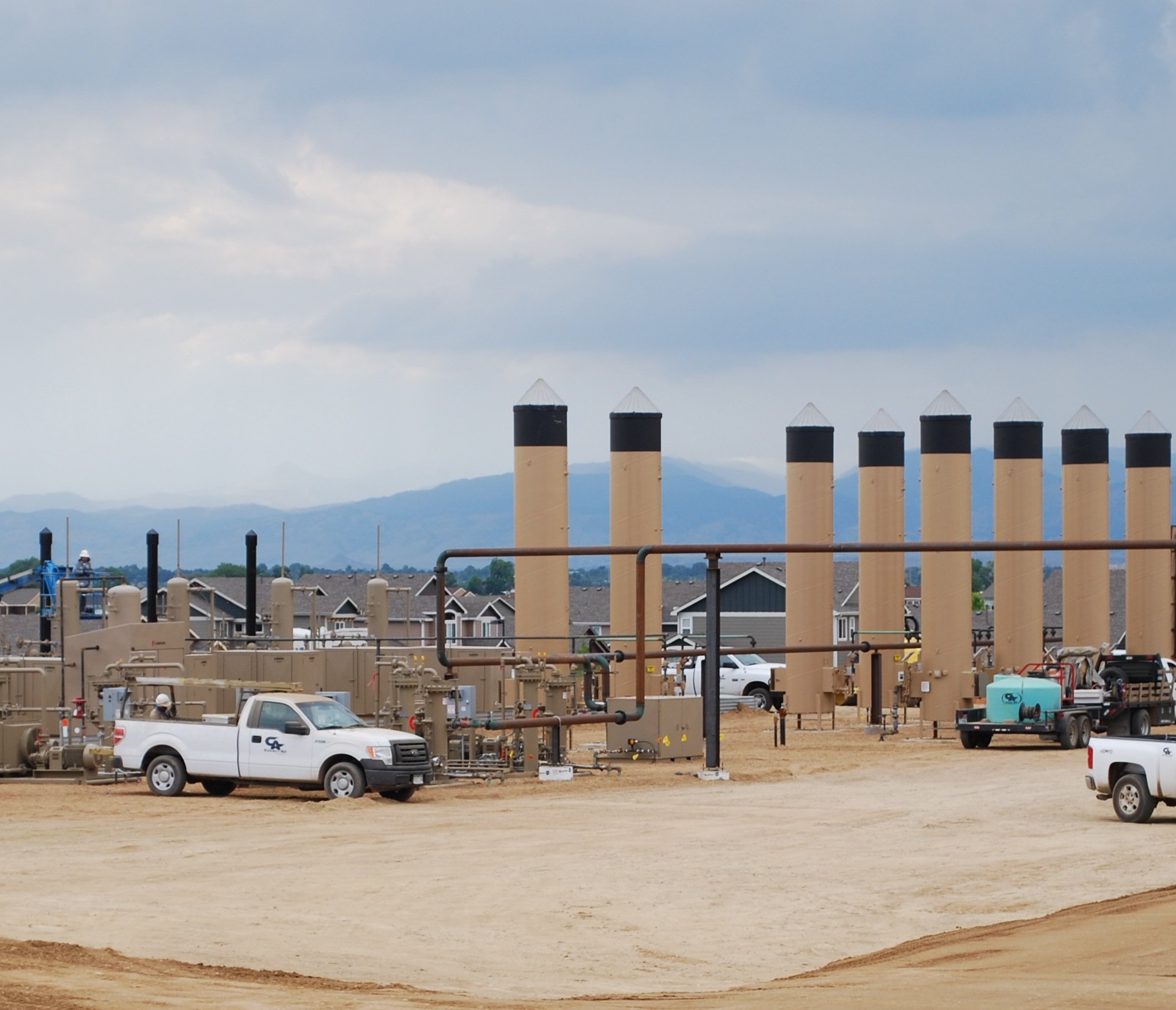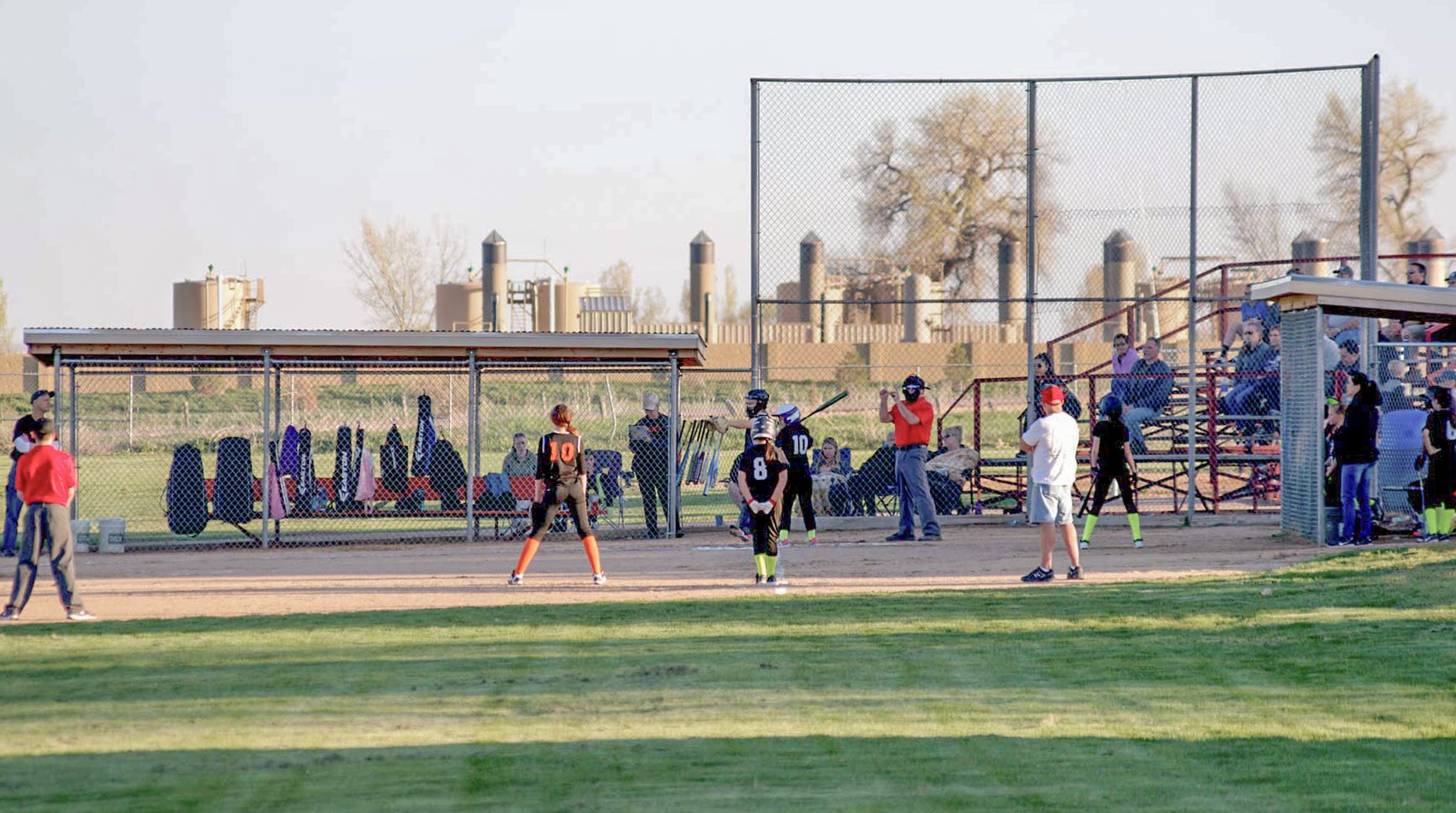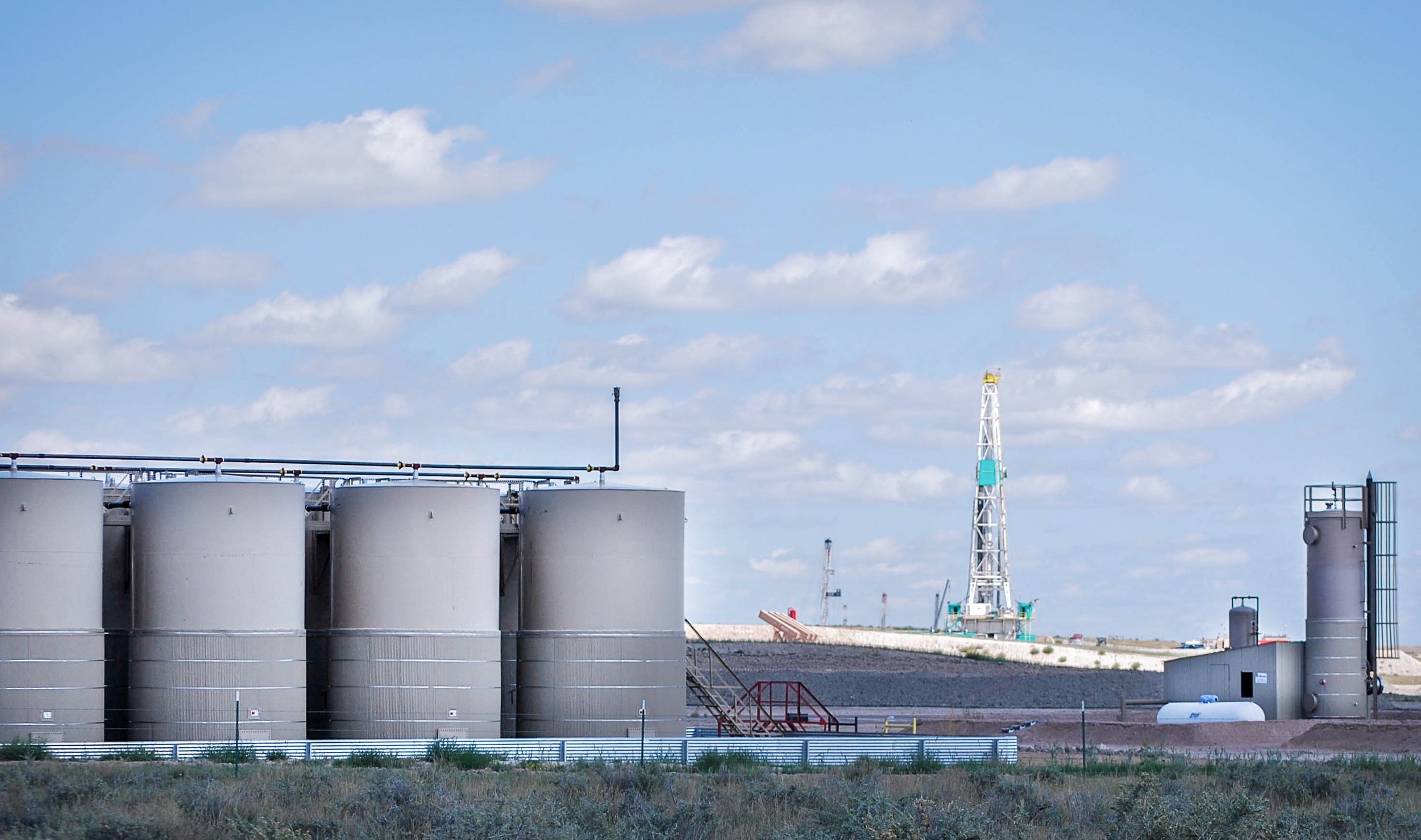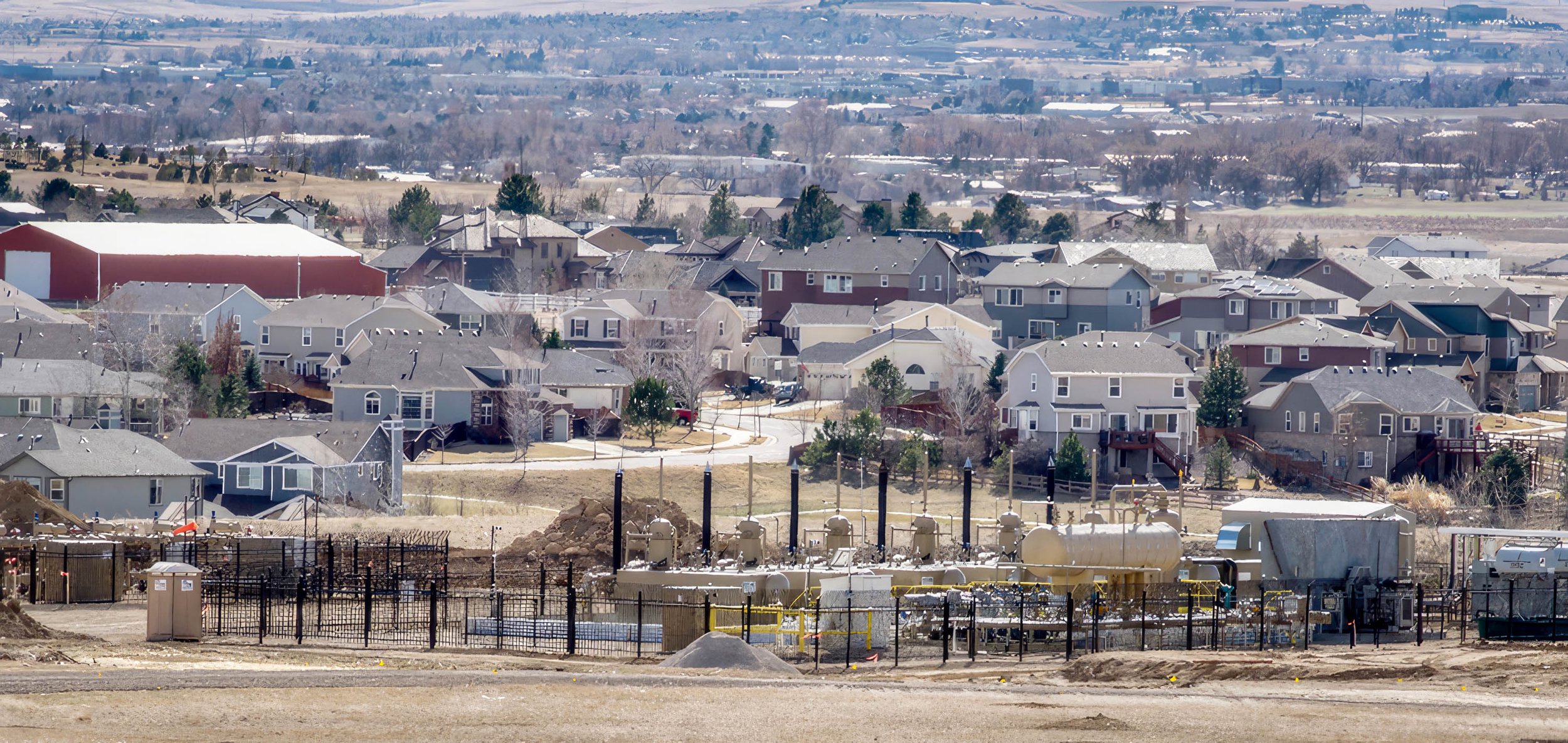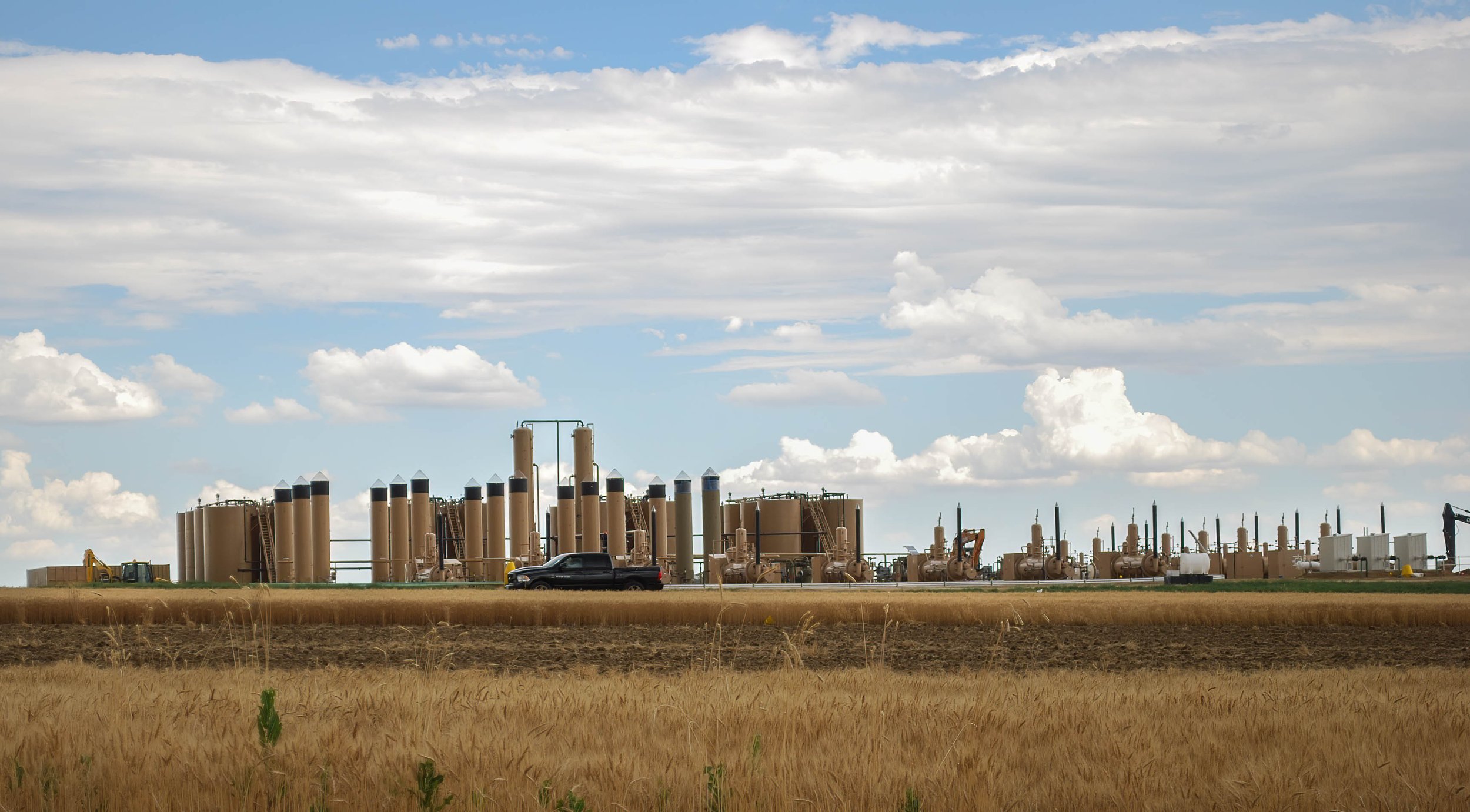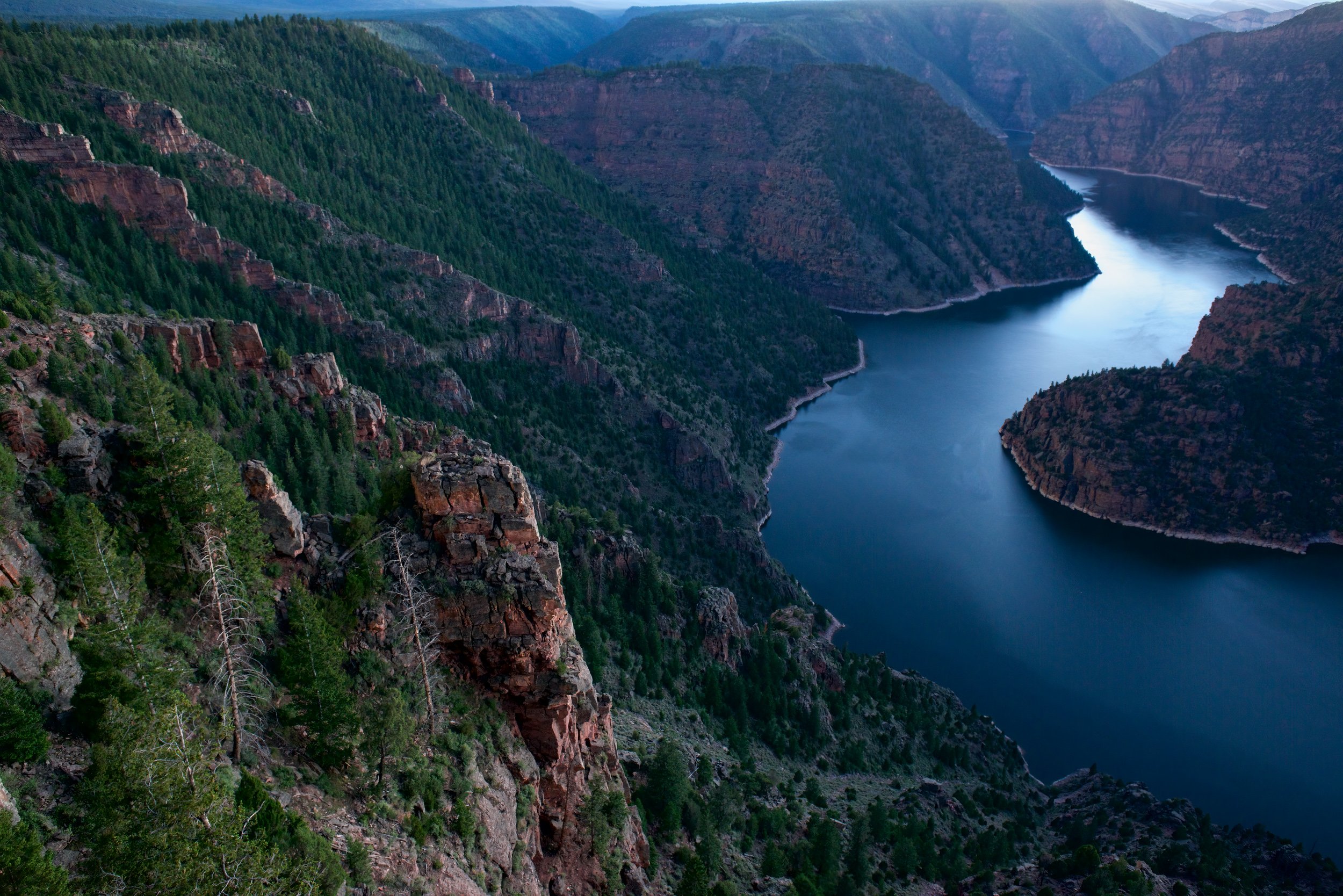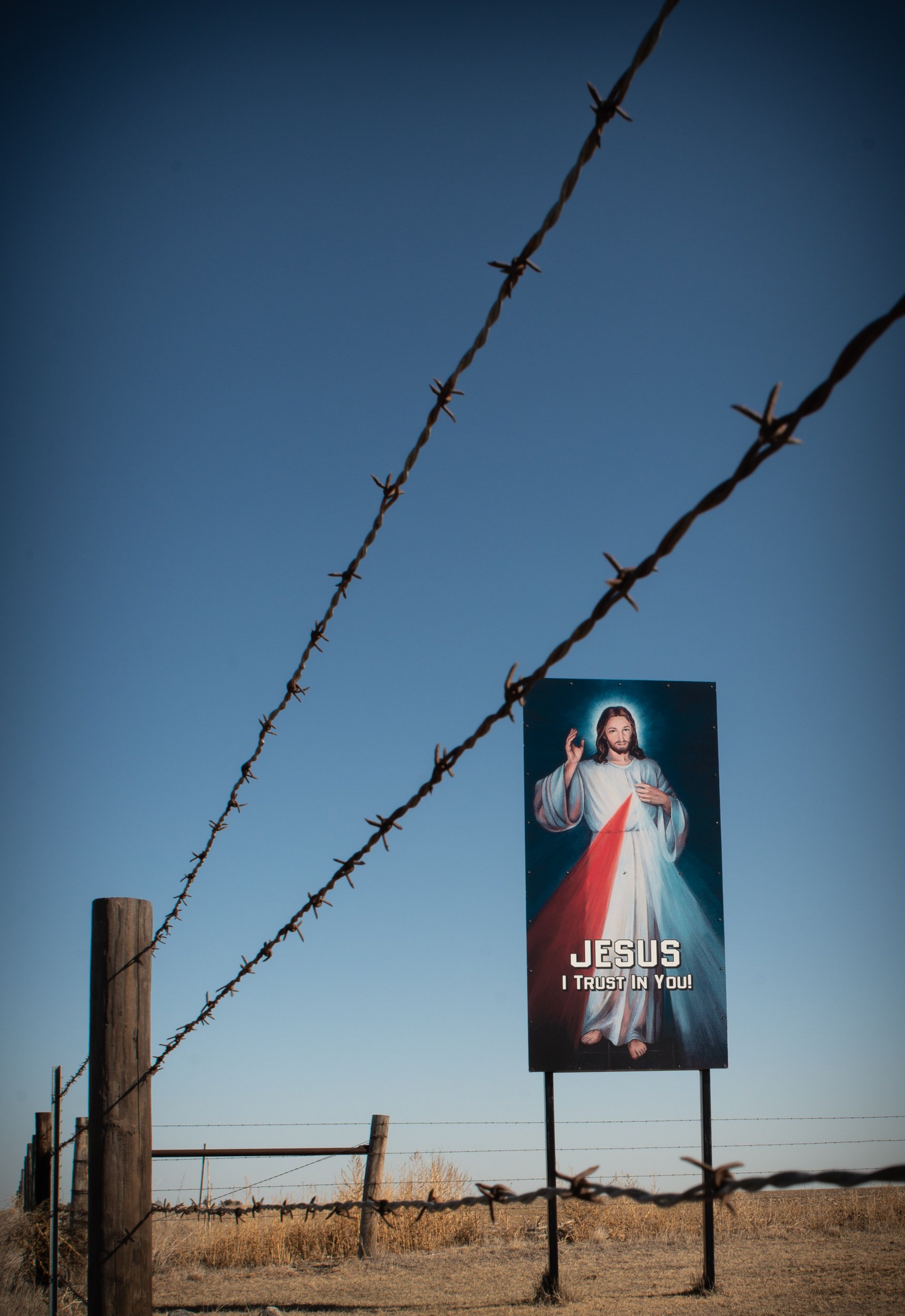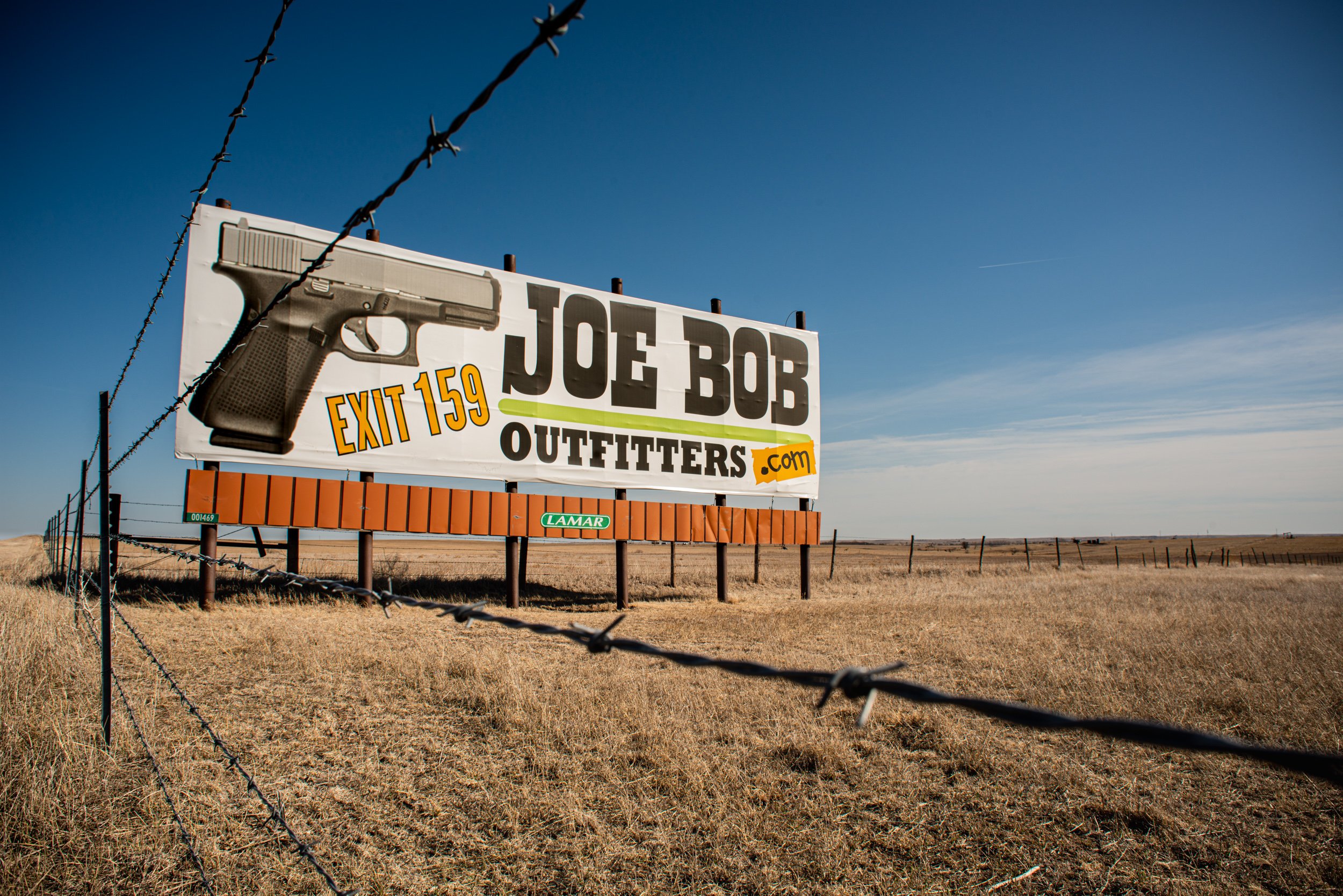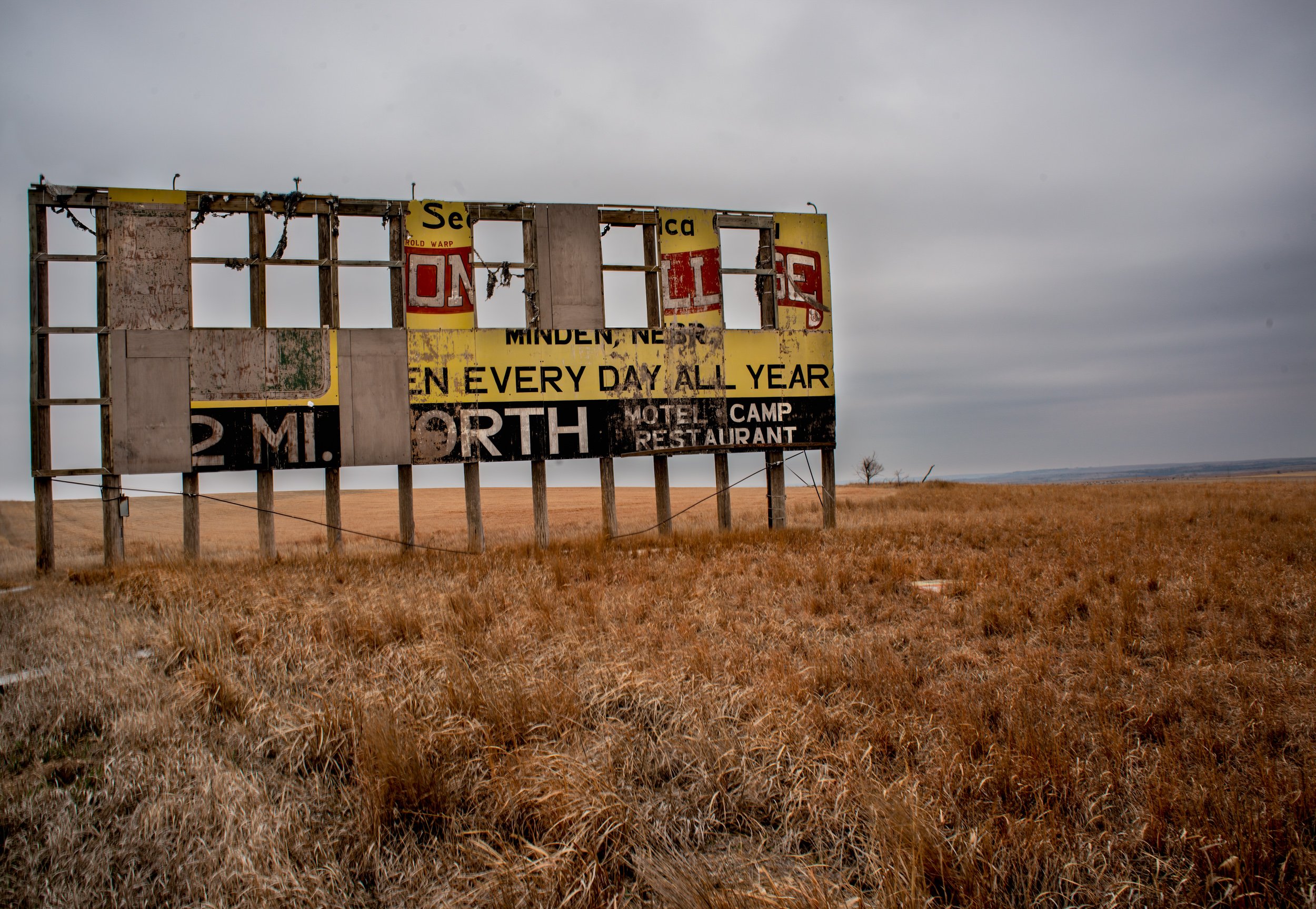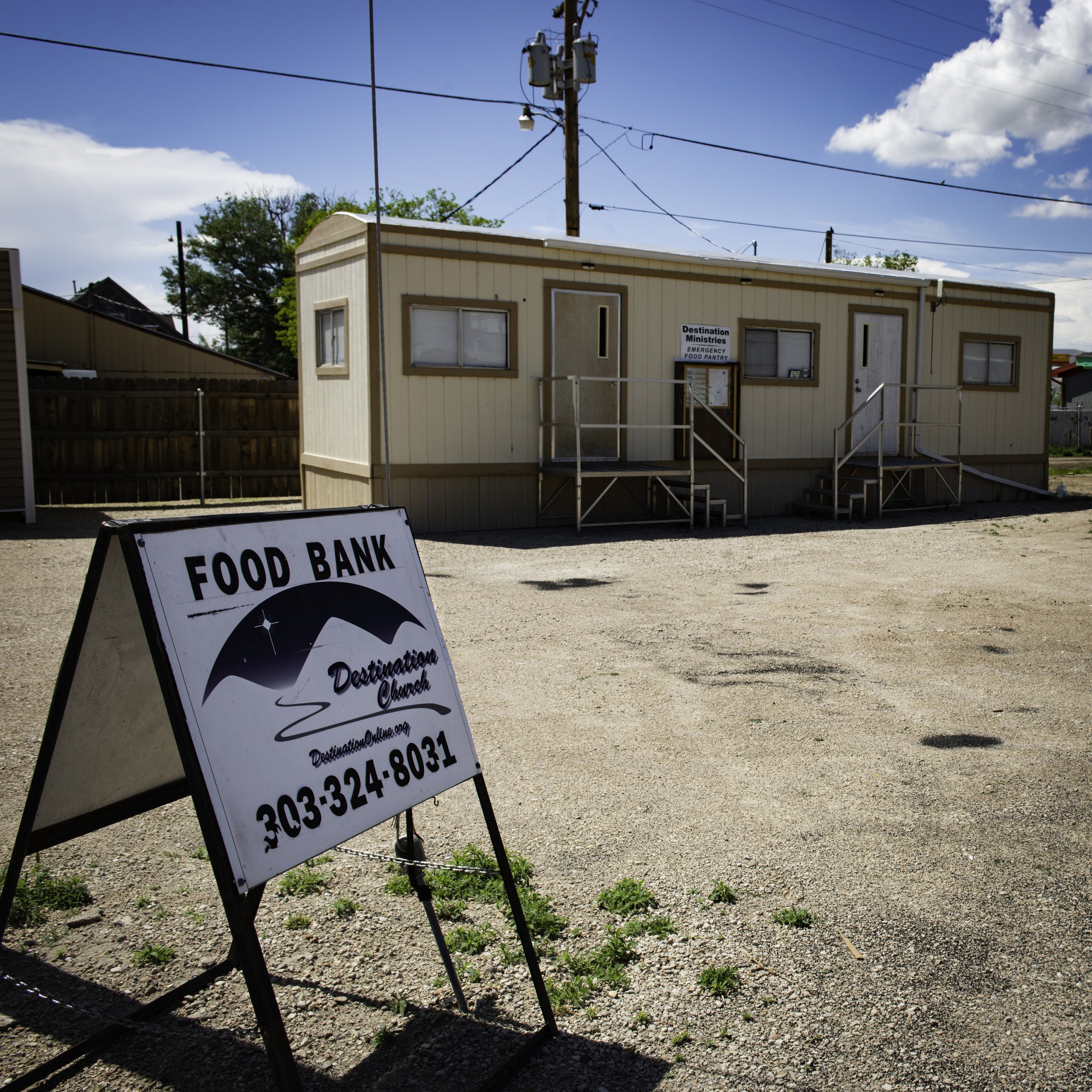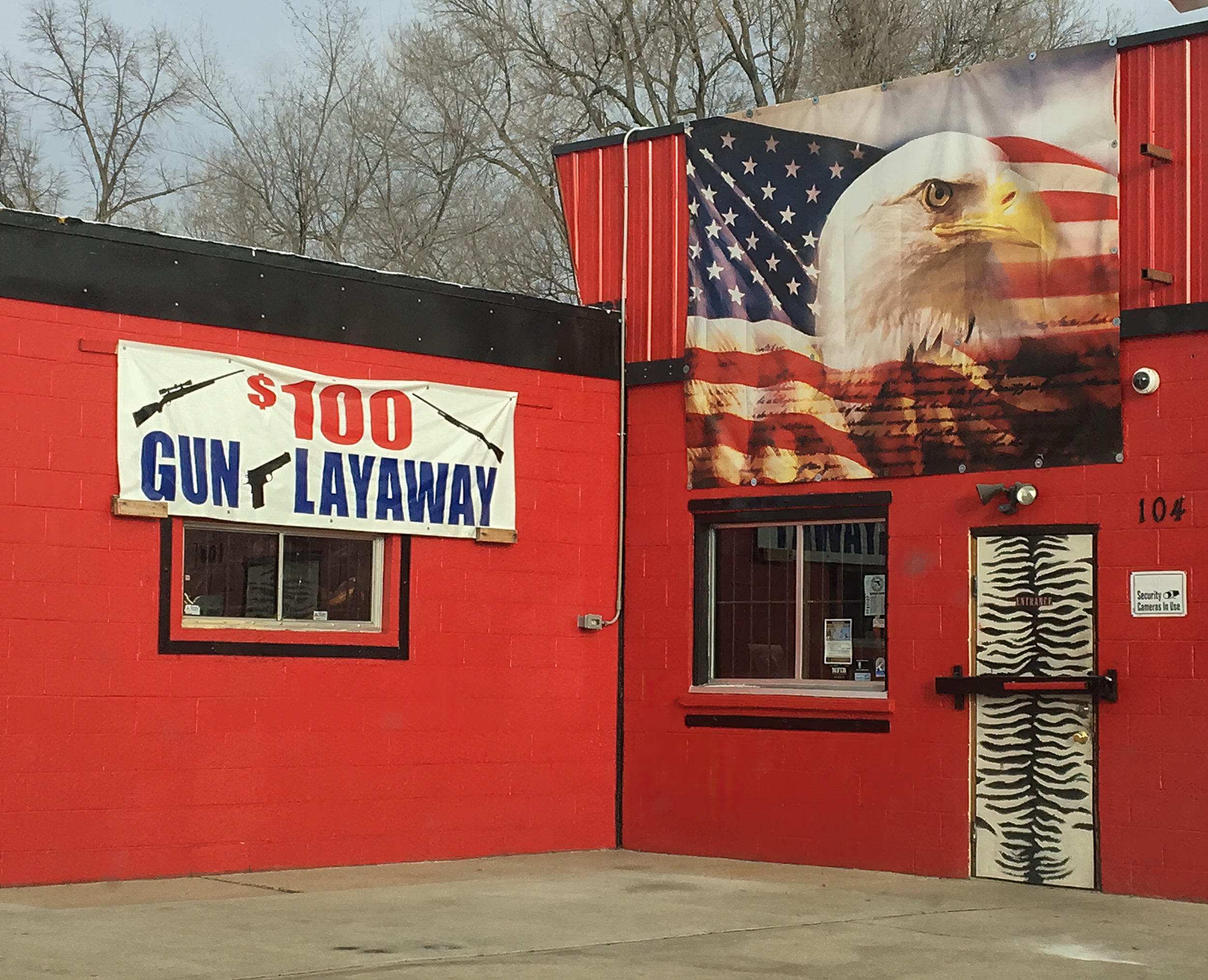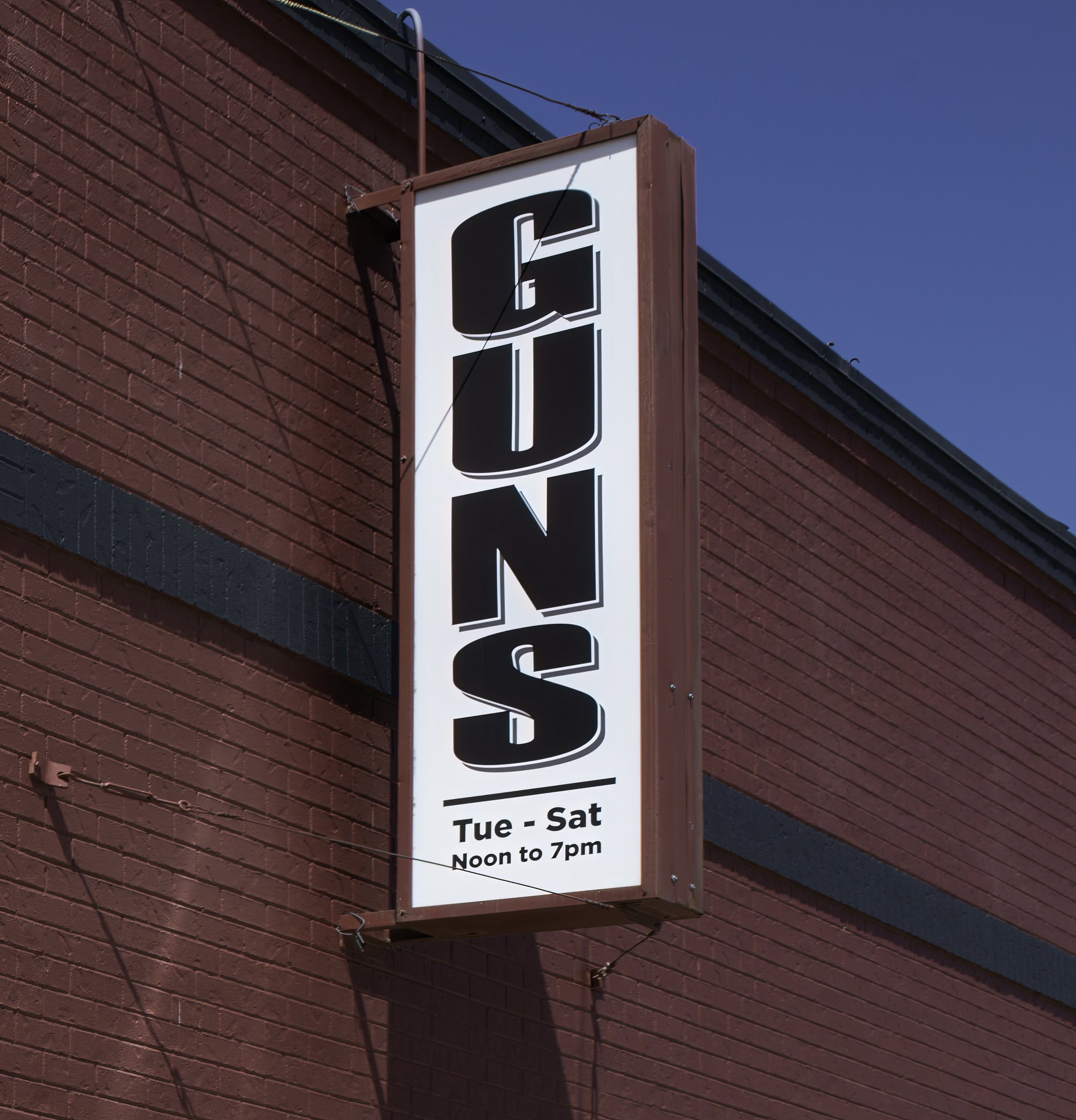Journalist | Author | Photographer
Joel Dyer
All photos on this website are © 2023 Joel Dyer, all rights reserved.
Unauthorized use and/or duplication without express written permission from Joel Dyer
is strictly prohibited.
All photos on this website are © 2023 Joel Dyer, all rights reserved.
Unauthorized use and/or duplication without express written permission from Joel Dyer
is strictly prohibited.

Hang Fire, Self Portrait, New Mexico, 2022
Thanks for visiting my site. I’ve been telling what I believe are important stories with both words and camera for more than 30 years.
At this point, I am concentrating on my documentary photography. I’m currently working on several ongoing projects, some of which are described below in the “photographs” section. I look forward to sharing this work through future publication, exhibitions and fine-art prints. If you have any questions about my work or have an interest in possibly hosting my current or an upcoming exhibit, please reach out. I’d love to hear from you. Thanks.

Joel Dyer
My work has appeared in New York Times Sunday Magazine, Vanity Fair, U.S. News & World Report, Mother Jones, Utne Reader and numerous other publications.
My original reporting has put me in front of the camera on such programs as Today Show, Good Morning America, Fox News, 48 Hours, Nightline, ABC/NBC/CBS Nightly News, and The Editors.
I worked with author Gore Vidal on a number of projects including two of his pieces on domestic terrorism and Timothy McVeigh for Vanity Fair. He has included significant excerpts of my work in two of his books, and was instrumental in having his publisher translate and publish my book Harvest of Rage in Italy.
My investigative reporting resulted in my being called to testify before the Senate Subcommittee on Terrorism in 1996.
I was a featured speaker at the 1997 national conference for Investigative Reporters and Editors.
I have won more than 70 national and regional awards for my books, articles and photography.
I have written two screenplays, including one with actor/activist/author and pal Peter Coyote.
And finally, I’ve written two critically-acclaimed books (working on a third). You can check those out by hitting “books” in the navigation bar or just keep scrolling.

My Office
Somewhere in Nevada on this day
1985-1993 — Freelance Photojournalist: During this period, I worked for various publications and organizations including national magazines and The Nature Conservancy. I worked under a corporate grant 1989-1990 documenting farm suicides and the farm crisis.
1993-1994 — Staff Photographer/reporter for Boulder Weekly, an award-winning, 25,000-circulation news magazine in Boulder Colorado
1994-1997 — Editor of Boulder Weekly
1997-2002 — During this period, I wrote 2 critically-acclaimed books and numerous articles for national publications. I was also both on-air commentator and head scriptwriter for World Affairs Television in Montreal, including its program The Editors, Canada’s top-rated political program hosted by Dateline NBC’s Keith Morrison.
2002-2008 — Founder/Publisher of Fort Collins Weekly, a 42,000-circulation newspaper in Fort Collins, Colorado. The newspaper was sold to Swift Communications in 2008. Also during this time, I began researching and writing on immigration issues including making several illegal border crossings from Mexico into the United States as part of my research.
2008-2009 — Publisher of New Ventures, Swift Communications
2009-2011 — Consultant for New Media, Swift Communications. I also continued my writing and photography on a variety of immigration and environmental issues.
2011-2020 — Editor of Boulder Weekly. Funny story: I was asked to help them find a new editor as a consultant. After spending two weeks with the editorial staff and having a great time working in a news room for the first time in years, I asked the owner if I could fill the job myself for one year. He agreed and I filled it for the next decade. During this 10-year period, Boulder Weekly won more than 400 awards for its Journalism.
2019-present — I launched my Windows, Walls and Invisible Lines: Portraits of Life in Sanctuary project while still at Boulder Weekly. I have recently finished my travels throughout the nation photographing and interviewing undocumented immigrants who have been forced to take sanctuary in churches to avoid deportation back to their countries of origin. My photographs from this project are currently scheduled for two upcoming exhibitions in 2024.
I have served as an editorial and business consultant for several news organizations since 2019.

I was in West Texas working on my ongoing “Plain View” project when disaster struck. Here, I’m shooting in Perryton, Texas in the aftermath of the deadly June 16, 2023 tornado that devastated the town.
Photo:Tom Reidland
2000, published by Hachette Book Group
"This is one of the most important books about the state of this nation that has come along in years. The fact that we have become the new Soviet Union, the new South Africa, when it comes to incarcerating our own citizens is perhaps our most shameful accomplishment of the past decade. The brilliance of Joel Dyer's book is that he just doesn't state that sad and compelling fact, he gives us the why behind it—how politicians, lawyers, and corporations have profited by frightening the public into believing that we must lock up as many people as possible."
—Michael Moore, Filmmaker
“The Perpetual Prisoner Machine is a bold and deep-probing analysis of our criminal justice system. It raises serious questions about crime and punishment which reflect not just on our prisons, but on our profit-driven society.”
—Howard Zinn, Historian/Author/Professor
1998, published by Hachette Book Group
“This is a startling book. It is an important book. It is one which Americans must read if they want to understand why there is increasing suicide and murder coming out of the farm country and how we might deal with the causes.”
—Howard Zinn, Historian/Author
“Dyer has exposed a real conspiracy, which affects every citizen of the United States… It proves that McVeigh and Terry Nichols could not have acted alone in the Oklahoma City bombing. But these are only some of his disconcerting discoveries.”
—Gore Vidal, Author
“It’s so important that Americans understand the anger that fuels militias and drives good citizens to suicidal and murderous acts of desperation. Joel Dyer illuminates the terrible anguish of men and women whose farms are threatened with foreclosure and, without excusing their behavior, explains it with compassion. But the greatest value of this book is in the forewarning it provides to destitute family farmers, about the hate-mongering opportunists who wait to prey on their shattered souls.”
—Mark Dowie, Author/former publisher and editor of Mother Jones
“The power elites who rule from Washington and Wall Street seem clueless that their actions produce reactions—that family farmers, inner-city youth, Vietnam and Gulf War veterans, downsized workers, and all the others who are being kicked out and stepped on by today’s powers that be eventually will kick back. Joel Dyer, a fine reporter and writer, puts flesh and blood to this harsh political reality in Harvest of Rage. It is a true and gripping story—and the rage is growing.”
—Jim Hightower, Author/former Texas Secretary of Agriculture
Below, you’ll find a few photos from my current exhibit and an explanation for why I felt it was important to create it. The full exhibit consists of 50 photographs.
If you represent a museum, gallery, art center or any public space and have an interest in viewing the entire exhibit for consideration of a future show, please contact me and I’ll be happy to make that happen, and answer any questions you may have regarding this project. Thanks for your interest.
Dairy Arts Center
2590 Walnut St., Boulder, CO 80302
The dictionary defines sanctuary as “a place of refuge and protection.”
In our current political environment, it’s a word often applied to pro-immigrant efforts by religious groups, activist organizations and even entire cities. But beyond this realm of support efforts, there exists another level of sanctuary comprised of very real physical spaces — “windows and walls,” if you will.
These sanctuaries include churches, religious retreats, monasteries and parsonages of varying denominations. In the past few years, numerous religious locations have been transformed into literal sanctuaries to provide safe haven to immigrants who would otherwise be forcibly removed from the United States, often being sent back to countries where physical abuse, violent crime, life-threatening poverty and even death await them. Not to mention separating them from loved ones, including their small children.
So, what is it about these religious sites that makes it possible for them to thwart the law enforcement efforts of the federal government, particularly the efforts of Immigration and Customs Enforcement (ICE)?

Jorge Taborda
In sanctuary, Las Cruces, NM
Jorge recalling the day ICE took his wife and oldest son into custody.
It’s a good question considering there are no actual laws preventing ICE from simply entering church property and apprehending whomever they want. They can do that at any time, but so far, they haven’t.
The reality is, the only thing protecting the people who have taken refuge on church property is what can best be described as “invisible lines.”
Since our nation’s founding, it has been customary for law enforcement to respect the sanctity of church property. It is a tradition based on some of our longest-held core values. And just because the lines are invisible doesn’t mean they are weak.
In one instance in New Mexico, ICE agents actually chased a man from Colombia, bumping his car with theirs in an attempt to prevent him from reaching his local Catholic church. Those agents stopped their pursuit and simply parked across the street once the man made it into the church’s parking lot.
These are powerful lines.
But for how long?
By its very nature, the current political crisis that has engulfed our nation — a crisis exemplified by the ongoing mistreatment of immigrants — is the result of our elected leaders having abandoned many of our nation’s long-held social norms. Overt racism, lying and the general ignoring of moral precedent have become the everyday behavior of many of our elected leaders and their supporters who either approve of such abhorrent behavior or simply choose to look the other way because they believe such apathy serves their political or economic interests.
Under these conditions, we should all be aware that the long-held considerations that have protected immigrants in sanctuary are under grave threat. Their violation is only a tweet away.
These invisible lines of protection may be powerful, but they are also vulnerable. They are no more than a manifestation of our past cultural sensitivities, protections willed into existence by our better angels in days gone by, presumably to protect us from ourselves in times of political or racial intolerance, times like today.
And as such, we would all do well to realize that it is not just our persecuted migrant friends who are in refuge within these lines and behind these windows and walls, it is all of us who now hope and wait for our country’s sanity and compassion to again show itself.
The concept of sanctuary is important now, but it may become even more so in the future. Those who have bravely taken public refuge in churches for all the world to see represent only the tip of an iceberg. There are another 11 million of our neighbors who lack the proper paper work to live safely and freely in this country.
Although they risked their lives to come here, and they contribute greatly to our communities, culture and economy, millions live with the fear of knowing they are only a traffic stop away from losing everything they have worked so hard for, including their families should they be deported.
If these invisible barriers of Sanctuary — built of history, empathy and respect for religious freedom — should fail, the country we call home will be forever changed. As we learned during the Sanctuary Movement of the 1980s, these invisible lines are often our last line of defense against hatred and totalitarianism. That is why we must now fortify our sanctuary ideal by any and every means possible.

Sandra Lopez
In Sanctuary with her daughter Areli, Carbondale, CO
And that is the hope behind this project.
I launched the Windows, Walls and Invisible Lines project with the belief that when we come to see the folks in sanctuary in a way that helps to transform them from statistics into moms and dads, brothers and sisters, neighbors and friends, we will become better equipped to combat the ignorance and prejudice regarding immigrants that has become so prevalent.
In order to amplify this project’s impact, the dissemination of its content has been, and will continue to be, multifaceted. It is my hope that the interviews and photos will eventually culminate in a book. The photo exhibit, after being delayed by COVID, is finally starting to make its way into venues in 2023. If all goes well, the exhibit will be well travelled.
The stories of some of those I’ve photographed ran as an award-winning, five-part series in Boulder Weekly. And the amazing people at nationally-recognized Motus Theater Company turned some of my photos and interviews from this project, along with some of their own interviews, into one of their ongoing UndocuAmerica Performances titled Women of Resolution. The Boulder Weekly series and the Motus Theater performance are linked below. I hope you can find time to check them out. Thanks.

Mendocino
“of a feather” series
I’ve been fortunate over the last 35 years to have numerous media companies publishing my photographs in print and online whether they were a single shot, a photo essay or a multi-year project. My photos have appeared on more than 150 covers, mostly at weekly publications where I have been employed, but also on a variety of other magazines.
Having published thousands of photos and being fond of most of them, it was quite a task figuring out what to display in this space. In the end, I decided to mostly look forward and not back. I’ve put together a few small slide shows of ongoing projects, examples of past covers, excerpts from award-winning photo essays and examples from categories I’ve worked in extensively over the years.
The one thing I’m sure of is that this space will be constantly changing to reflect whatever I’m currently excited about.

Blue House
San Juan County, New Mexico, 2021
This ongoing project finally kicked off in 2021 with the support of several funding grants after being delayed by COVID 19. I’m working with my friend and photographer extraordinaire Ted Wood to document the history of this Wyoming coal town (population 2,400) as well as its rapidly evolving and economically uncertain future.
Kemmerer was home to the first coal mine in the state of Wyoming. It’s the town where J.C. Penny opened his first store in order to sell clothes and supples to those early miners of mostly Italian heritage. But that rich mining history and the jobs that have always come with it may finally be coming to an end. It has been announced that both the existing coal mine and the nearby Naughton Power Plant it supples with fuel to make electricity are being shut down in the near future. Together, these two coal operations represent between 30 and 40 percent of all the jobs in Kemmerer, a geographically isolated community with very little other industry to fall back on.
In recent days there has been talk of converting the aging coal-fire plant into a nuclear-powered facility. Permits are pending but it could take a decade or more to come to fruition, if at all. It seems the only certainty for Kemmerer and the multigenerational families who have called it home since the 1880s is that change is surely coming.
It’s a similar story to those of the other small towns throughout the Western United States that are likewise heavily dependent on mining, timber and other diminishing natural resources including water. Kemmerer may well be the canary in the coal mine for dozens if not hundreds of such communities. And how it responds to our changing times and environment may well serve as a predictor of the future for much of the rural West.
The slideshow below is a small sample of my photos from this project so far.

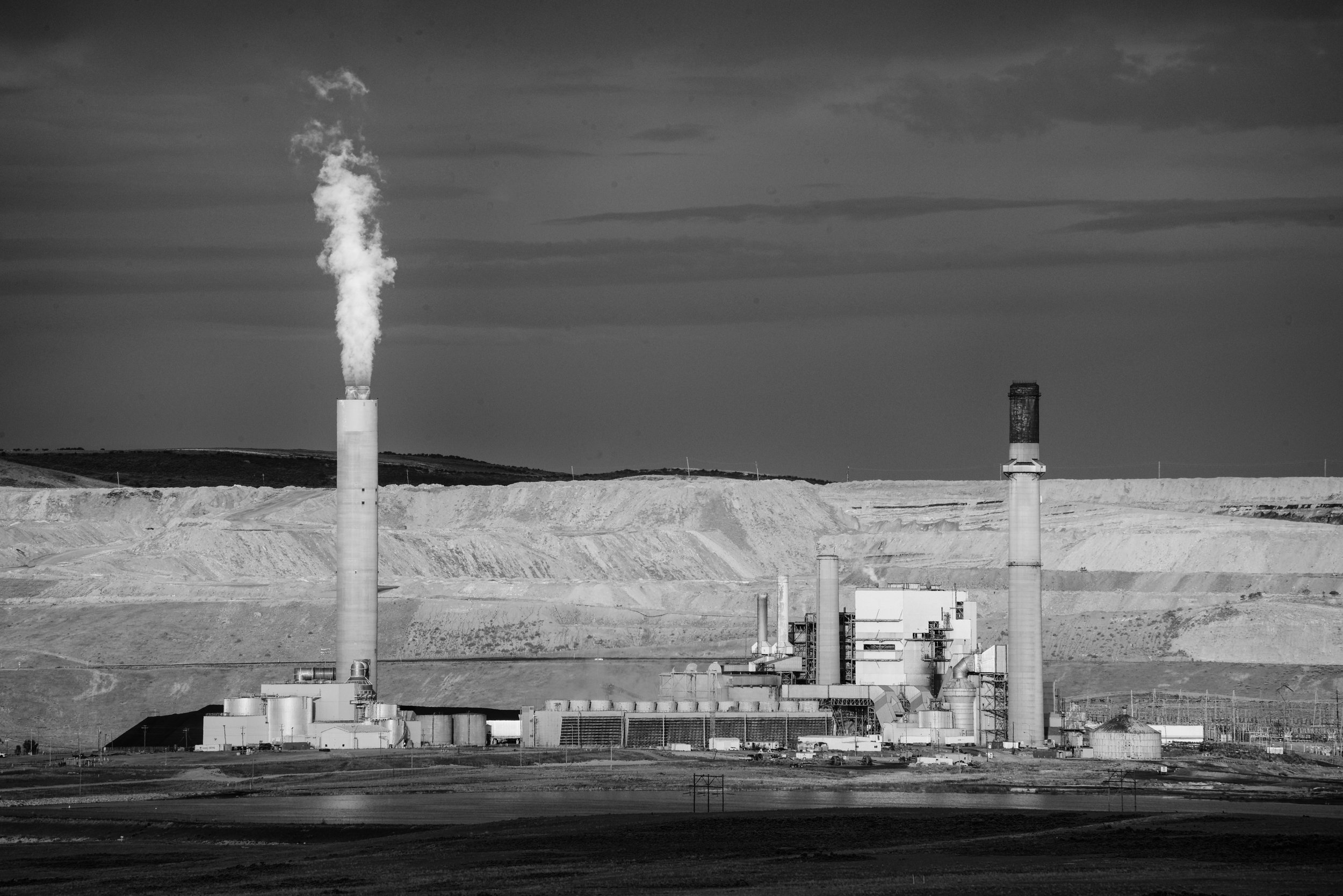
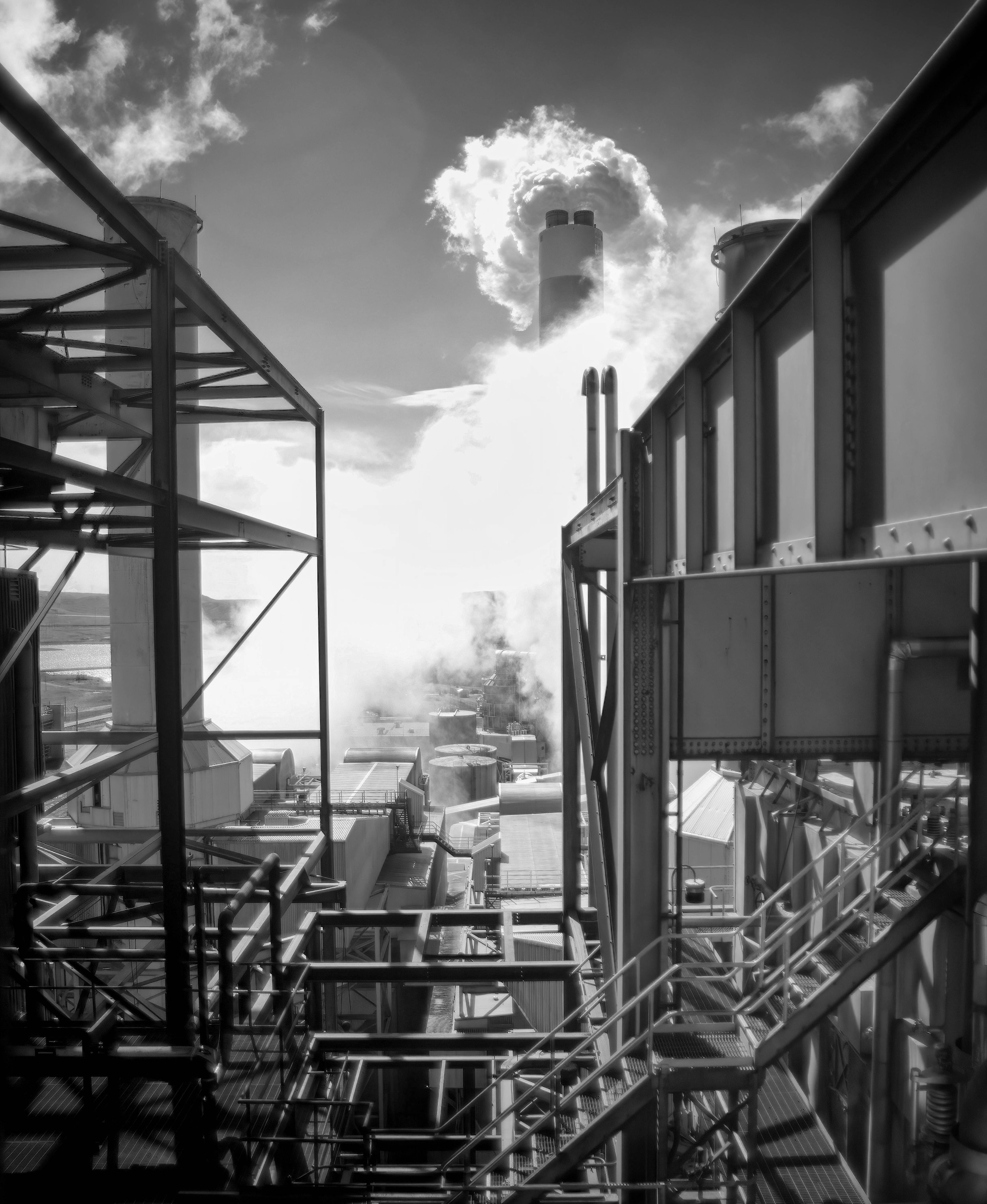
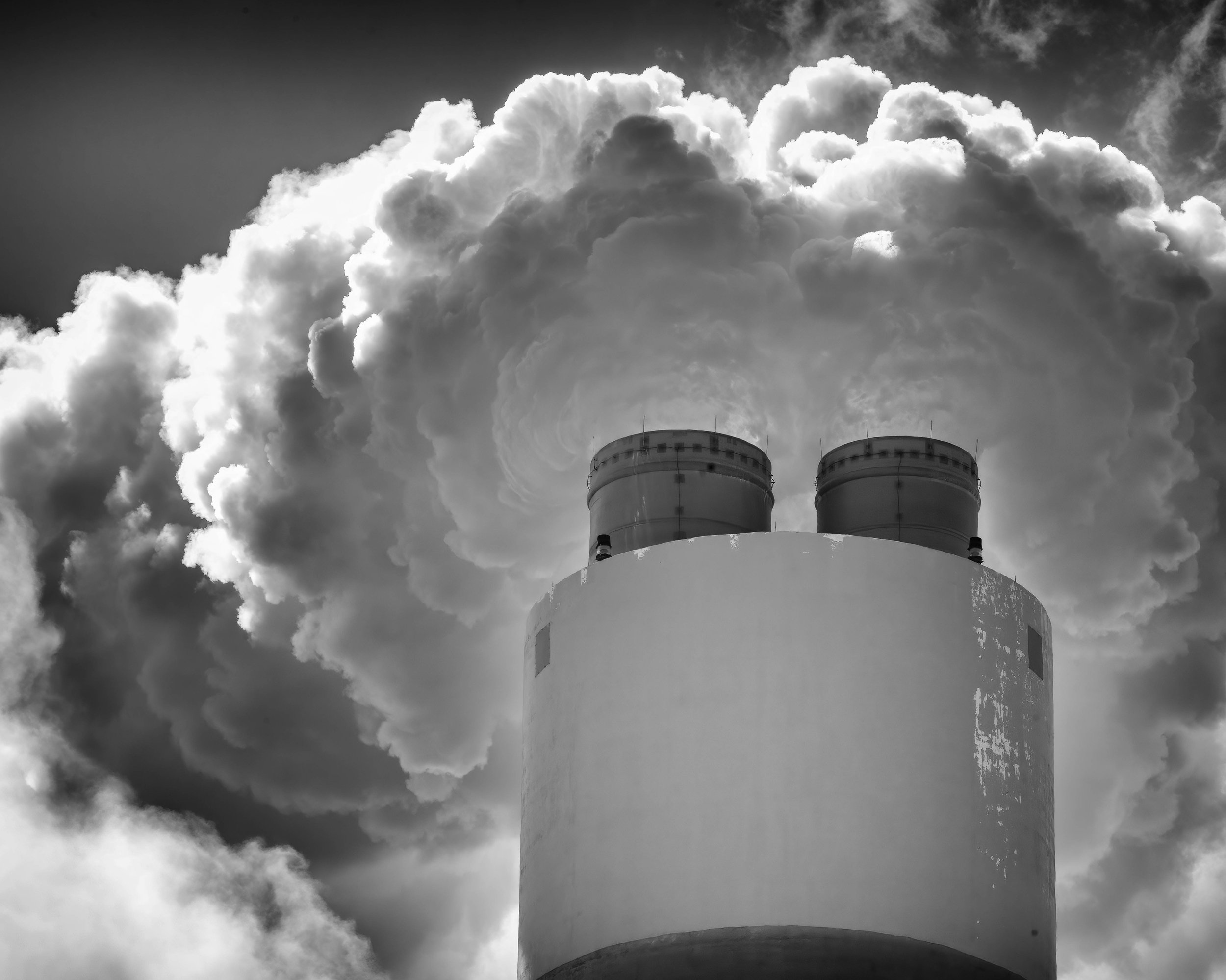
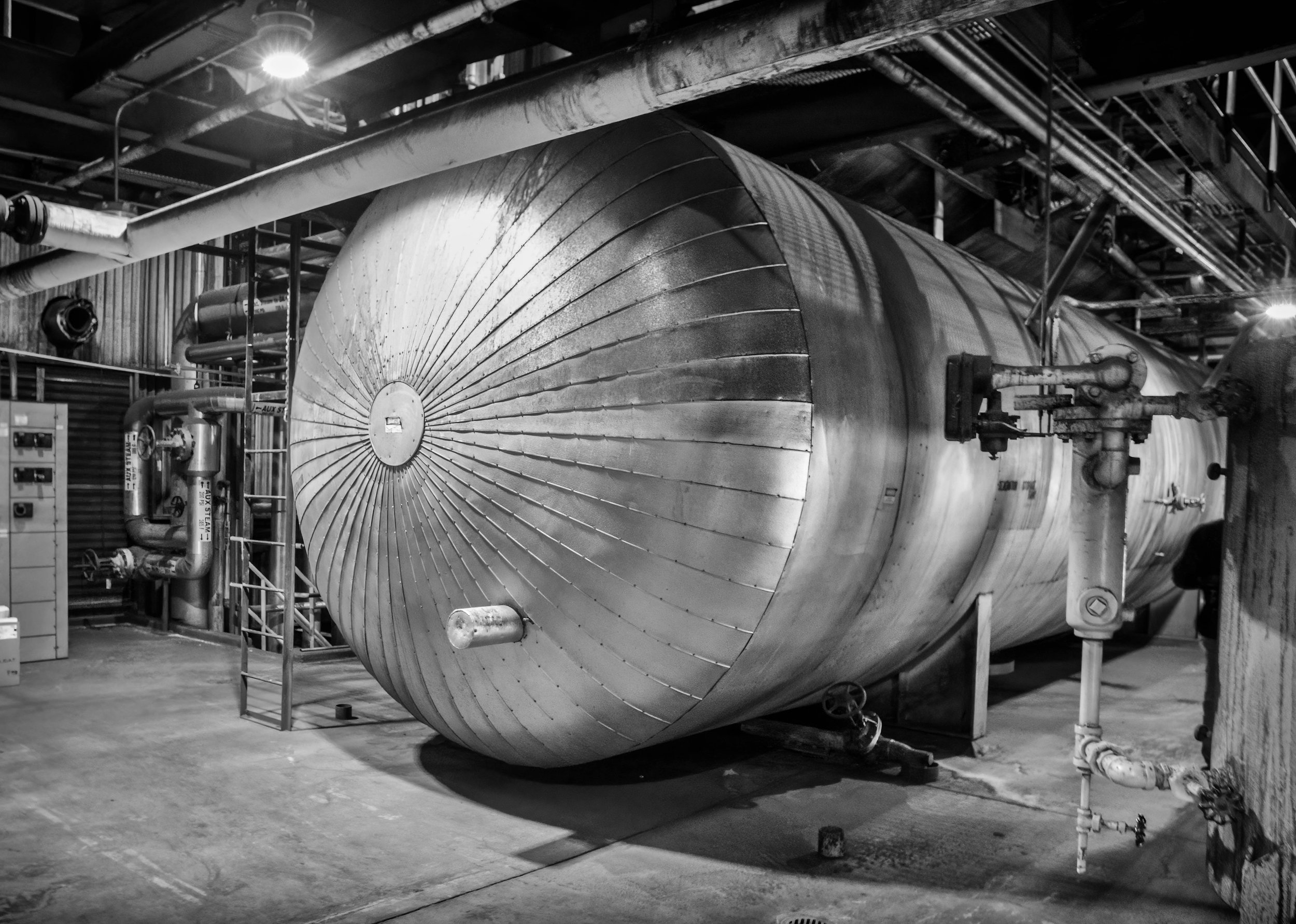
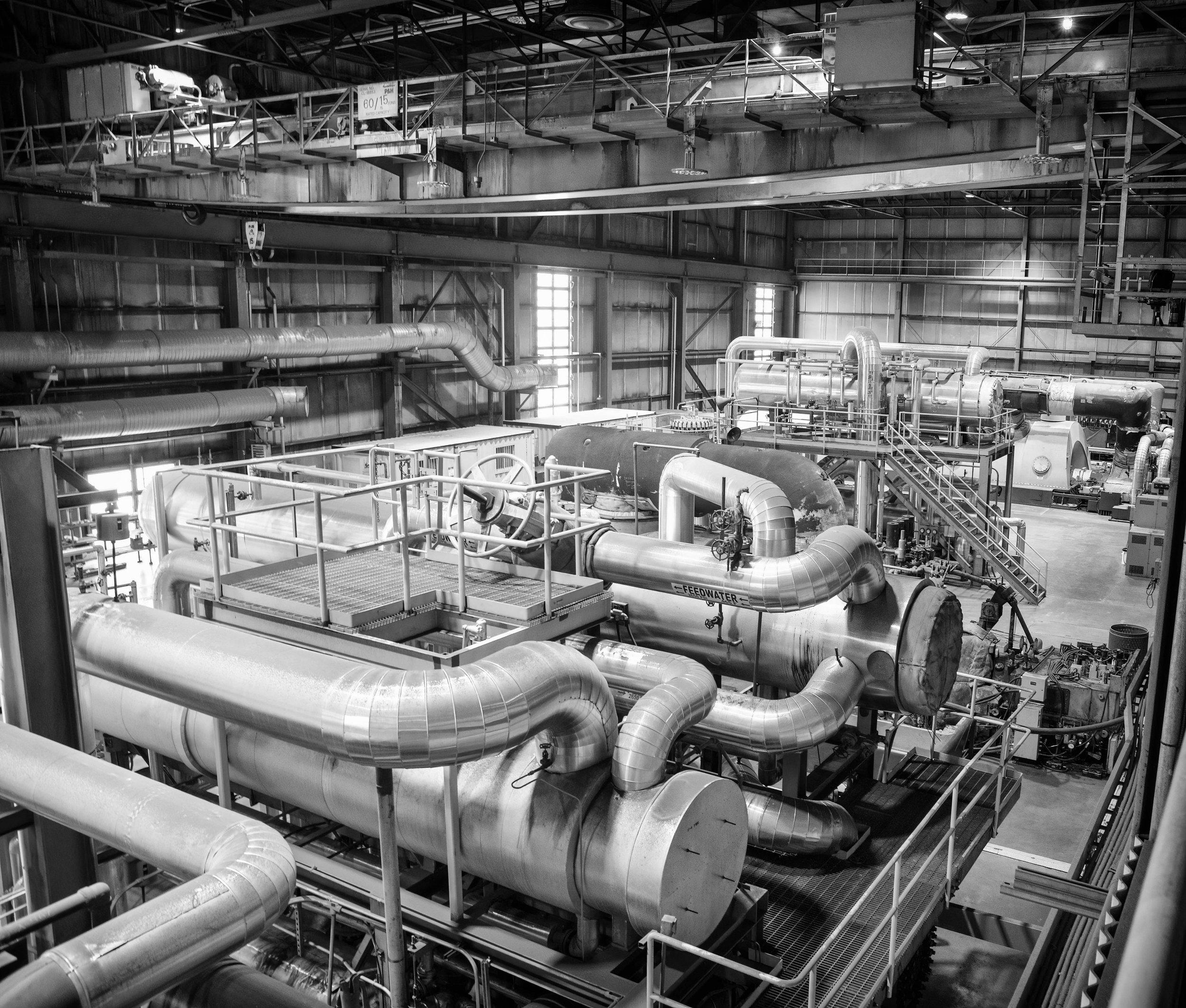
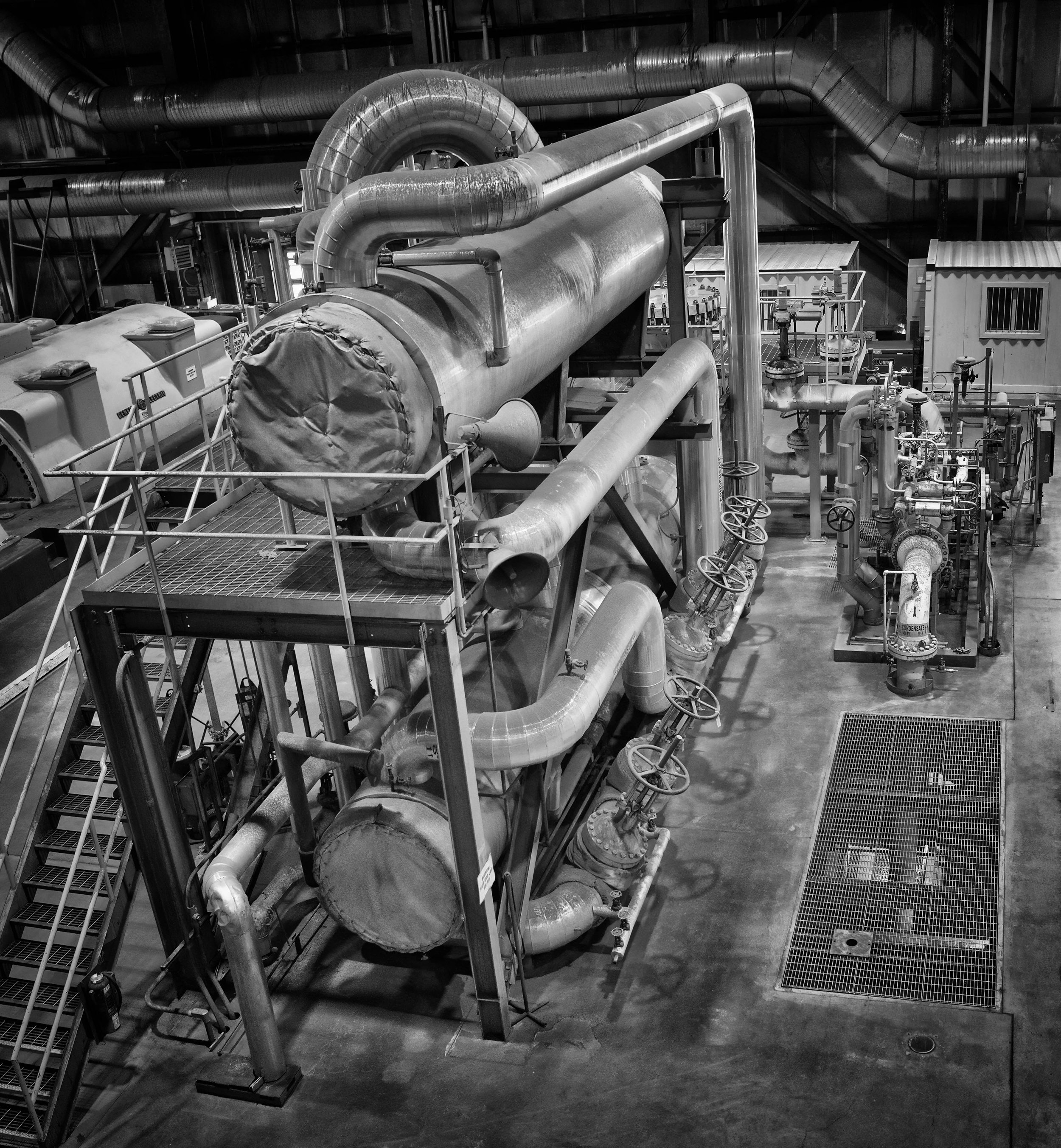


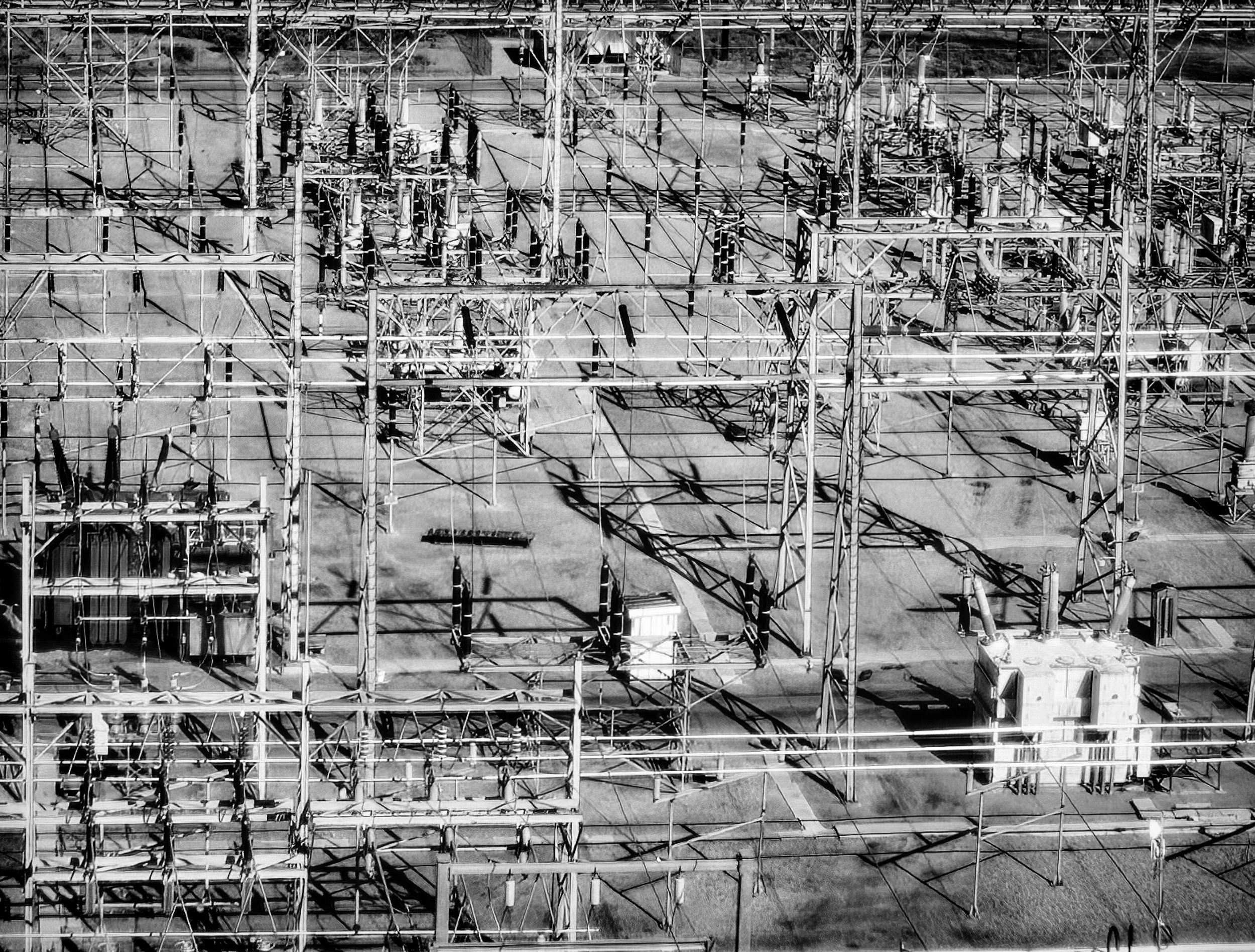
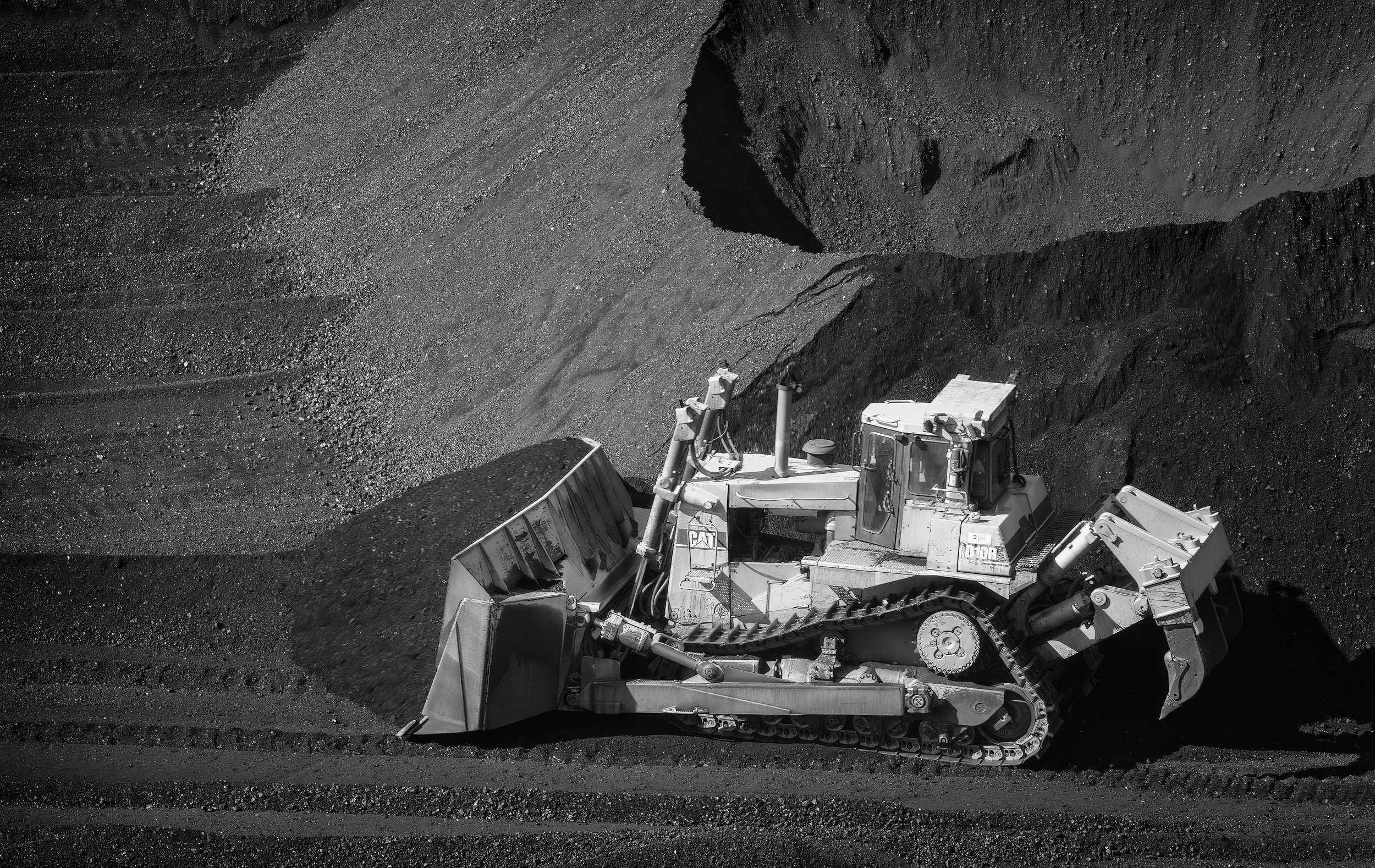

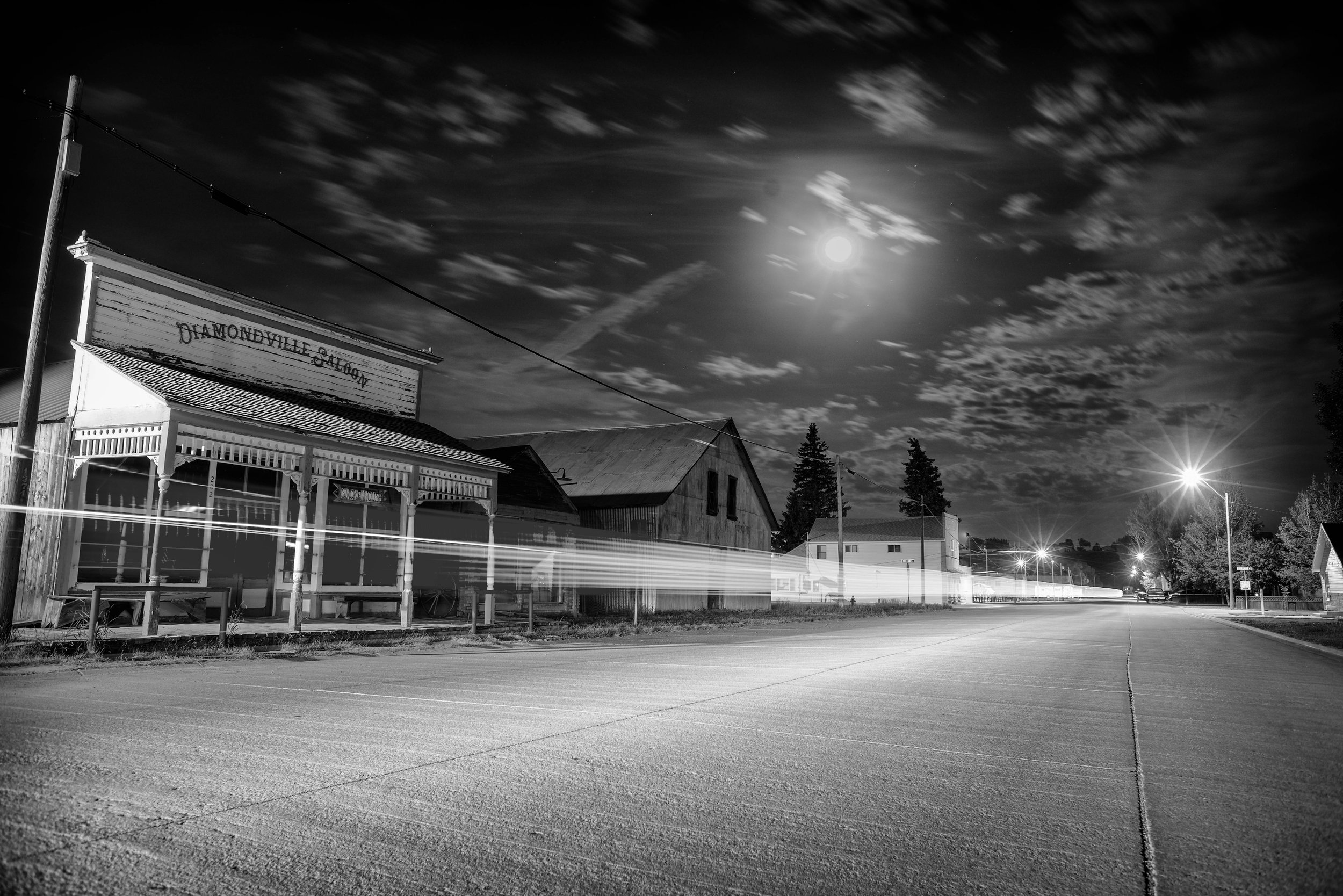
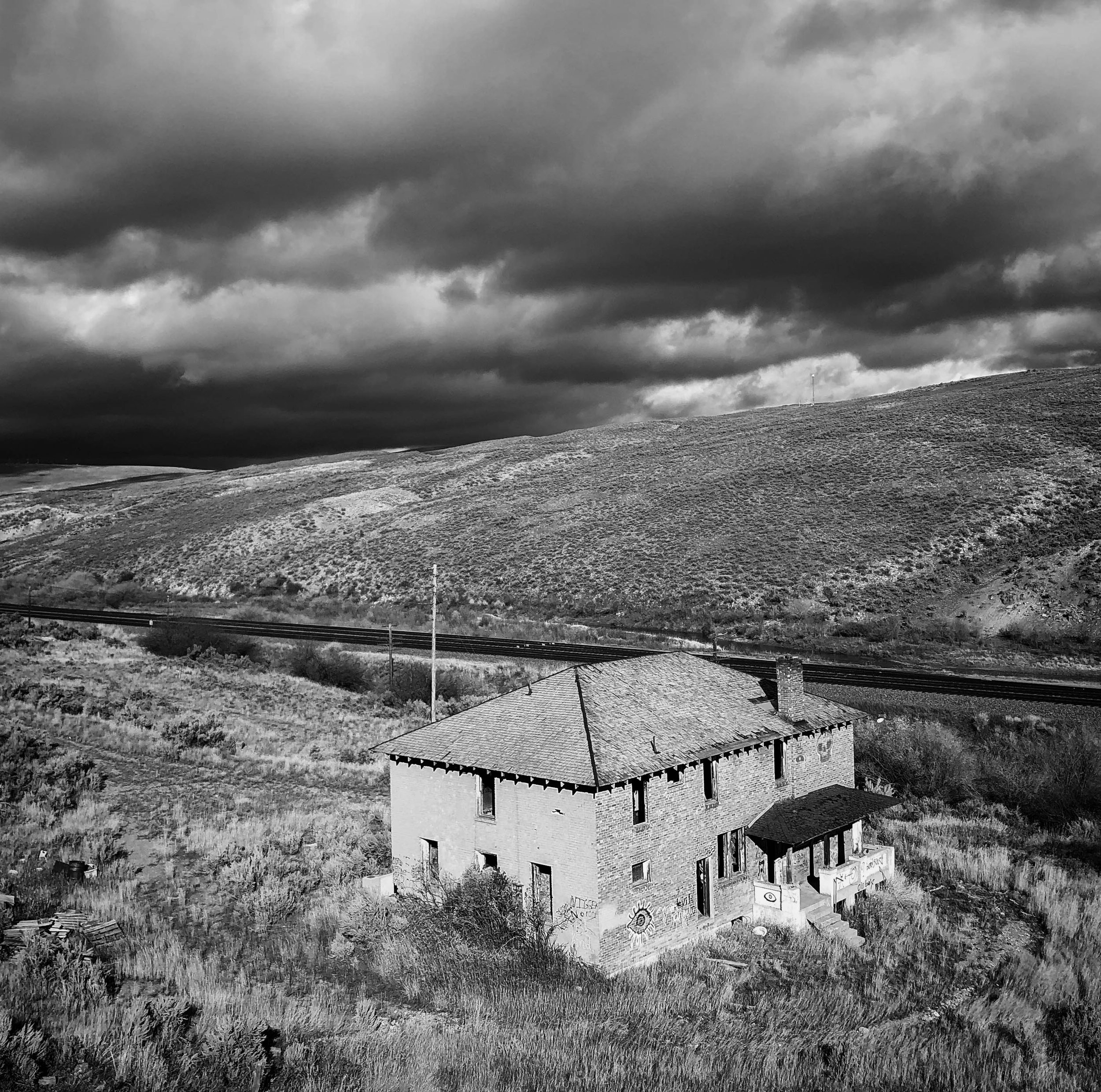

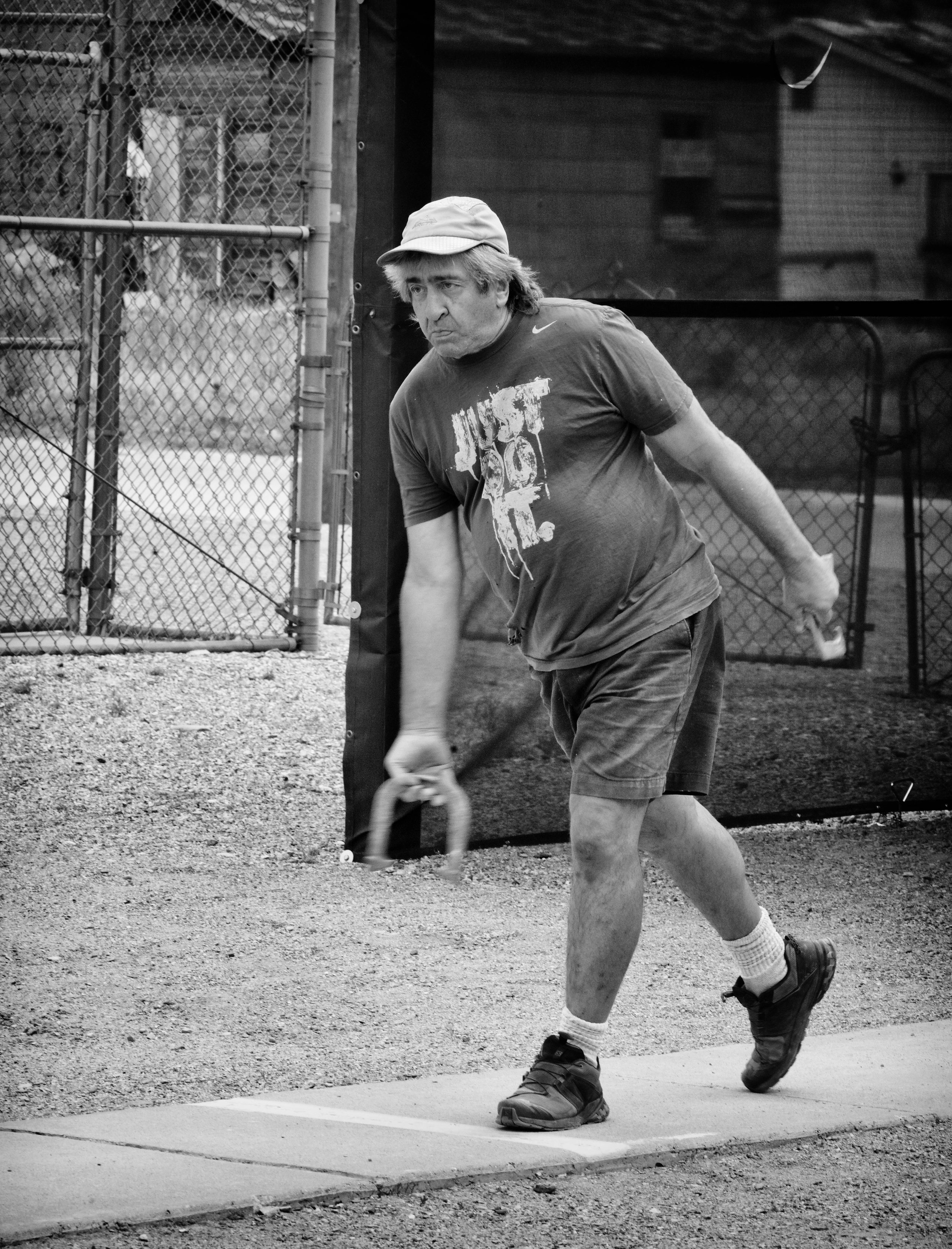
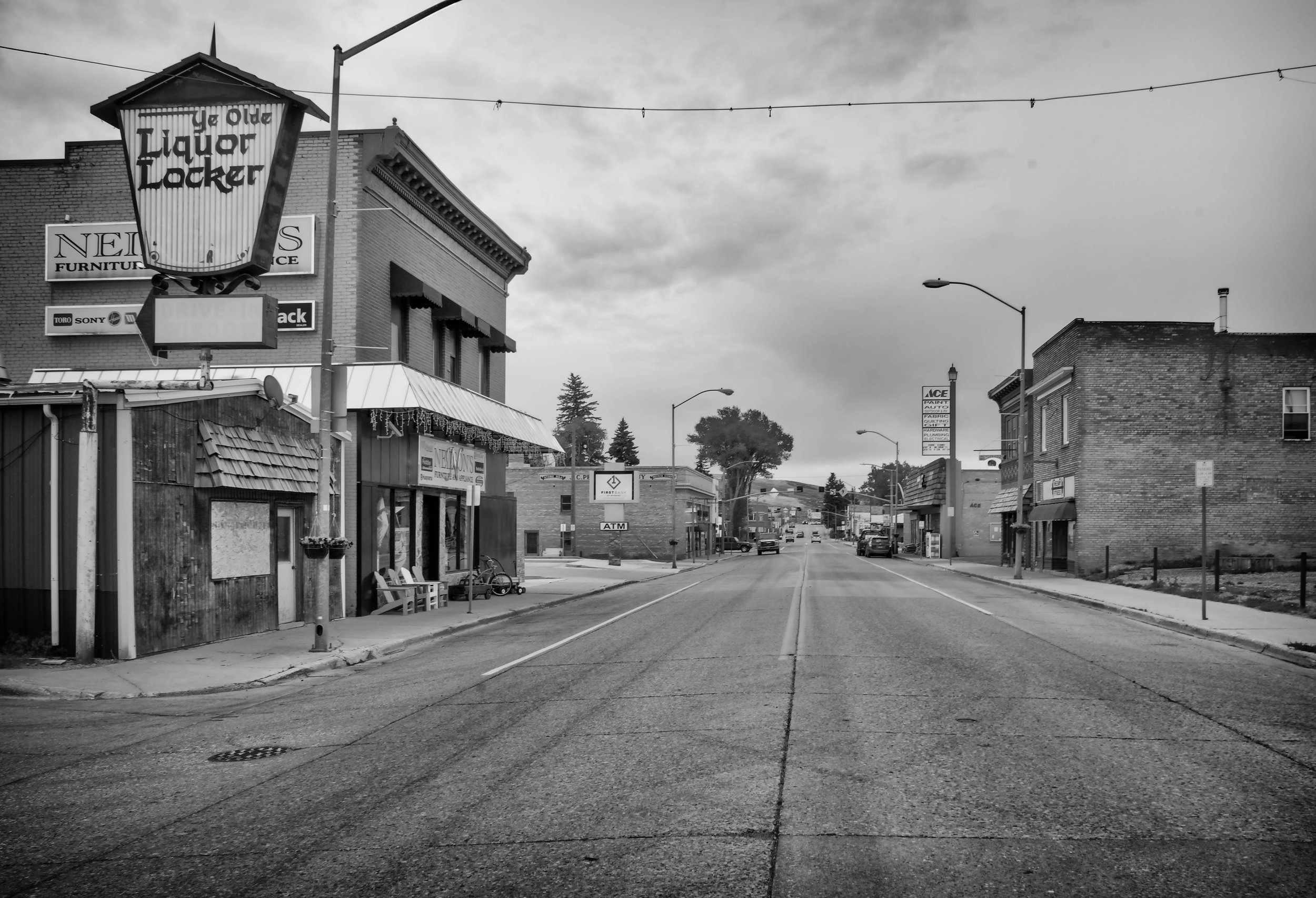
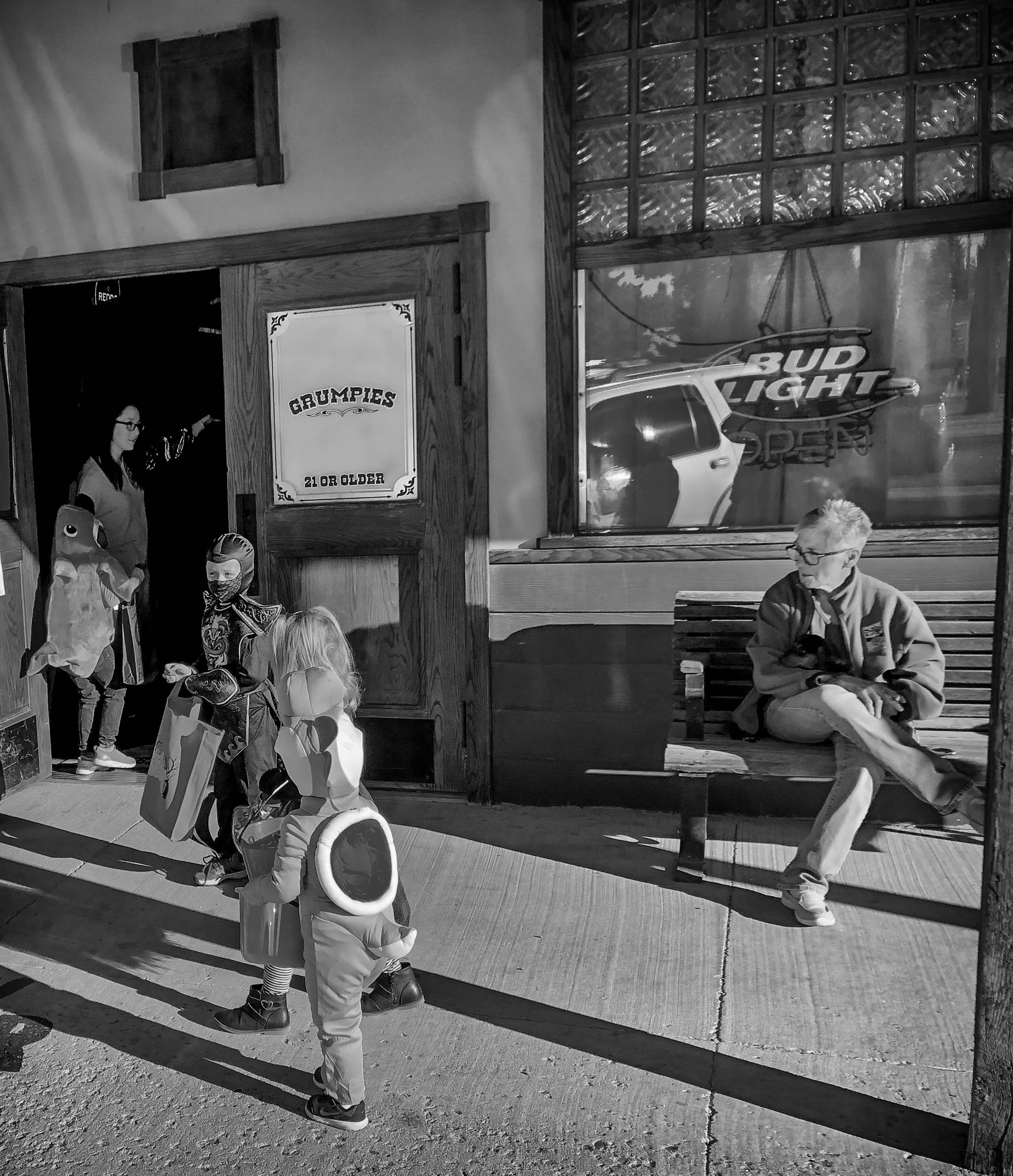
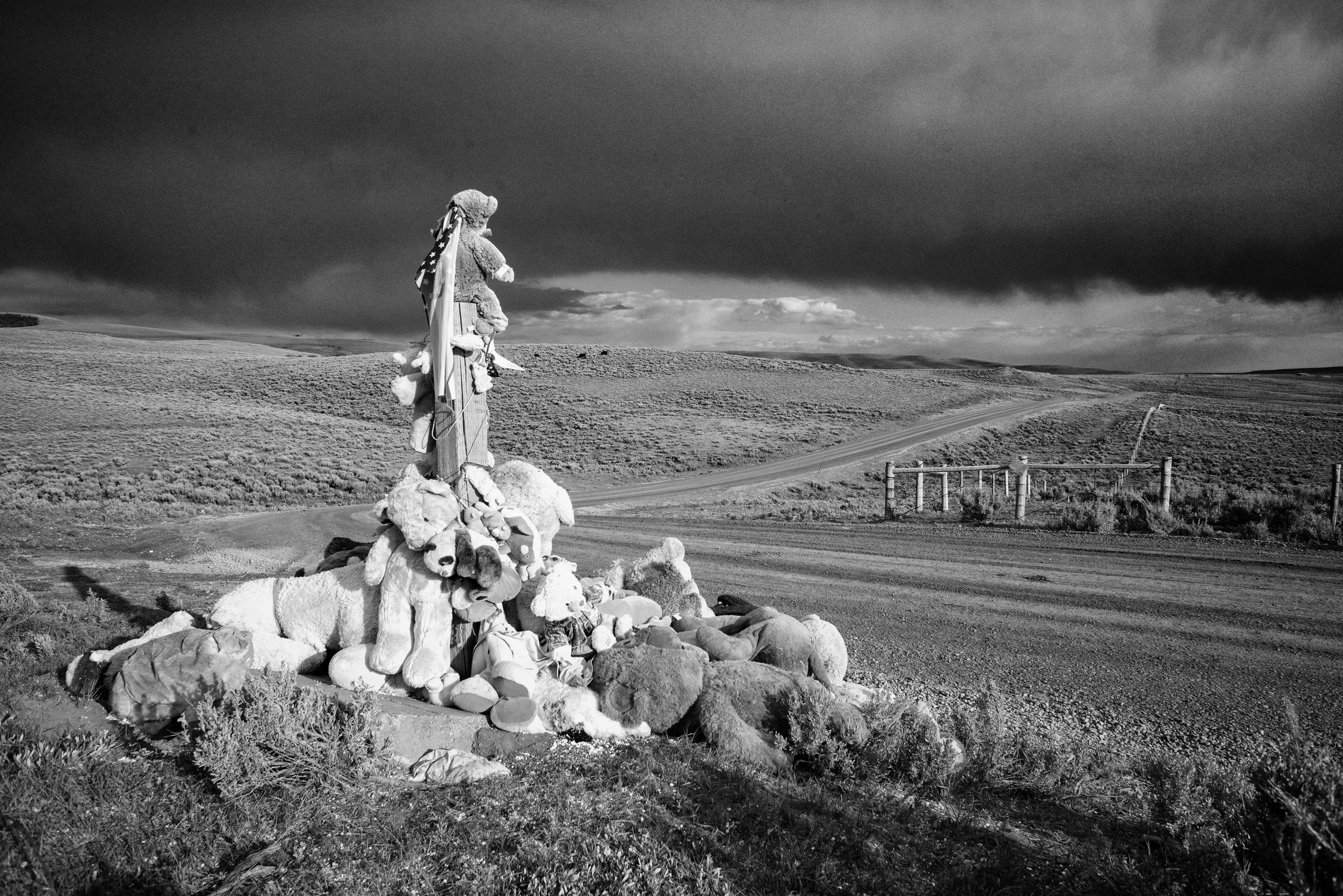
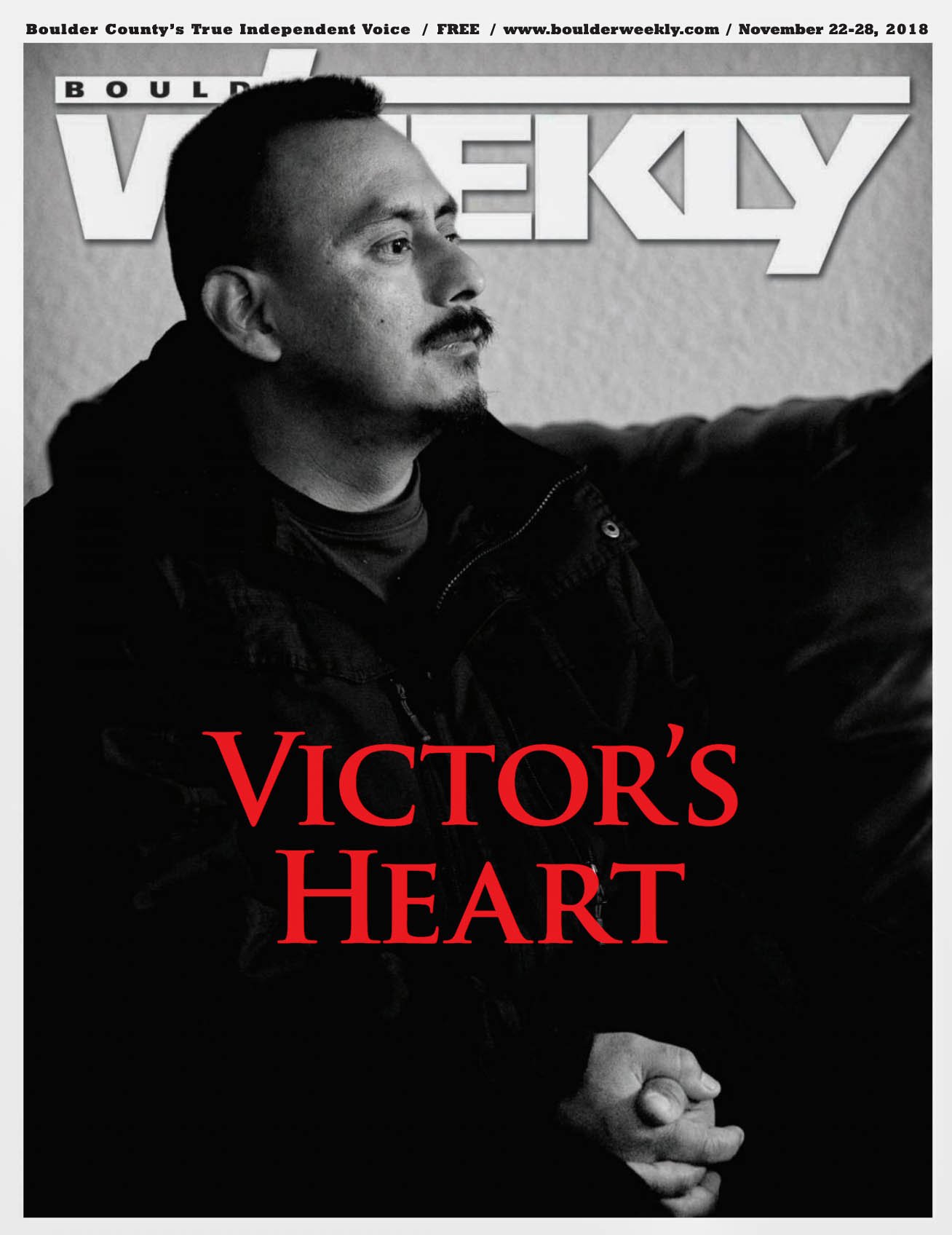
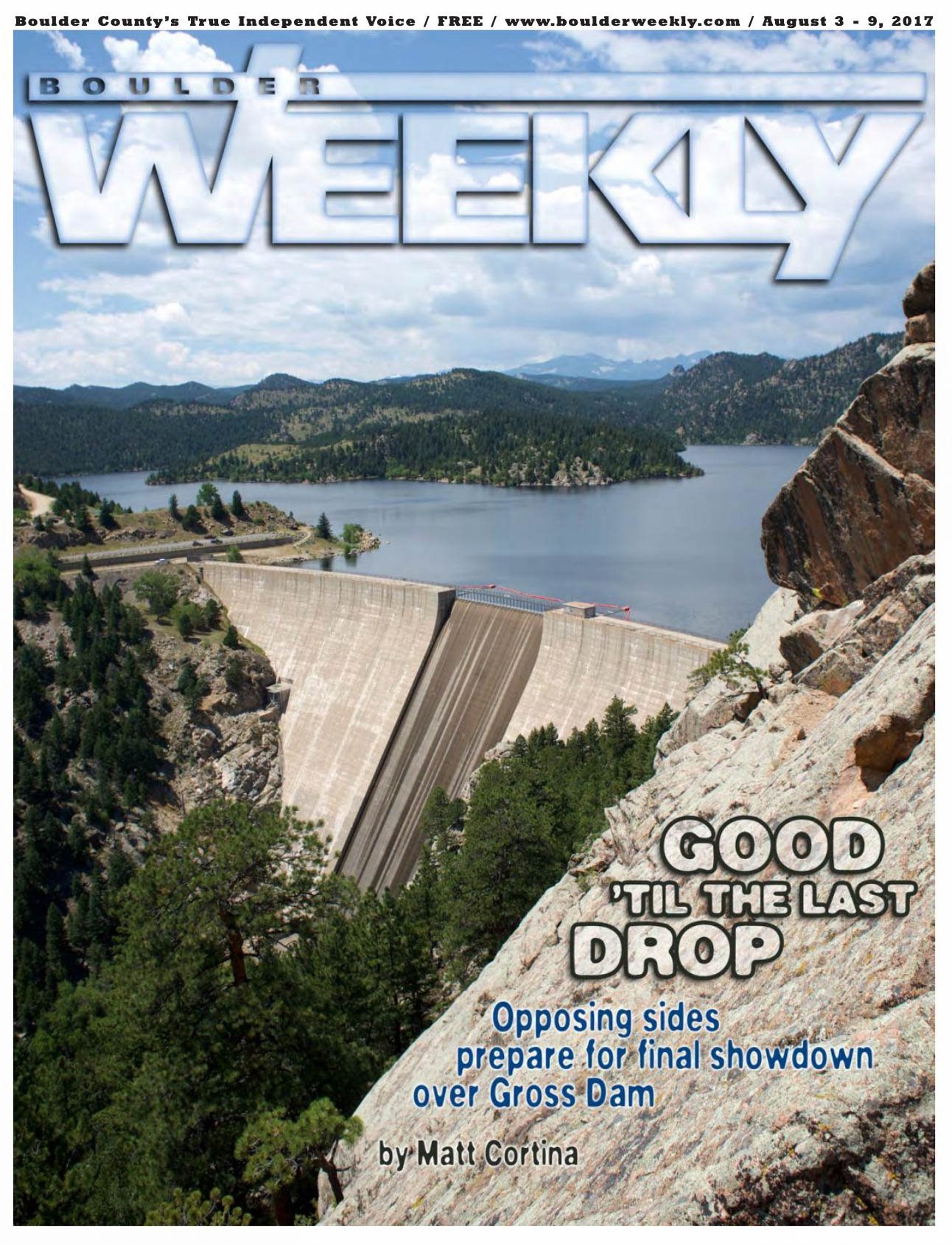
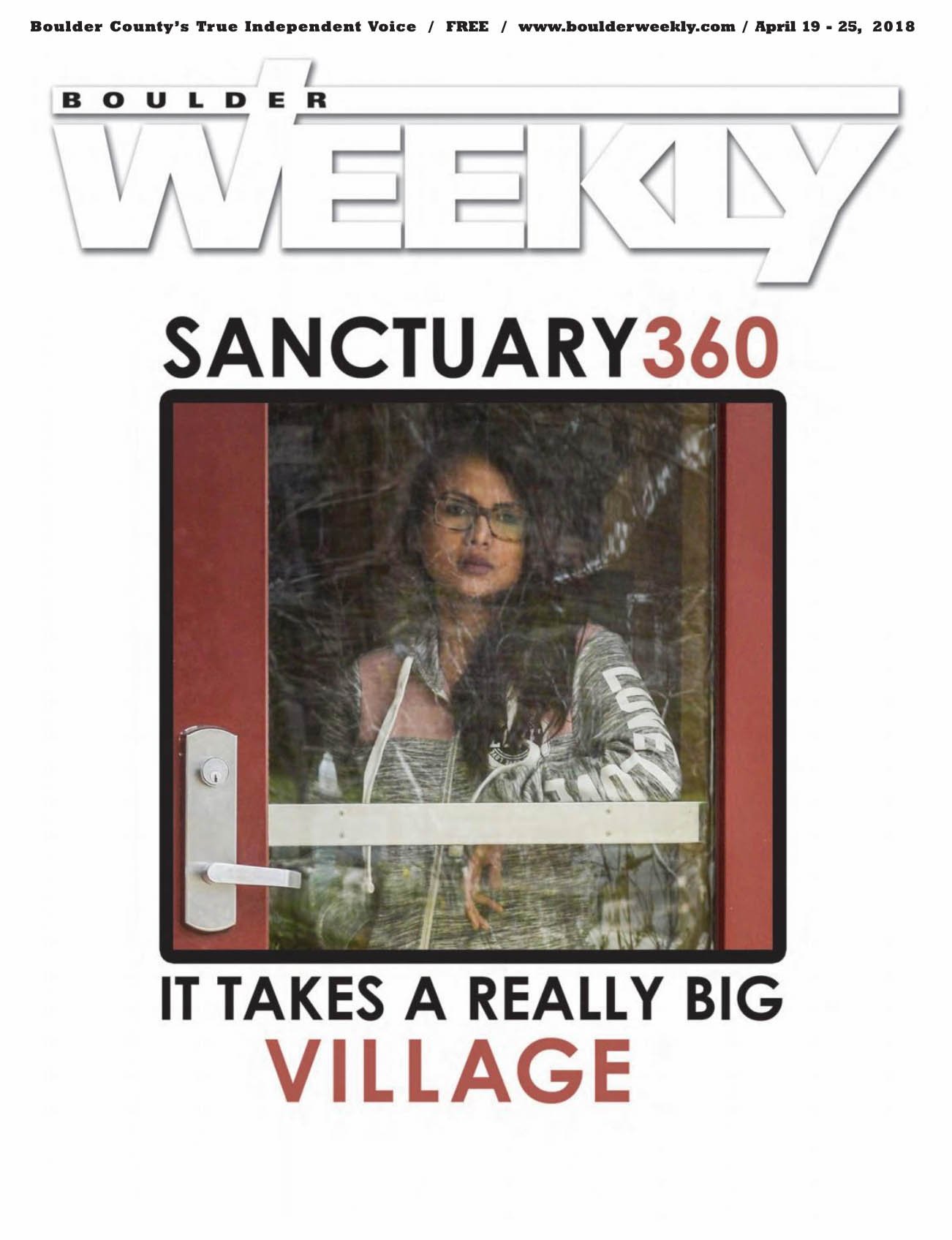

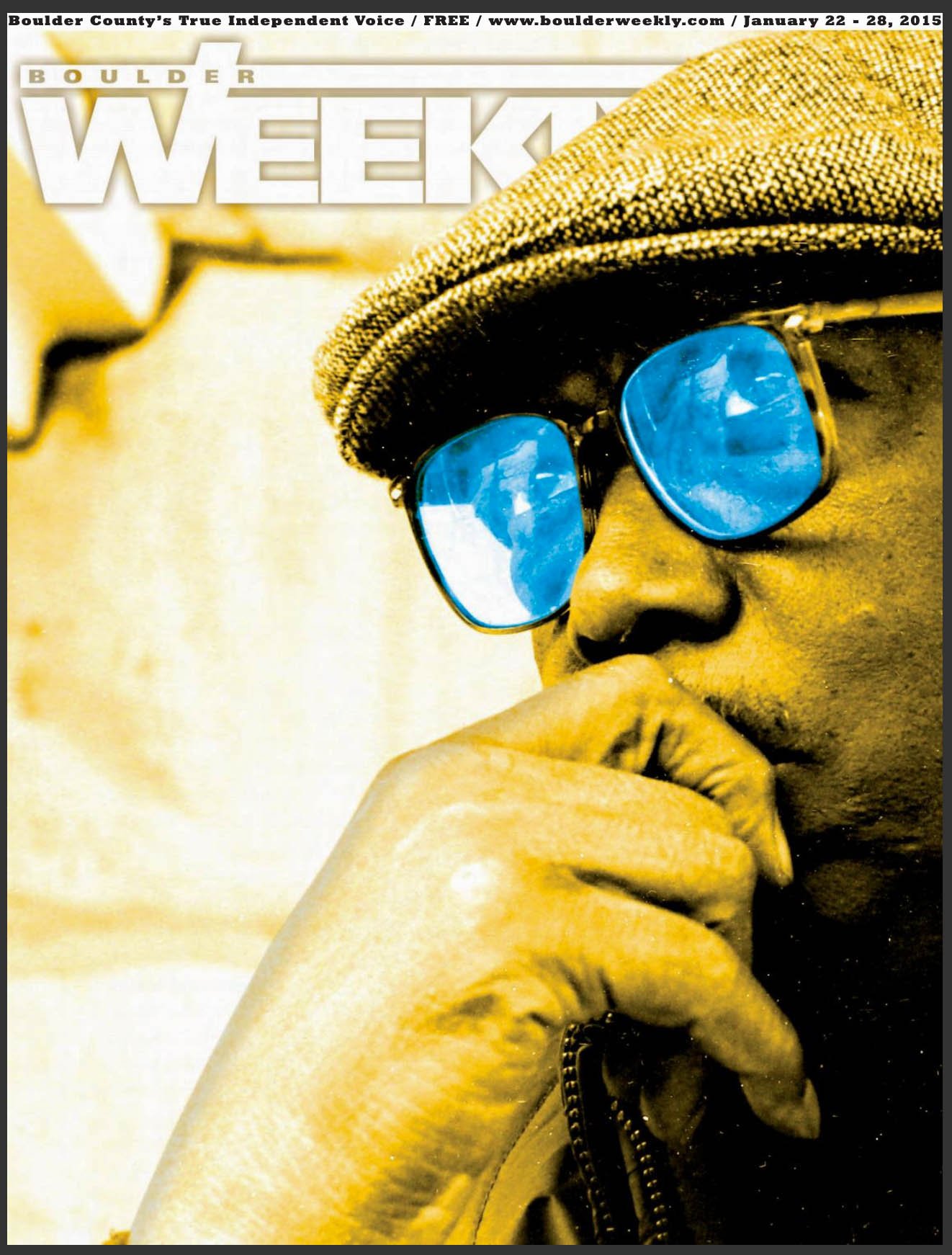
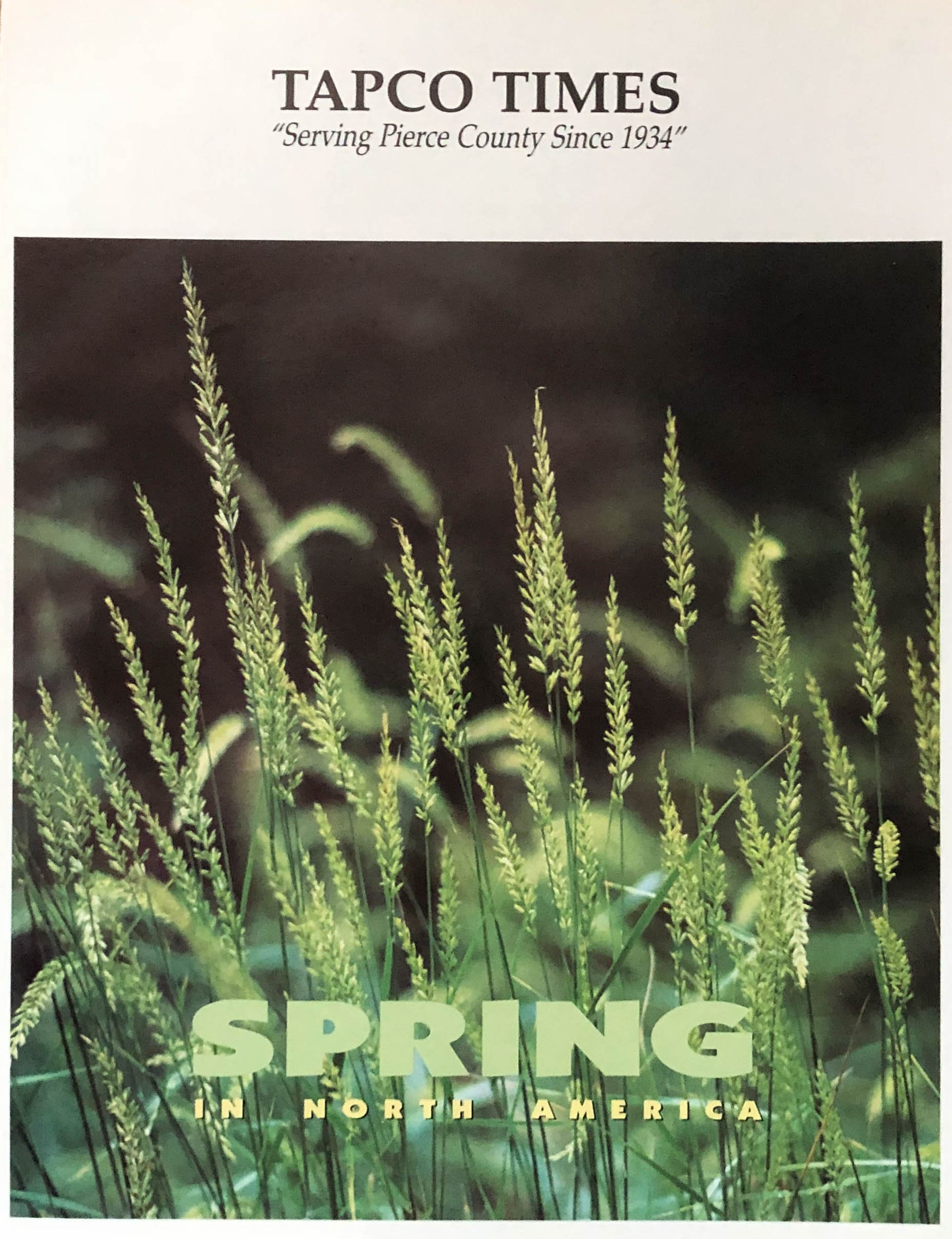

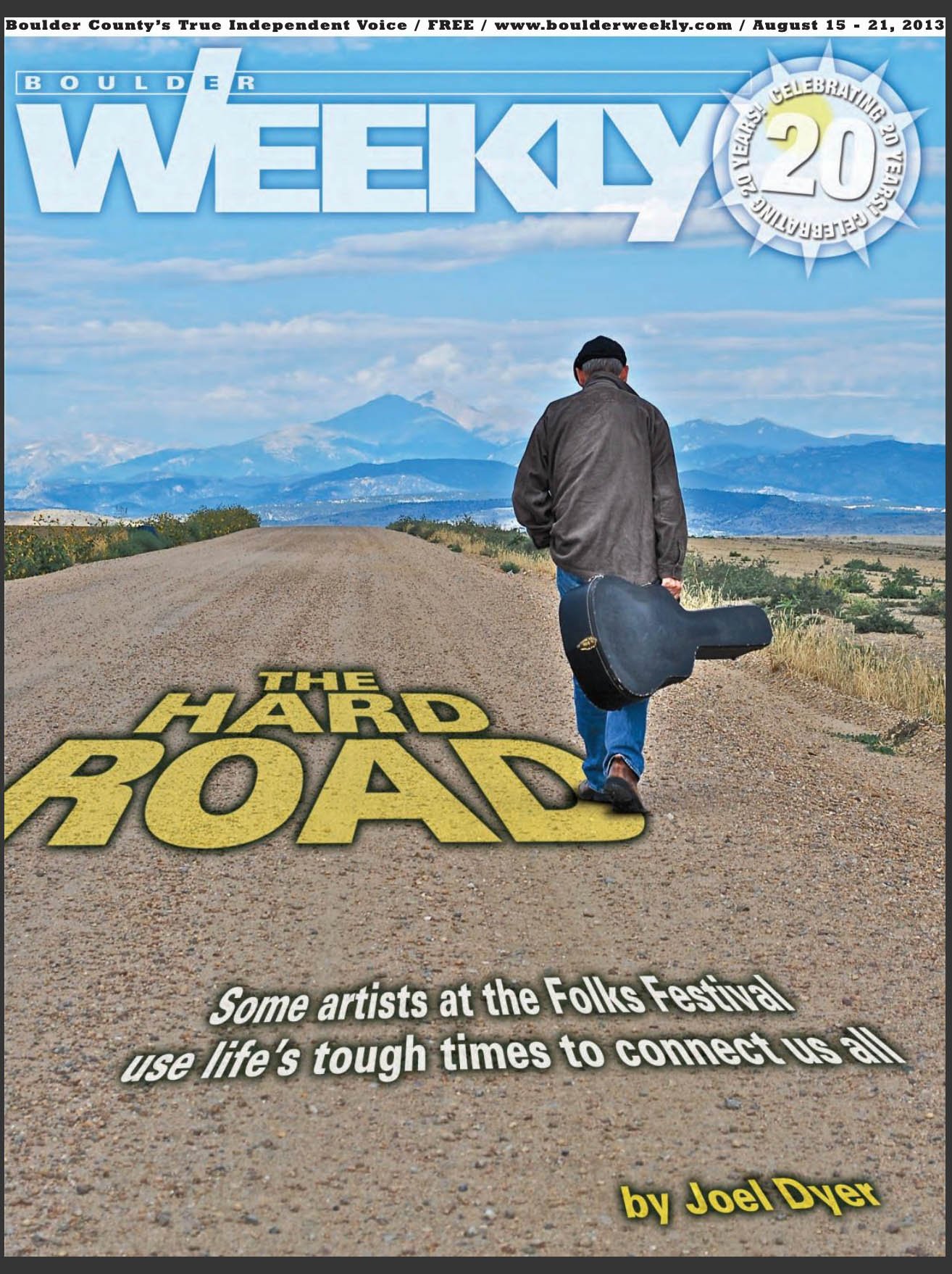
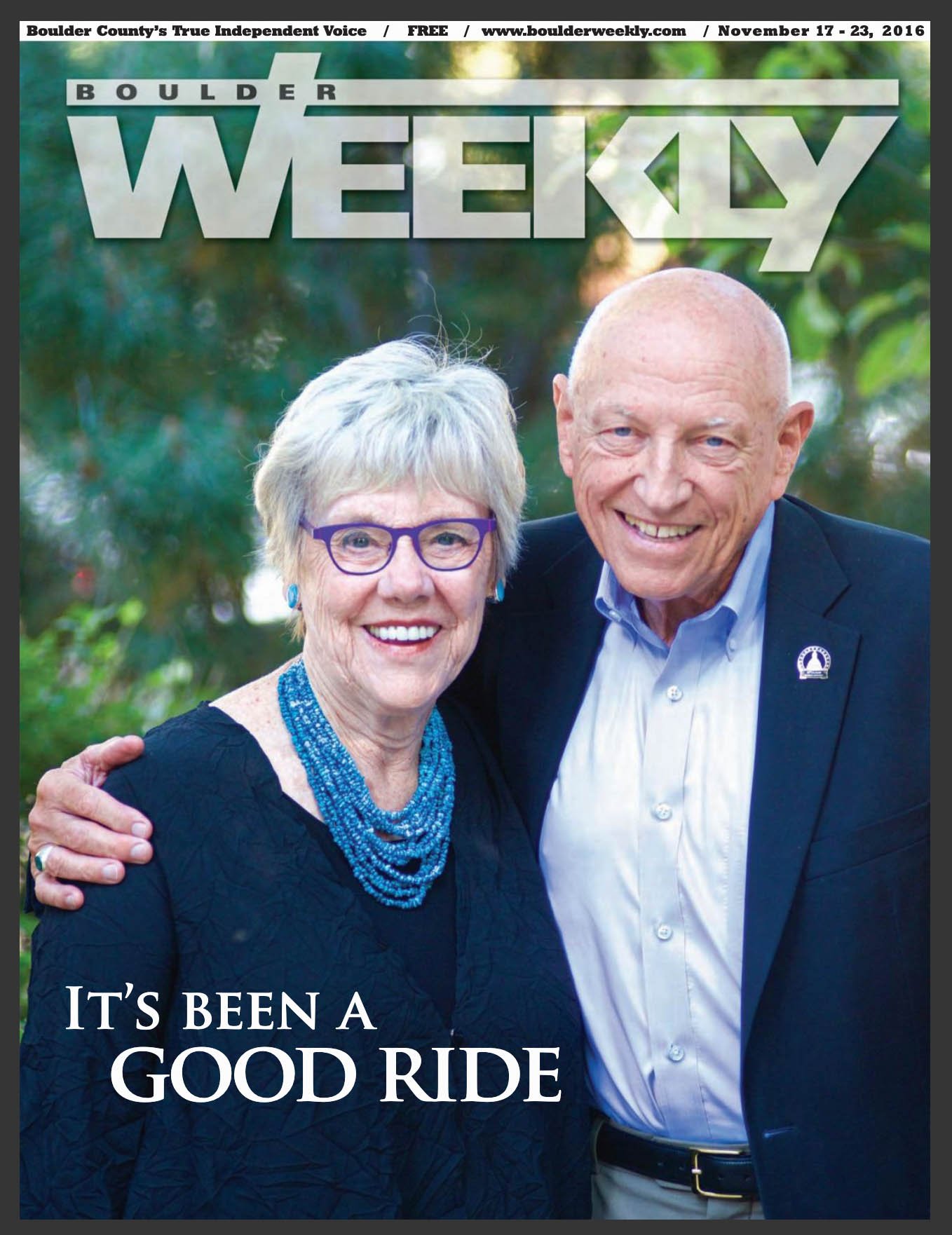
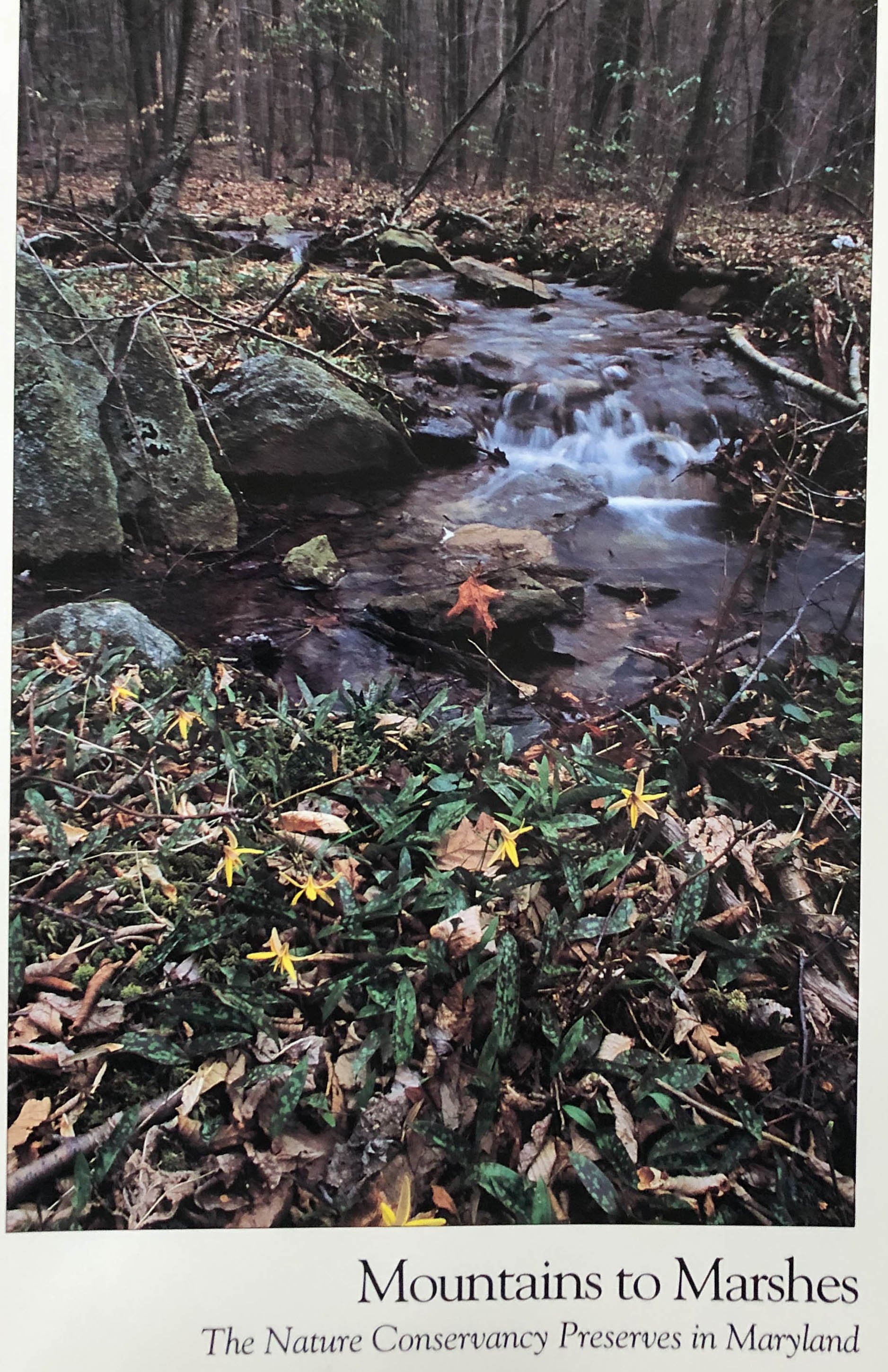


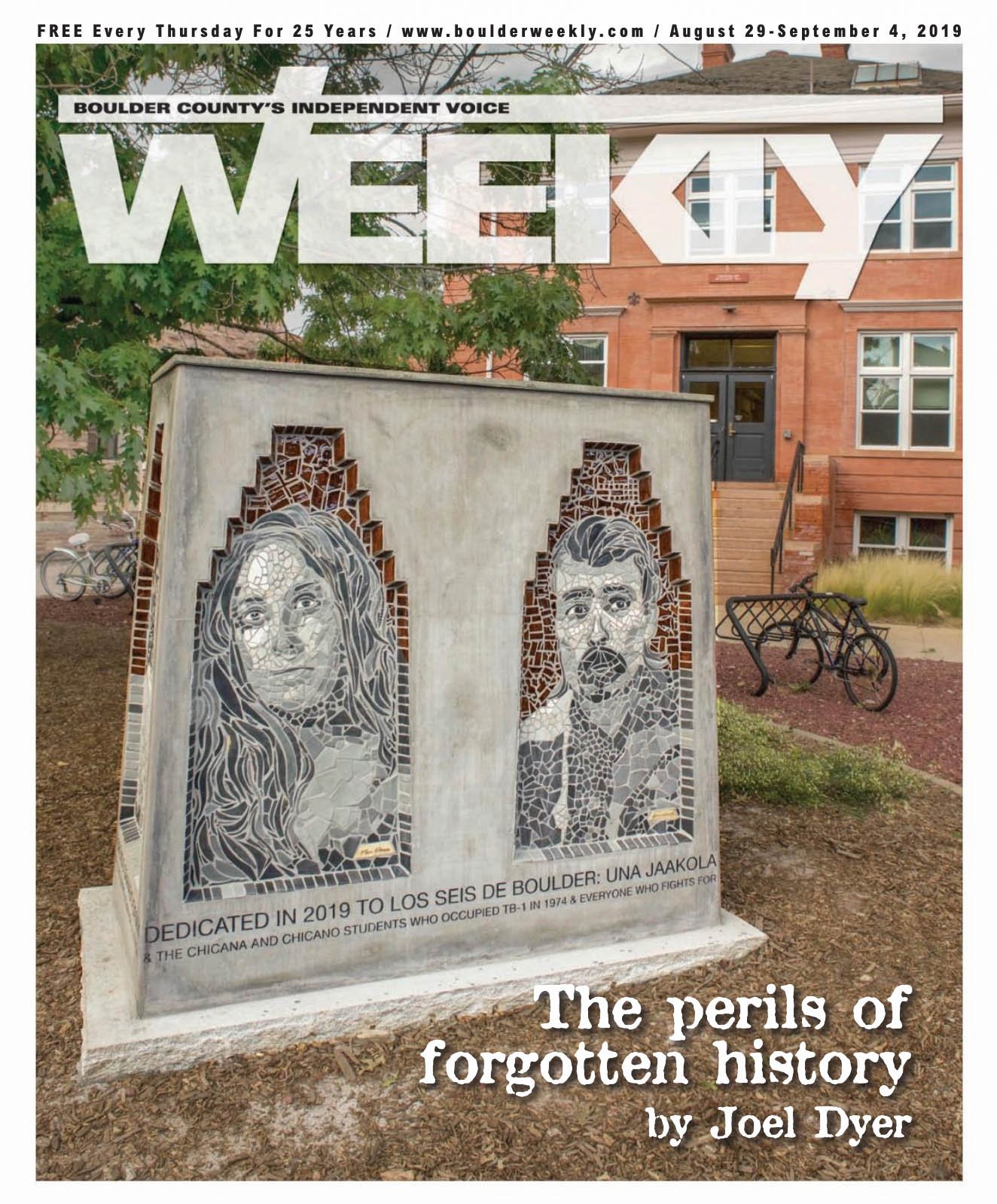

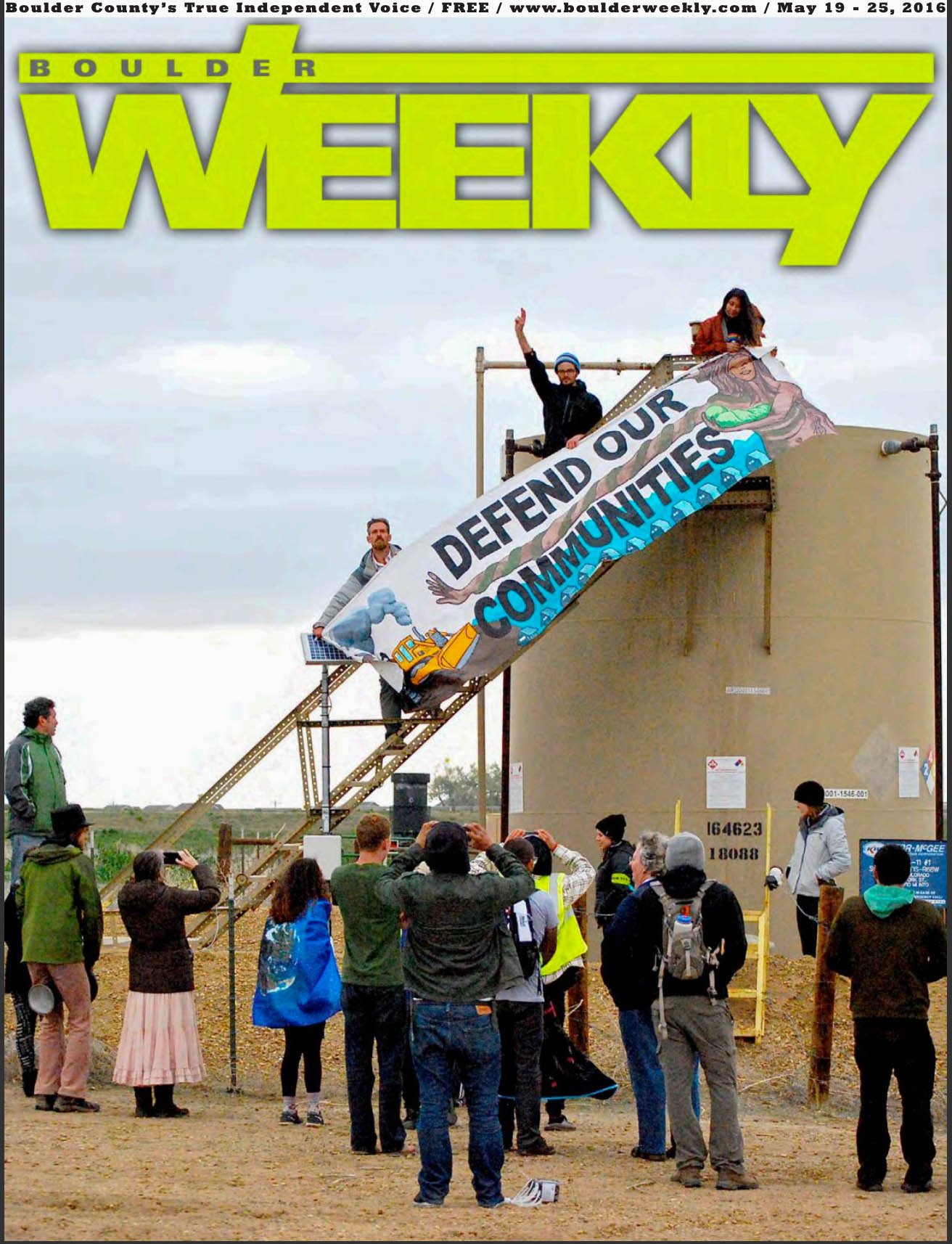
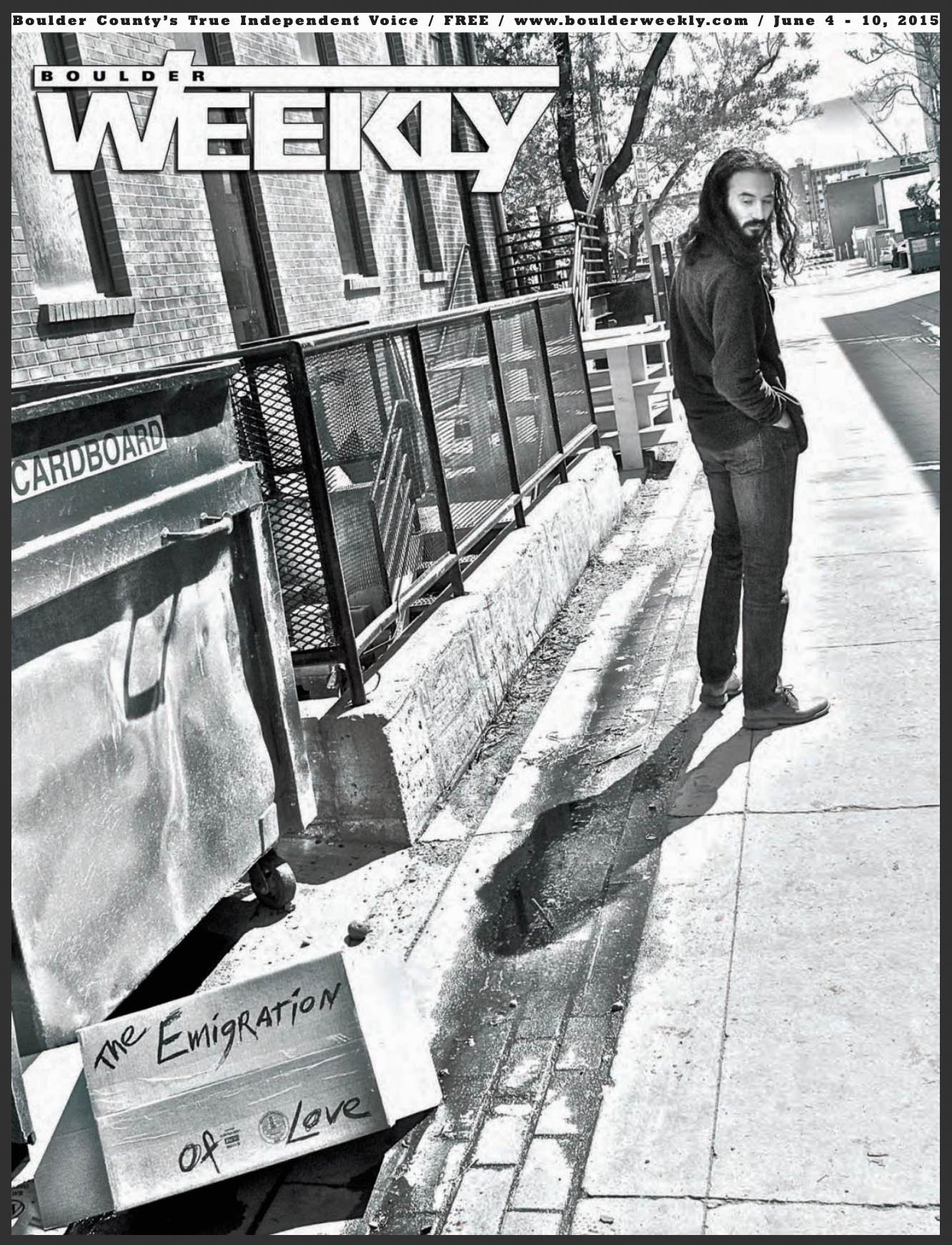

These are a few of the more bucolic scenes I photographed during the otherwise difficult and often violent Dakota Access Pipeline protest in 2016.
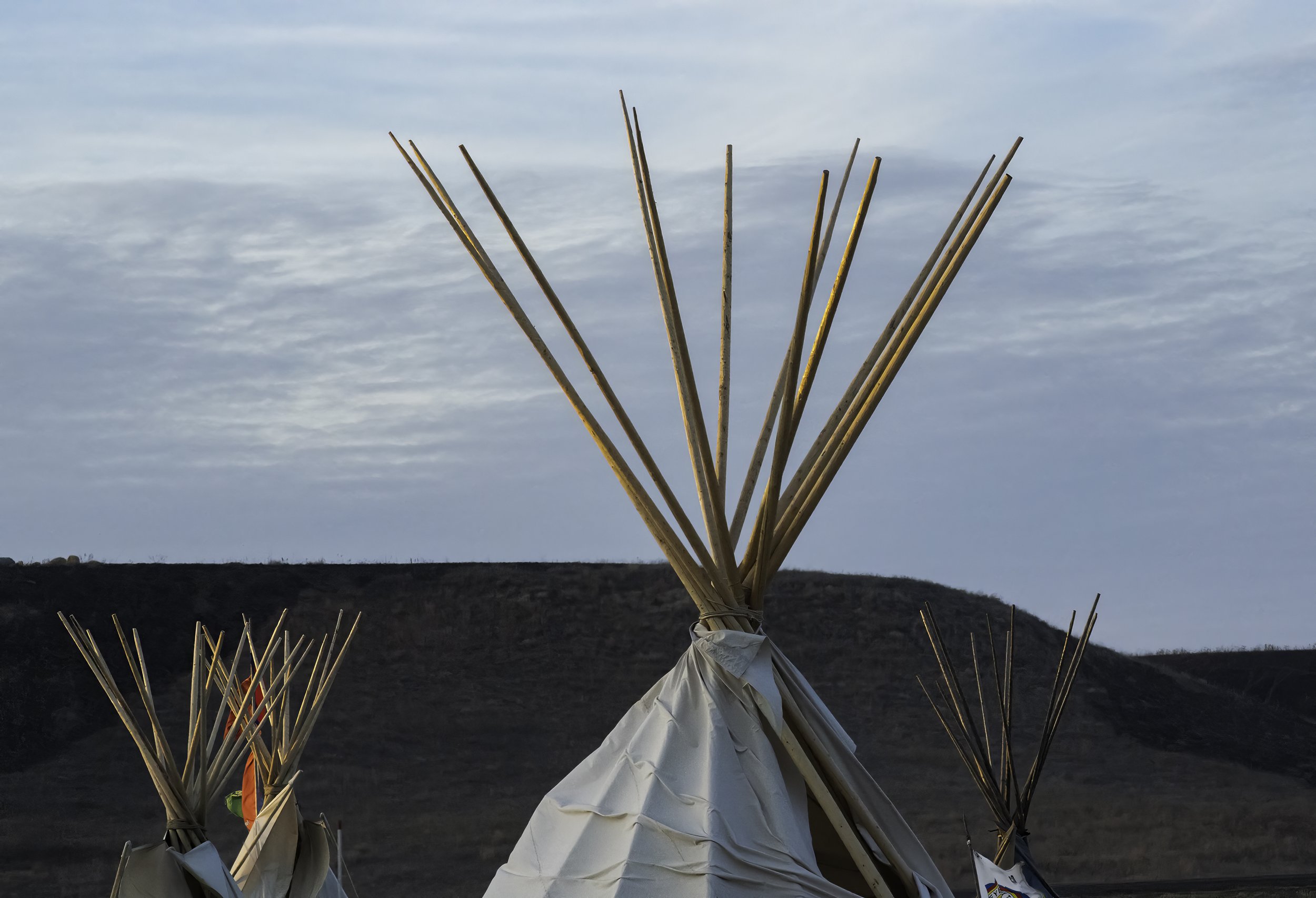


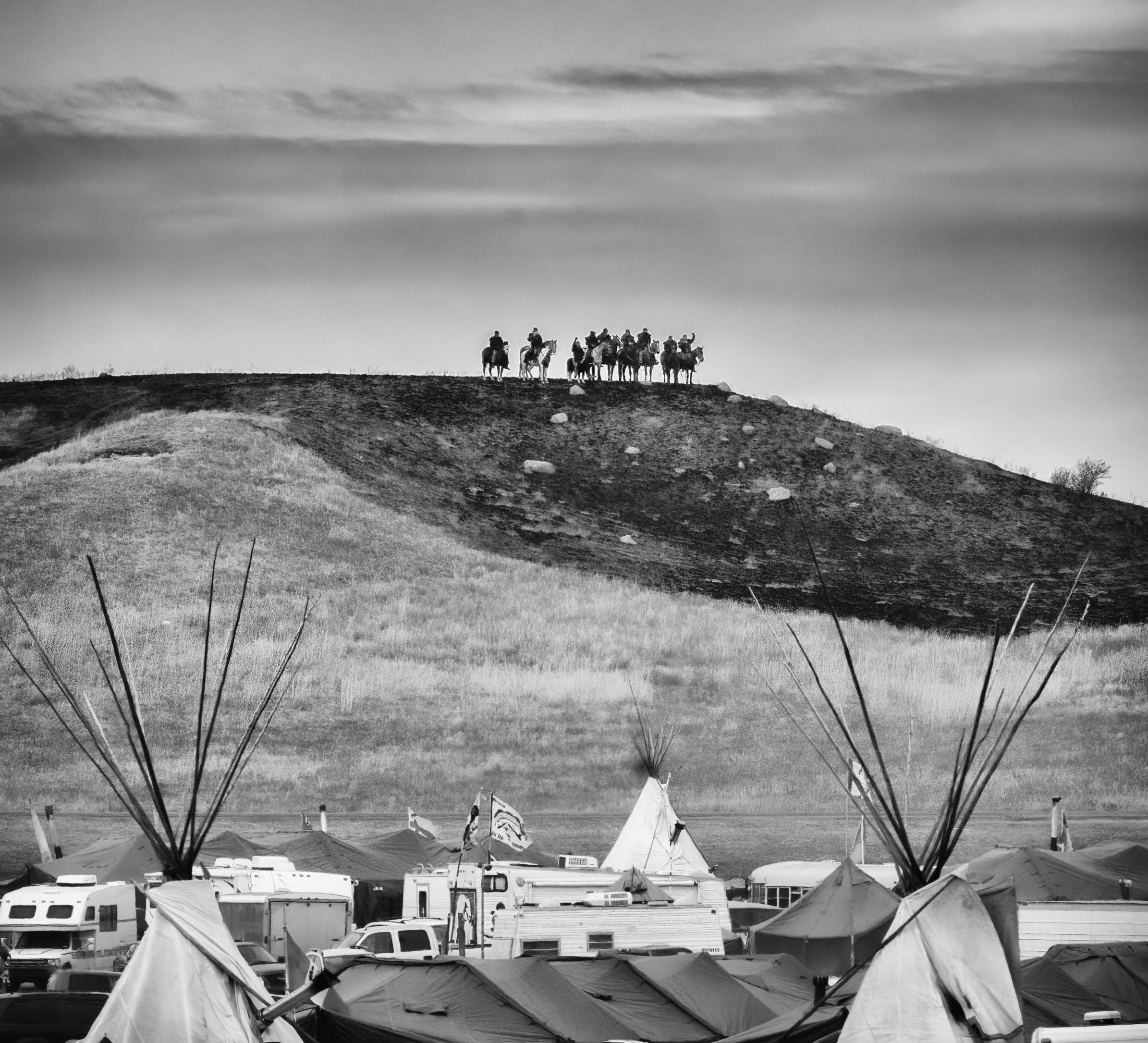
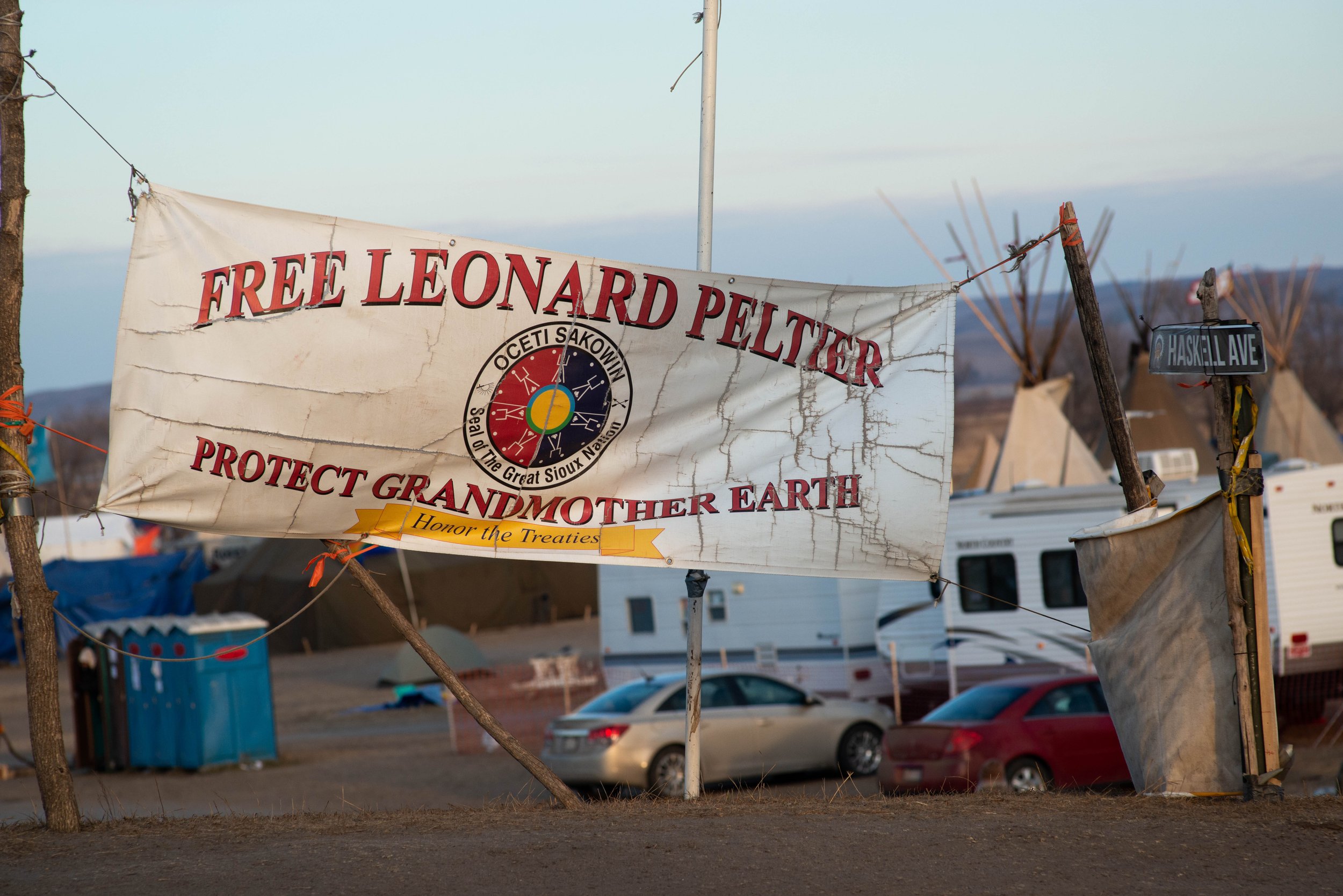
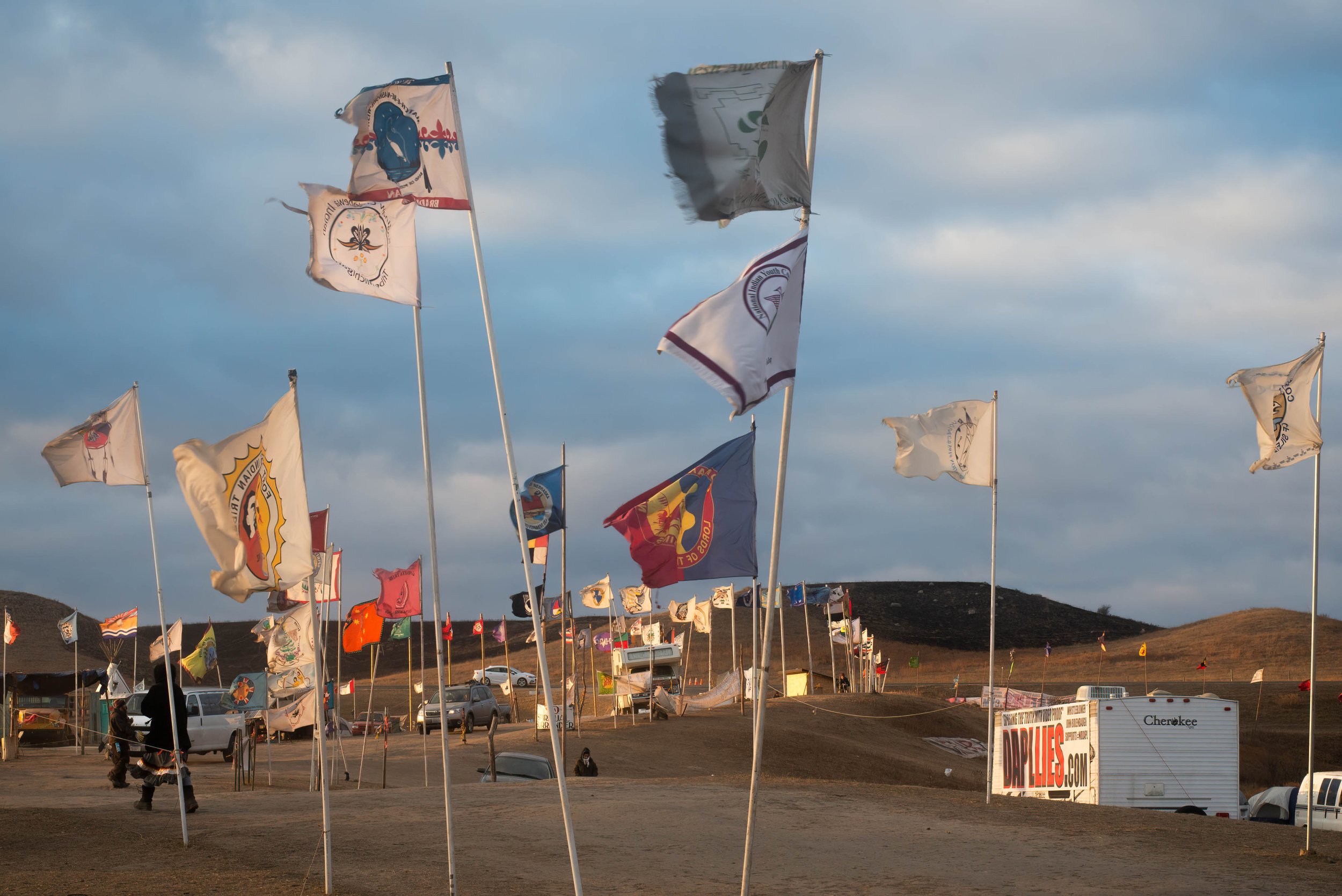
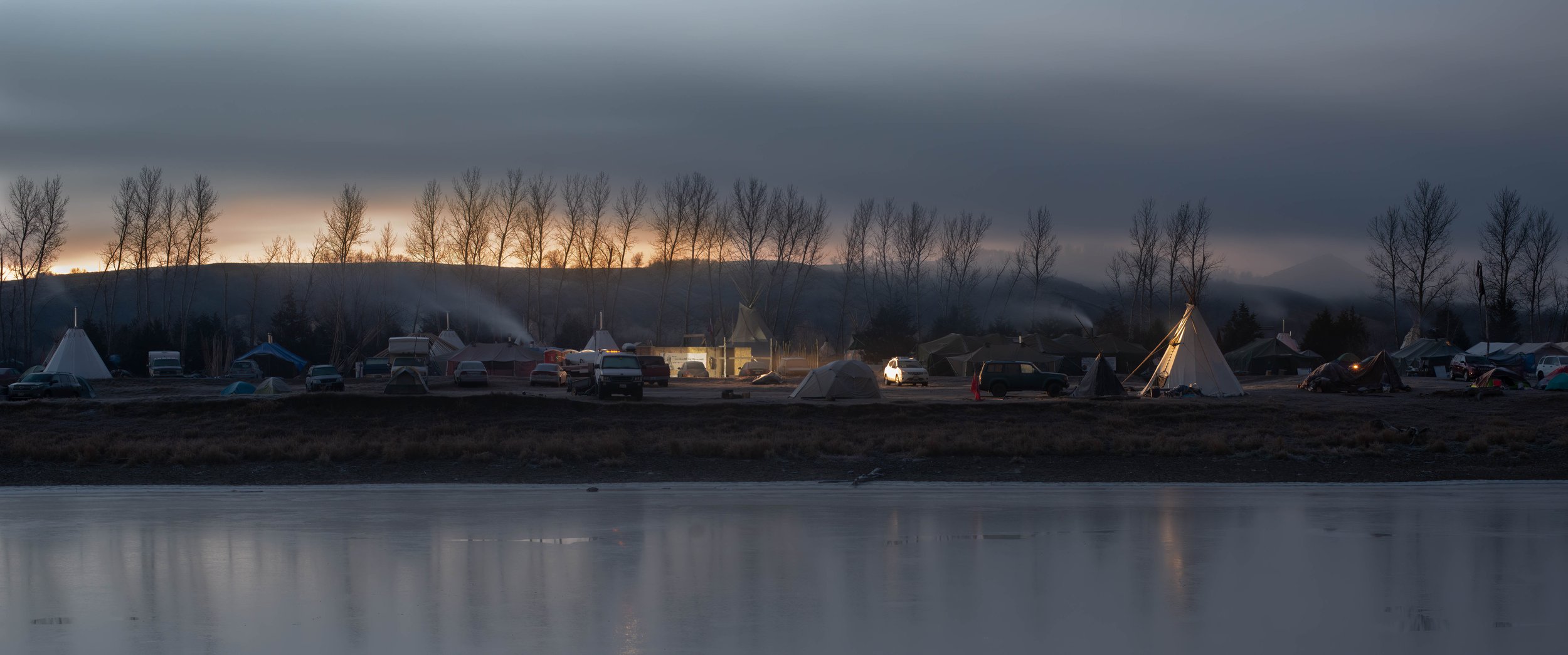
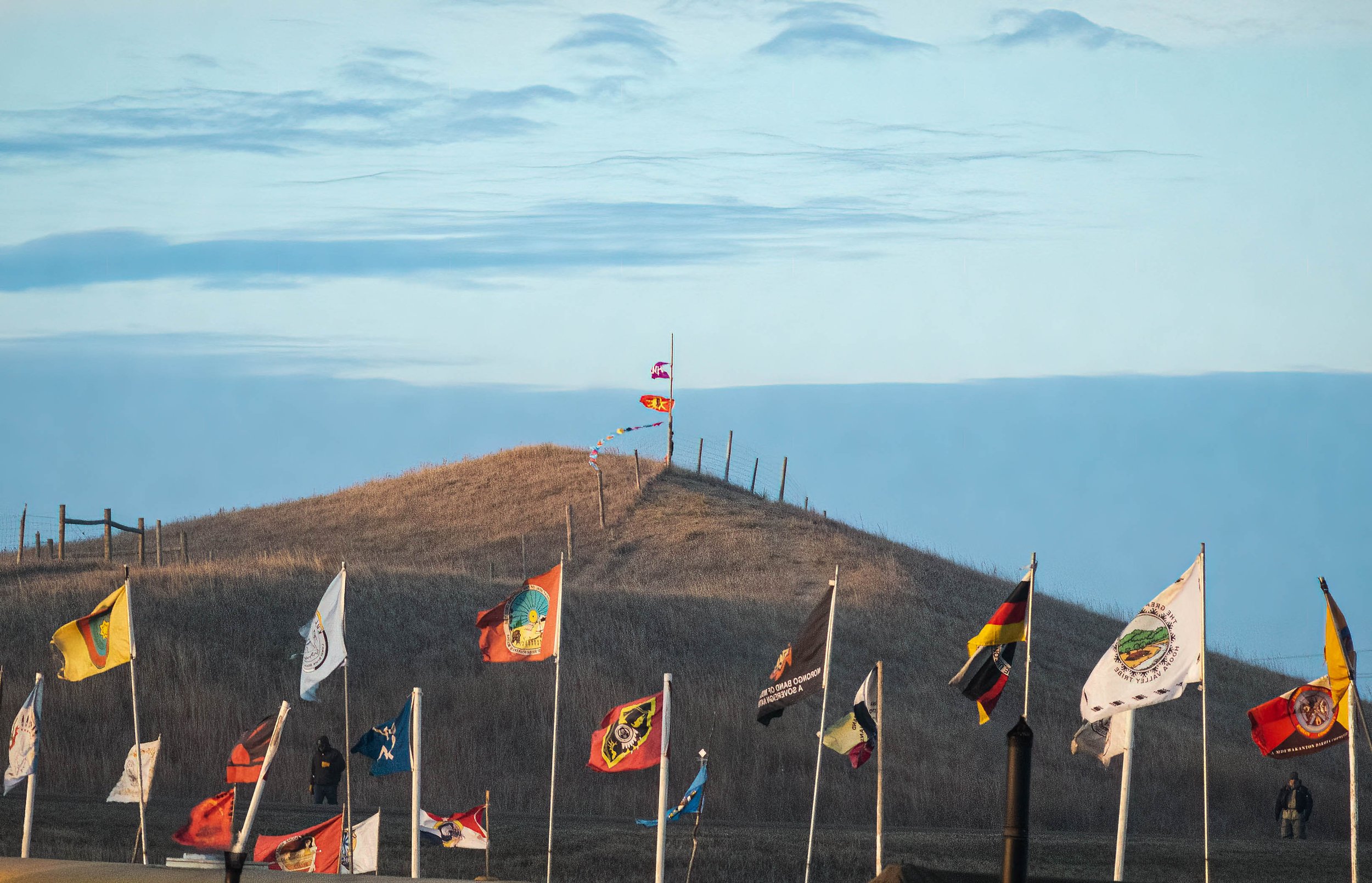
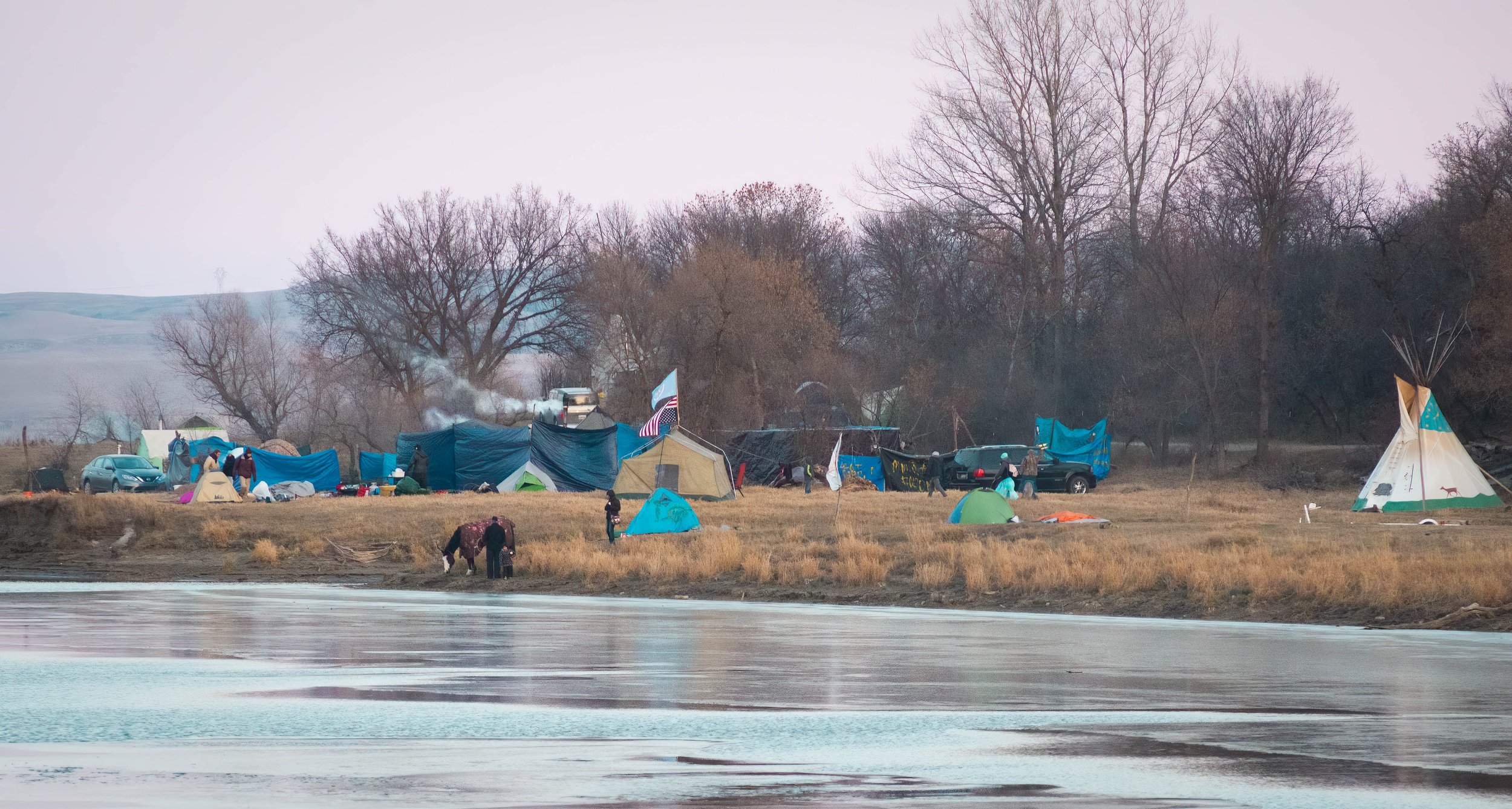
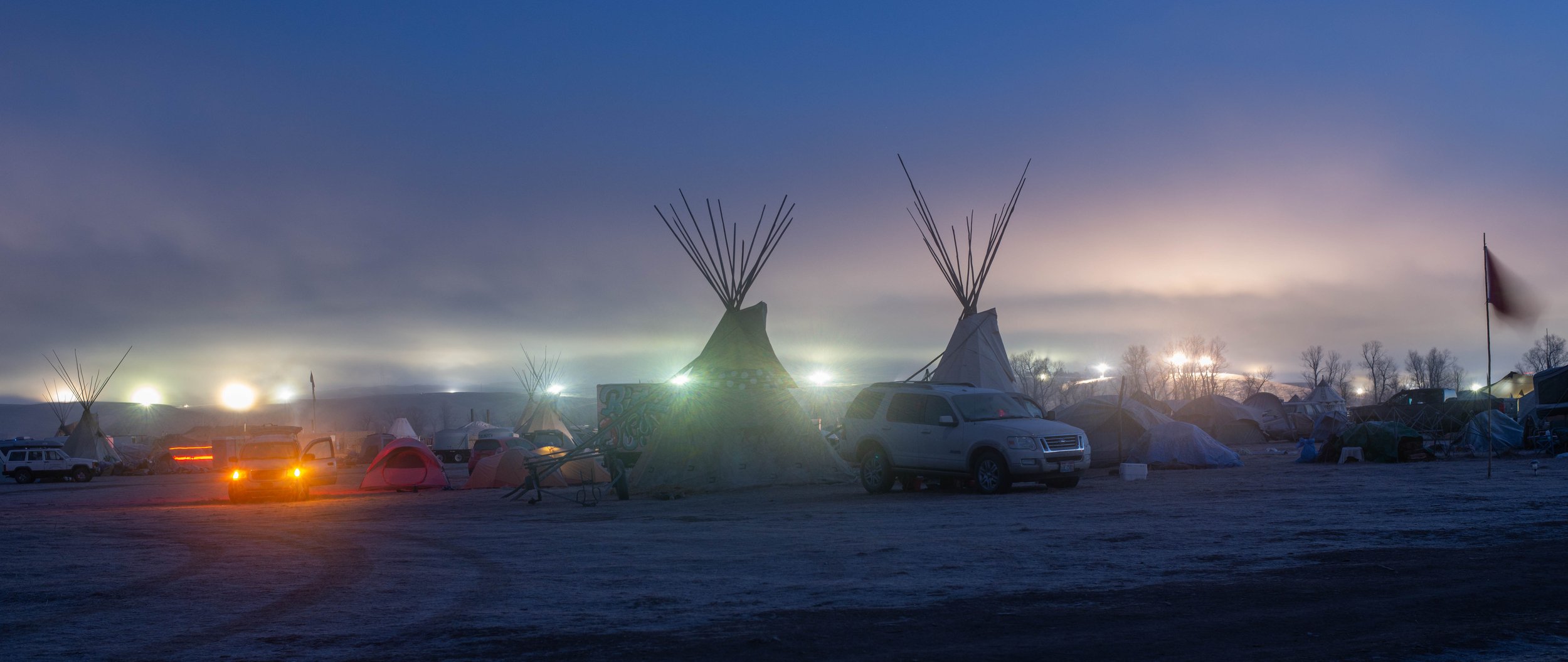

From a day of protest against new oil and gas drilling near an elementary school in Thornton, CO
